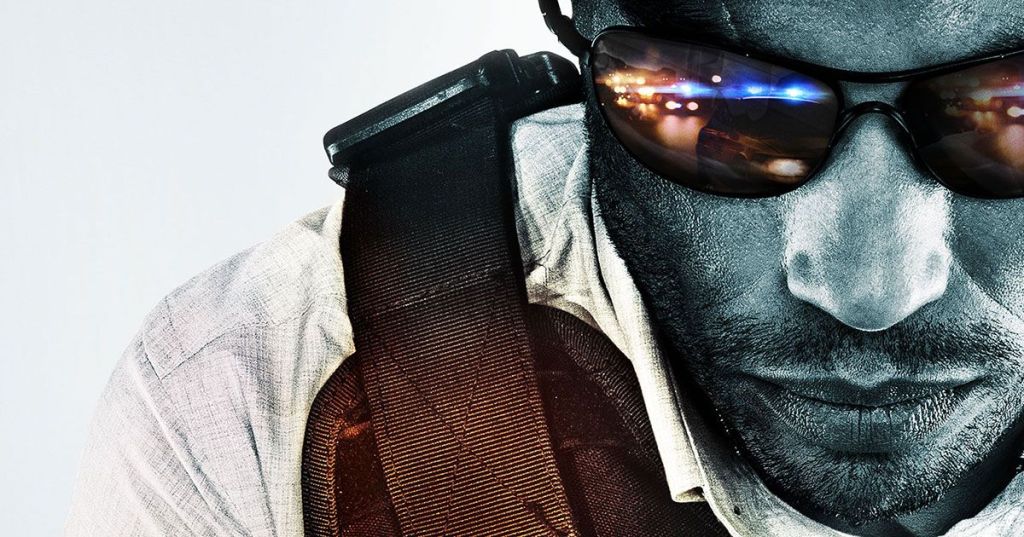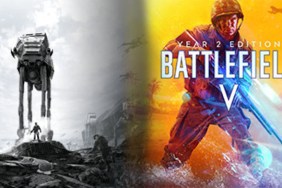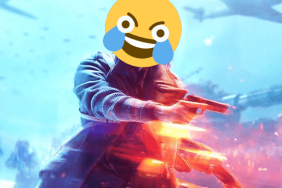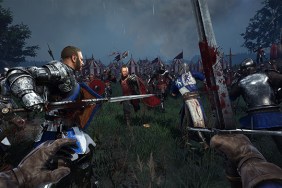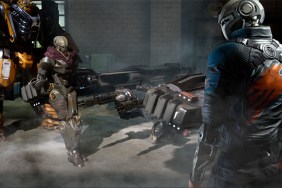Although Visceral Games has some experience with Battlefield in the form of DLC, Battlefield Hardline marks the first time the developer has created a new entry in the popular FPS franchise. It's also one of the few Visceral releases with a heavy emphasis on competitive multiplayer.
I recently sat down Thad Sasser, Battlefield Hardline's lead multiplayer designer, to discuss the challenges of developing multiplayer for such a recognizable series and how the cops vs. robbers structure influences the design process.
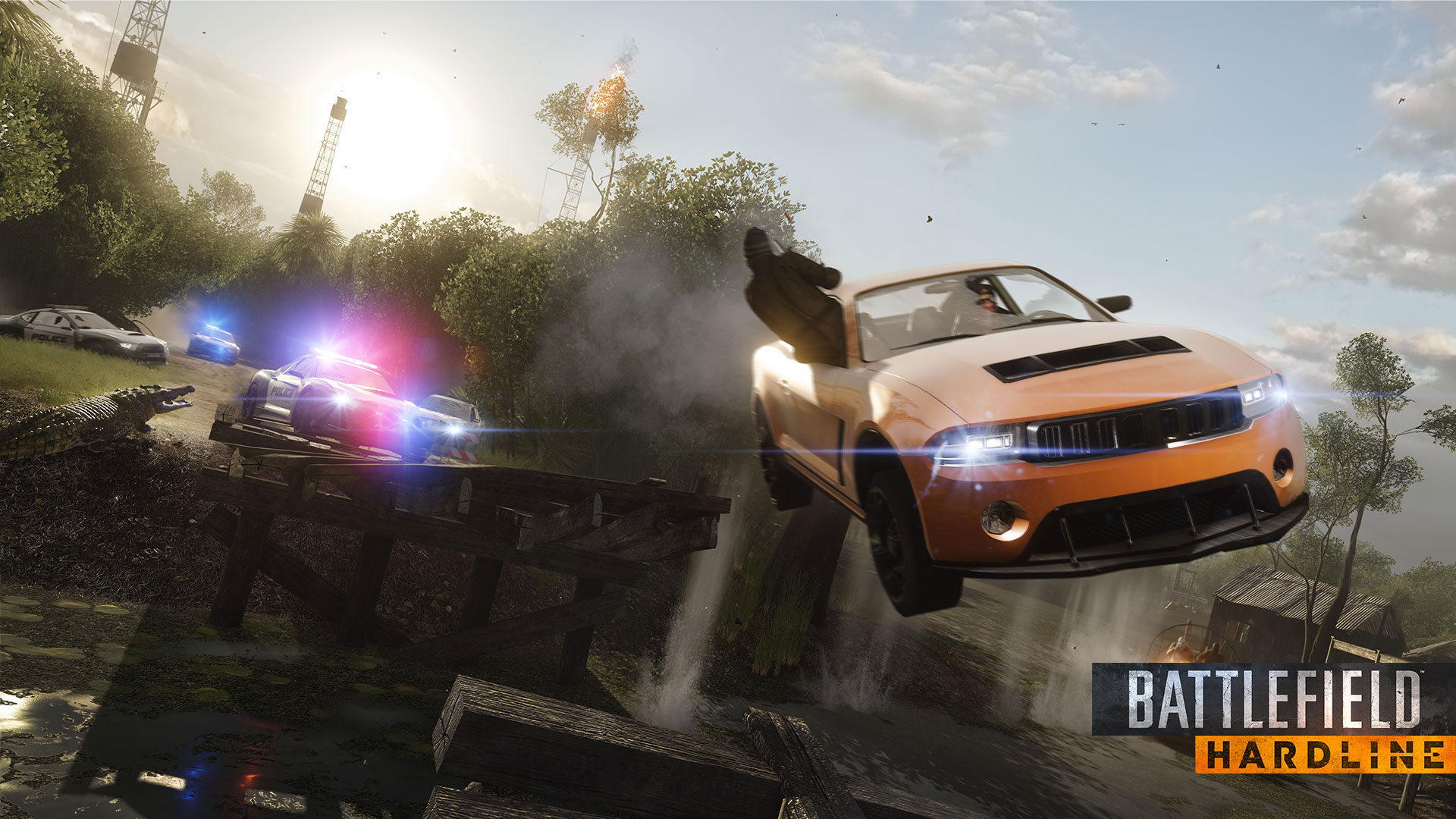
GameRevolution: This is the first time Visceral Games is working on a separate Battlefield entry along with DICE. How was the shift from games the company normally makes to a first-person shooter like Battlefield Hardline?
Thad Sasser: I think multiplayer and single-player games offer very different challenges when it comes to building content. Multiplayer is a highly iterative process, which means you build a small piece of it, then you change it, then you playtest it, and you get the feedback, and you change it. The quality of multiplayer really benefits from having more iterations. So the more quickly you can iterate, the more changes you can get in, the more feedback loops you can create, the better the game will be. So it was a real challenge for Visceral as a studio to go from the idea of creating single-player content to creating multiplayer content.
I think it's been a great growth opportunity for us. We got to collaborate with the people in Stockholm and Los Angeles at DICE and that's been instrumental. We also got an early chance to cut our teeth on the Battlefield 3 DLC “End Game,” so we actually got to work on the Battlefield franchise previous to working on Hardline. So all of those things came together and really helped inform the game development process.
GR: How much pressure did you guys feel in making your own mark on the series compared to the groundwork laid by DICE with the Battlefield series?
TS: That's something we've worked very hard on, trying to find our unique flavor and the vision of Hardline, and I think you can see the influence of the community feedback in the final product as well. If you look at differences between the first beta and the second beta, there are some striking differences, primarily in response to some of the feedback we got from the community. So things like removing explosives from classes or off of vehicles, these are directly driven by feedback we heard on the previous beta.
GR: There are a lot of new multiplayer modes in Hardline compared to previous games. You still have Team Deathmatch and Conquest in there, but there are also additional modes like Hotwire, Heist, and Blood Money. Why include so many modes instead of focusing on the core ones and improving them?
TS: One of the big criticisms we got in the first beta was that the cops and robbers flavor wasn't strong enough, that it felt too much like a military version of Battlefield. One of the primary ways to deliver that kind of fantasy, that kind of experience, is through the game modes. You think about the aspirations of cops and criminals in a Hollywood setting, it's kind of like, “I want to rob a bank.” Well okay, that's what Heist is about. “I want to steal money.” That's what Blood Money is about. We took little slices of real life or things people wanted to see, realized them in a video game from Hollywood, and tried to deliver those through the game modes.
So things like Hotwire, a high speed pursuit: that's something you see all the time, it's a really cool fantasy. How do you realize that? Well you can't really do it in Conquest, it doesn't promote that in the same way. So we developed a mode around the idea of a high speed pursuit.
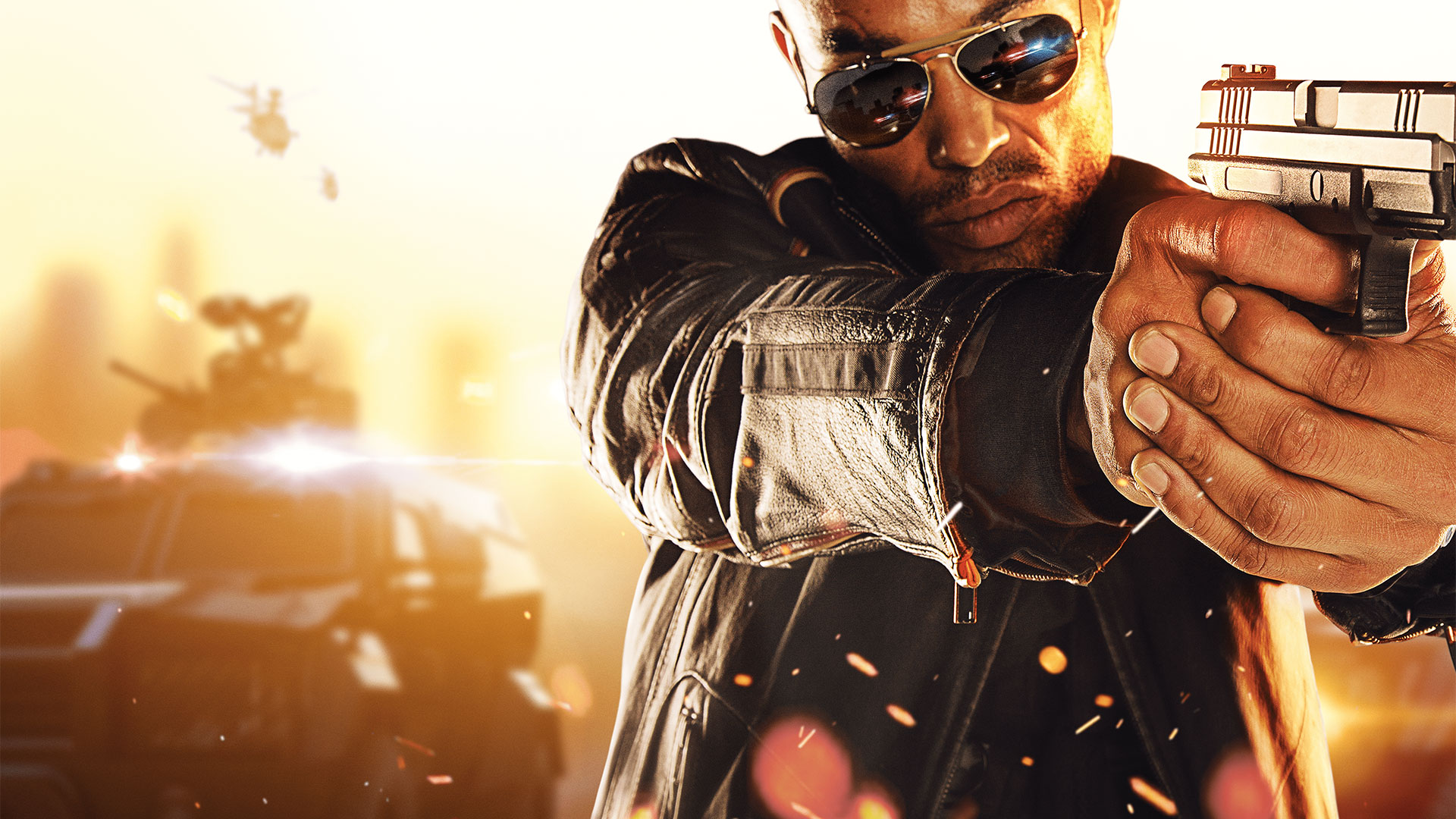
GR: Battlefield Hardline includes two new modes – Crosshair and Rescue – that focus on the competitive/esports scene. How did you guys try to differ those to make them more competitive when the rest of the modes are also inherently competitive?
TS: One of the big, interesting challenges with competitive-style modes is to emphasis skill over randomness. And randomness can come from a lot of different factors, whether it's through a suppression mechanic that's kicking your aim point around when you get shot at, or whether it's based on the sheer number of players and the combination of actions that can happen. It's hard to imagine that as a purely competitive mode – there's less opportunity for the individual to shine, and there's a lot of chaos in the mechanics in terms of the respawning and just the sheer number of players and the actions they can do.
All those kinds of things contribute to a less controlled environment, and esports is about demonstrating your skill and your mastery over the game mechanics, the competitive side of it. So smaller player counts, single elimination – these eliminate some of the variables that make it a little bit more predictable, a little bit more controllable, and more of a showcase for individual skill to shine.
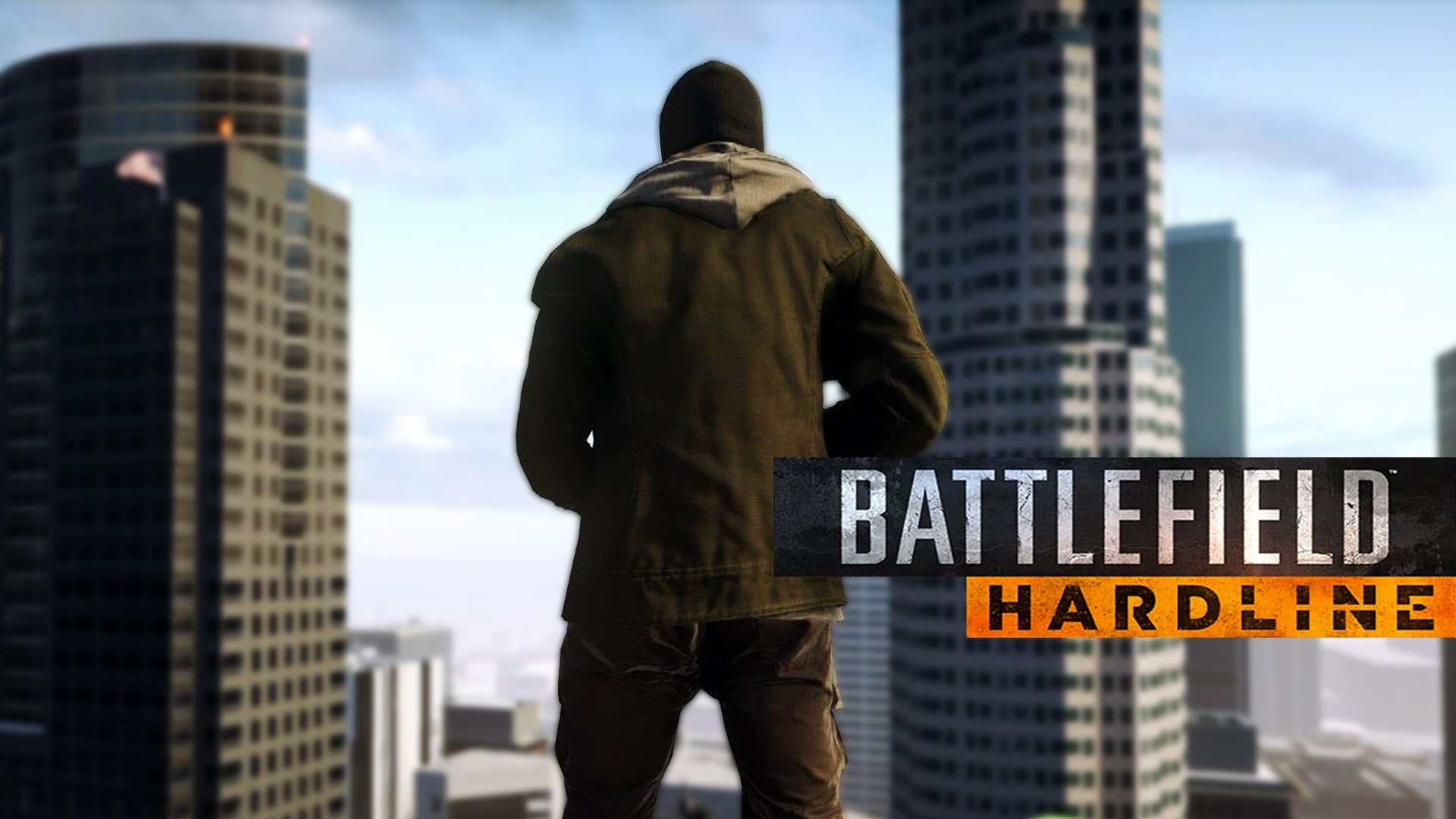
GR: Were there any challenges with map designs for the smaller matches/competitive modes?
TS: When it comes to smaller matches, and specifically the single elimination game modes, you're very well served to have clear front lines and clear lanes and avenues of approach or retreat, and that's something we really focused on delivering in the Crosshair and Rescue experiences.
If you look at maps like Derailed for example, we take a very small portion of that map and we say, “this is the part where you're going to play rescue, it's around this warehouse, and the flow works really well here, we've got lanes created by the train cars, we've got X number of entrances into the main building,” all these kinds of things. When you play Conquest you have all those things too, but you also have the rest of the map. So we've taken smaller chunks of the map and set those aside and made sure they work really well for these competitive modes.
GR: On some of those maps there are environmental hazards and destructible terrain. Was that something Visceral wanted to pull from past Battlefield entries, and how did you guys try to change that with your own vision?
TS: That's something we heard a lot of feedback from on Battlefield 4. If you remember Siege of Shanghai and the awesome spectacle of the tower drop, we heard that's great the first five times, then after the 50th time you're like, “yeah, I've seen that, I've done that.” And the gameplay doesn't get better when the tower drops. And what we heard is that players wanted to have more impact on the way the map played and the changes to the play space, being able to control that, as opposed to having a giant spectacle.
Spectacle is cool, it looks great and it gets people excited about the game, but the changes to the play space are better for the players long-term. And that's what we focused on in Hardline, is finding ways to interact with the environment, whether it's dropping a grating to create a ramp or blowing a hole in the wall or having breachable doors or whatever it might be. We really focused on those.
GR: Hardline includes upgrades and loadouts. What are the challenges with those systems? I'm always fascinated by the thought, “okay, this costs $10,000 and I know I'm going to need it at this point in the match.” How hard is that to figure out for all kinds of different players who have their own preferences?
TS: It's ridiculously tricky. Luckily we have a really strong foundation with Battlefield 4's balancing, they're at a really good point in terms of the overall balance of things, and we took that as a starting point. And then we thought, what do we want to make specific to Hardline, what about the damage model, how do players die, how do the guns feel, how do the guns react, what's the average number of bullets it's going to take to drop a player. We looked at all these things and played around with them, we found a flavor that worked for us, and then we iterated on it, and we iterated on it.
The iteration process is huge for balance; the more times you can iterate through the balance, the better it's going to be. You'll find the things that stick up too high and smash them down a little and find things that are too low and you'll bump them up a little. I don't want to say that we'd ever consider the idea of bringing the nerf hammer to the game or bringing the boost hammer to the game. It's more about making sure everything fits the overall vision and that we're really delivering an awesome experience with interest choices for players.
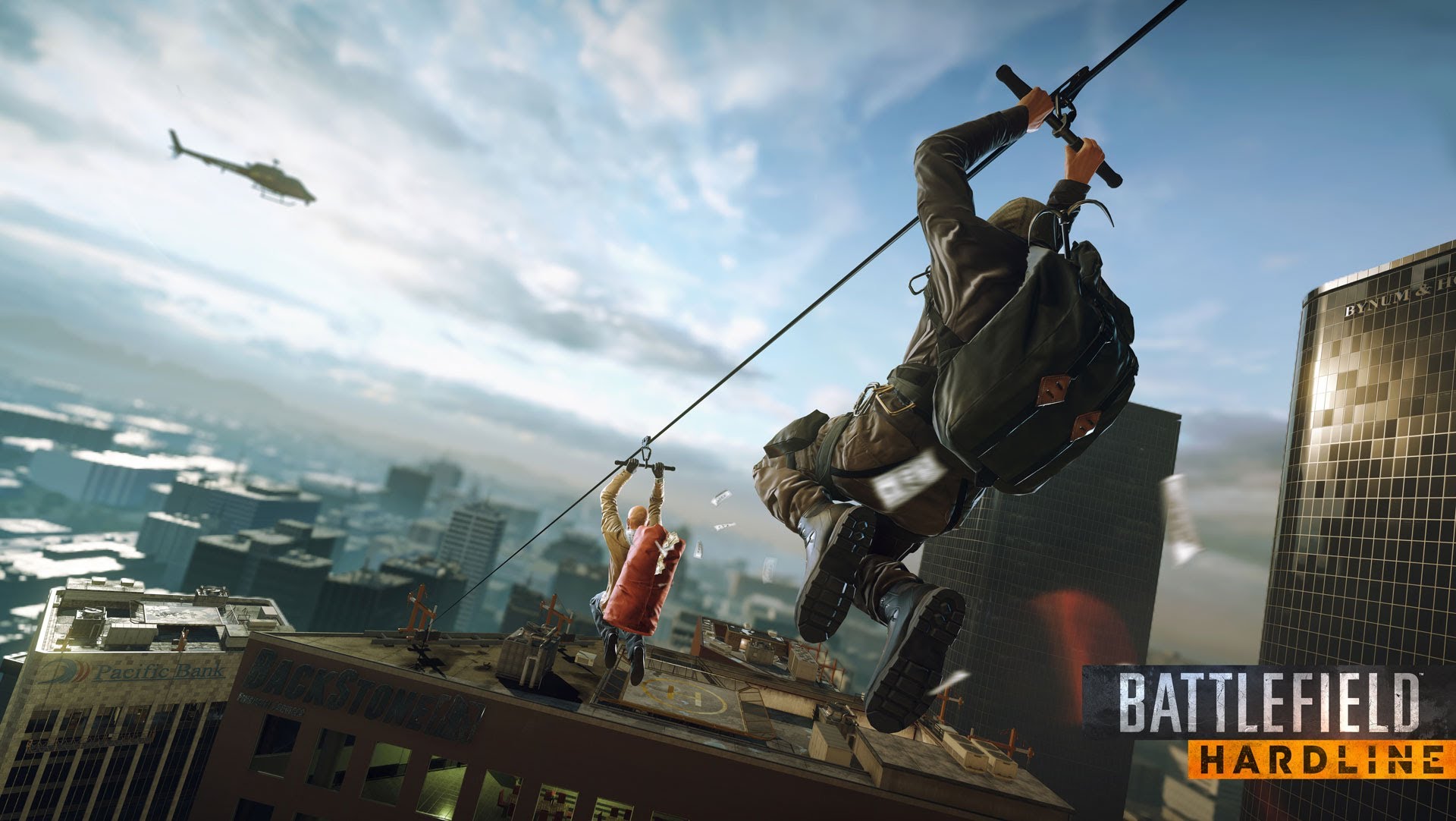
GR: What was it like making a game based on cops vs. robbers? It's a childhood fantasy that many people think of as a cool premise.
TS: Right, it's been crazy fun, you play it as a kid. That's kind of where I started. The origin of Battlefield Hardline is in fun, and you had fun with that experience as a kid. Forget the political messaging or whatever, we're talking about what are the things you thought about when you were a kid and you played this, or what are the things you think about when you go to the movies and see the Joker rob a bank. Those are the kinds of fantasies we deliver in a video game experience.
Battlefield Hardline launches on March 17 for Xbox One, Xbox 360, PlayStation 4, PS3, and PC. Stay tuned to GameRevolution in the coming days for our full review.
battlefield-hardline
-
battlefield-hardline #1
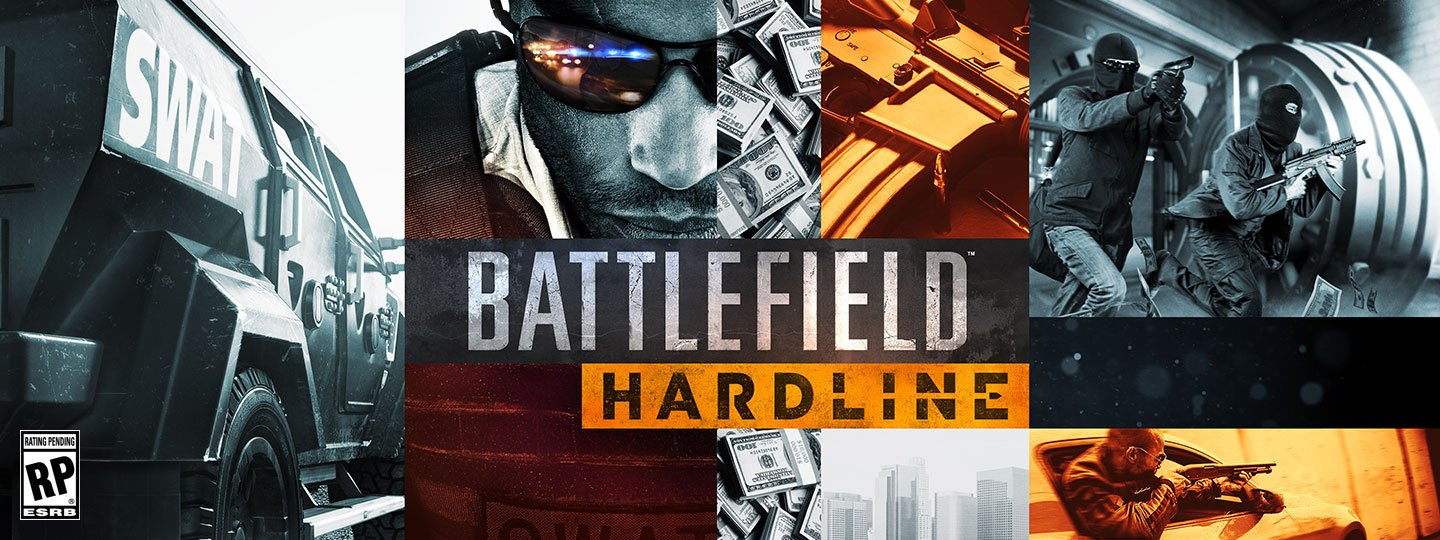
-
battlefield-hardline #2
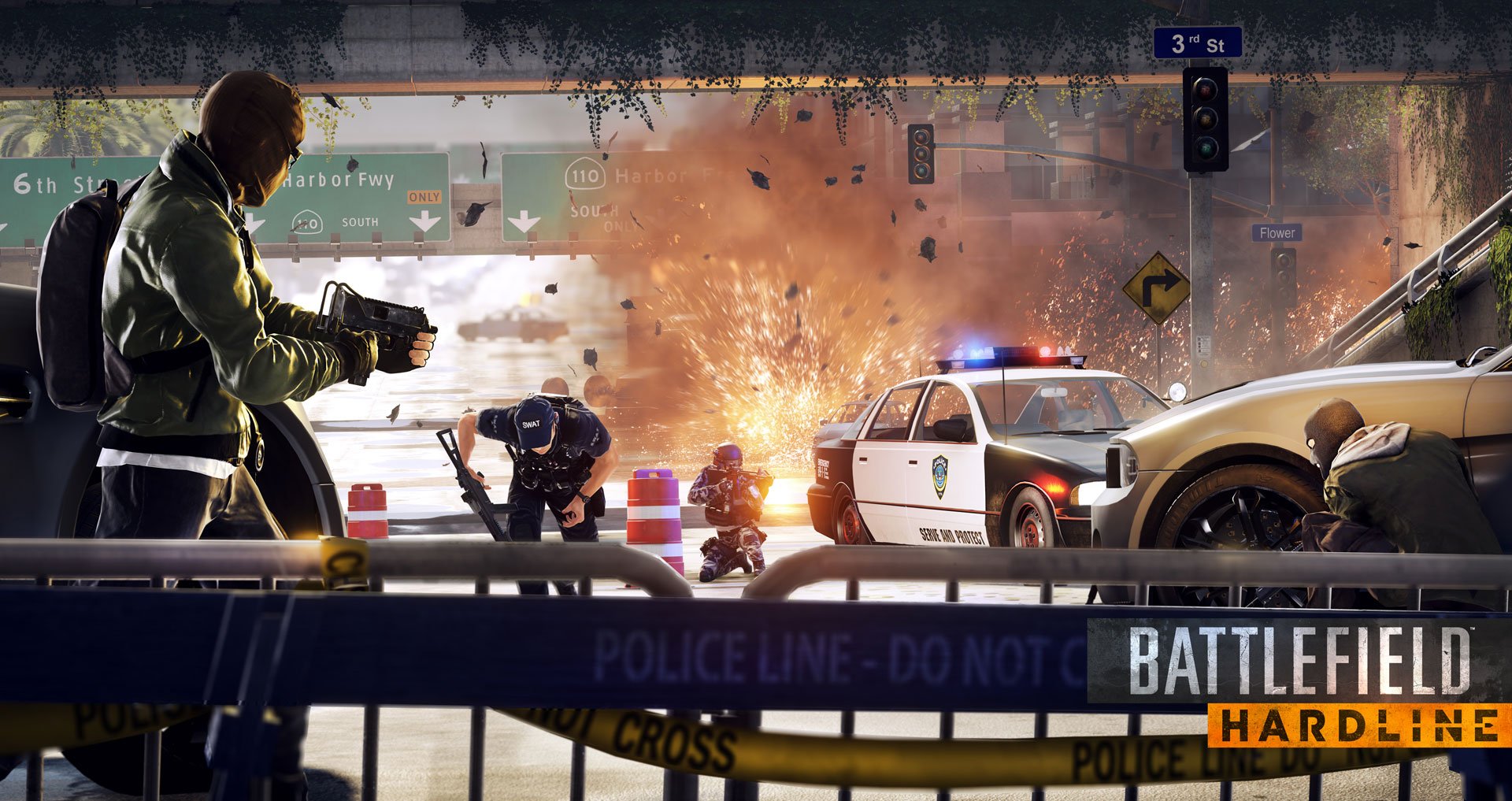
-
battlefield-hardline #3
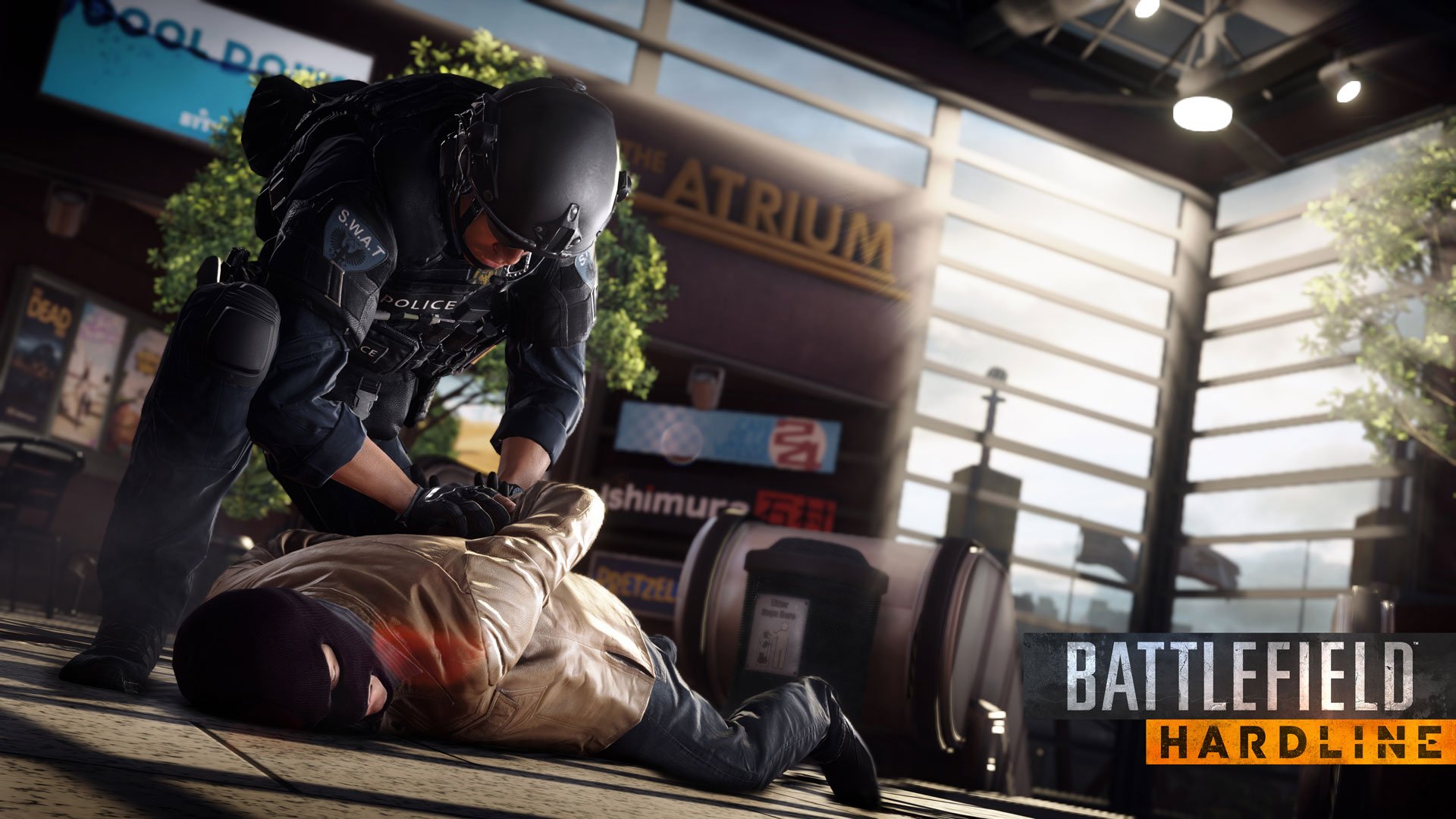
-
battlefield-hardline #4

-
battlefield-hardline #5
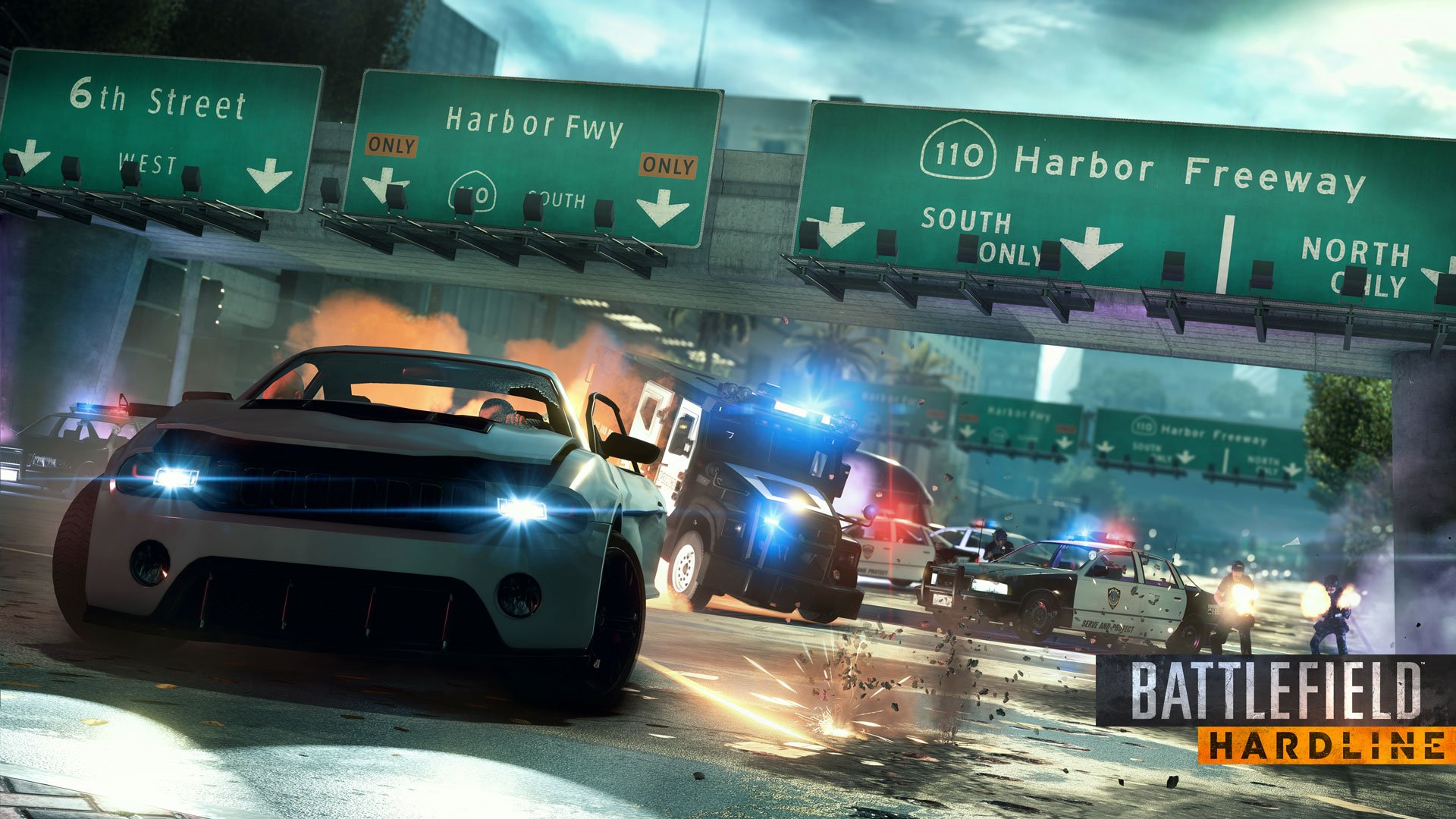
-
battlefield-hardline #6
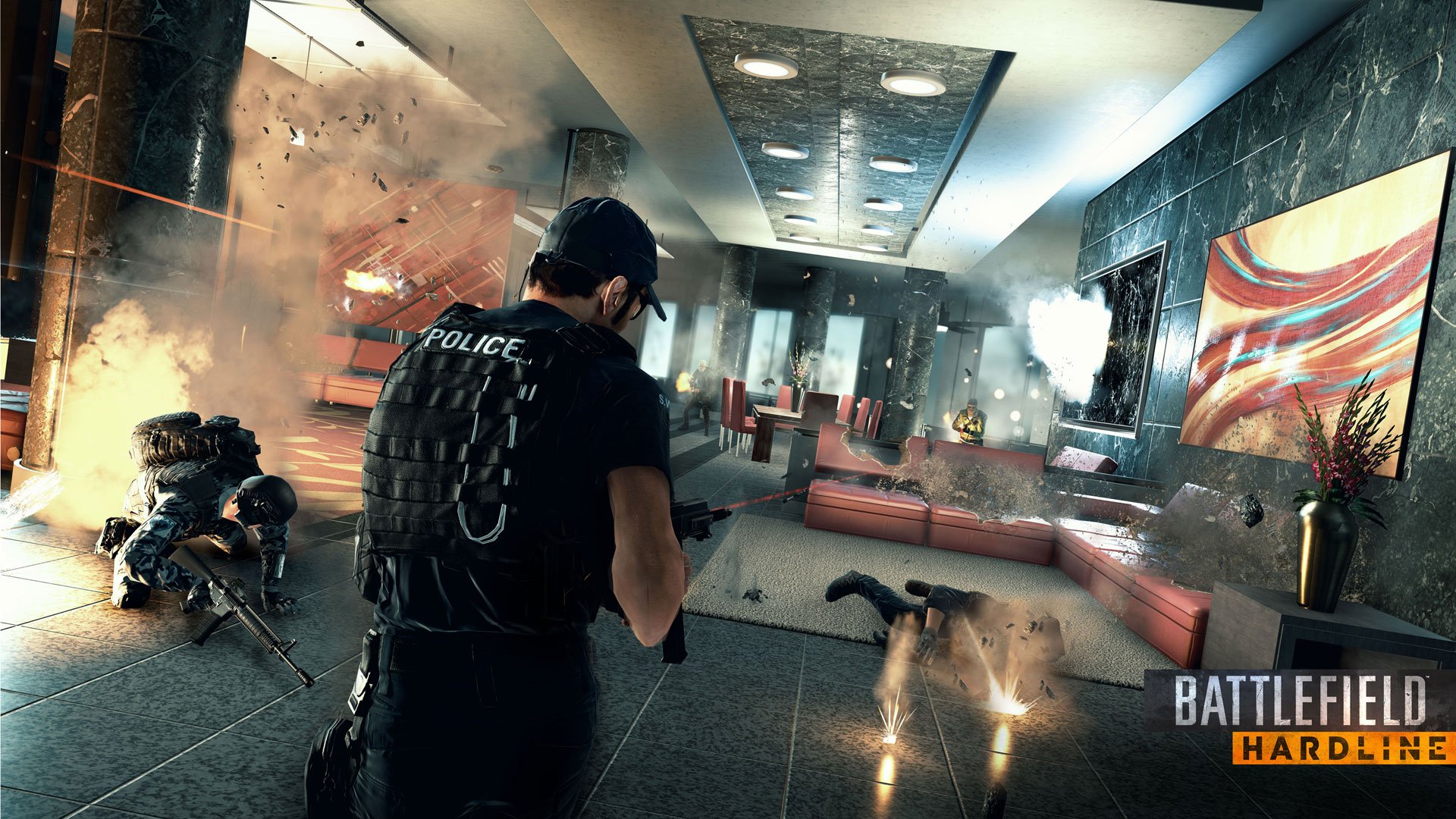
-
battlefield-hardline #7
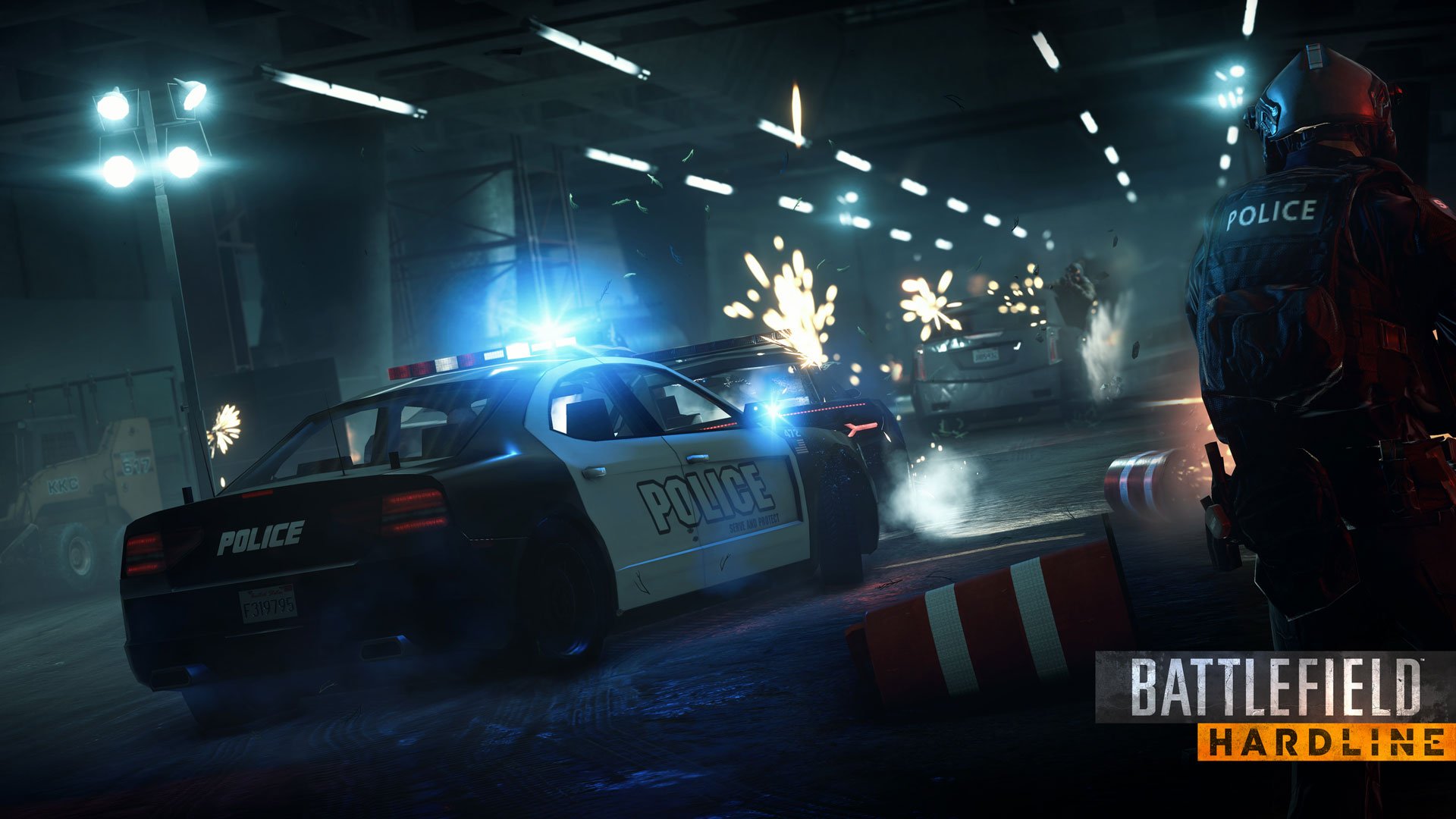
-
battlefield-hardline #8
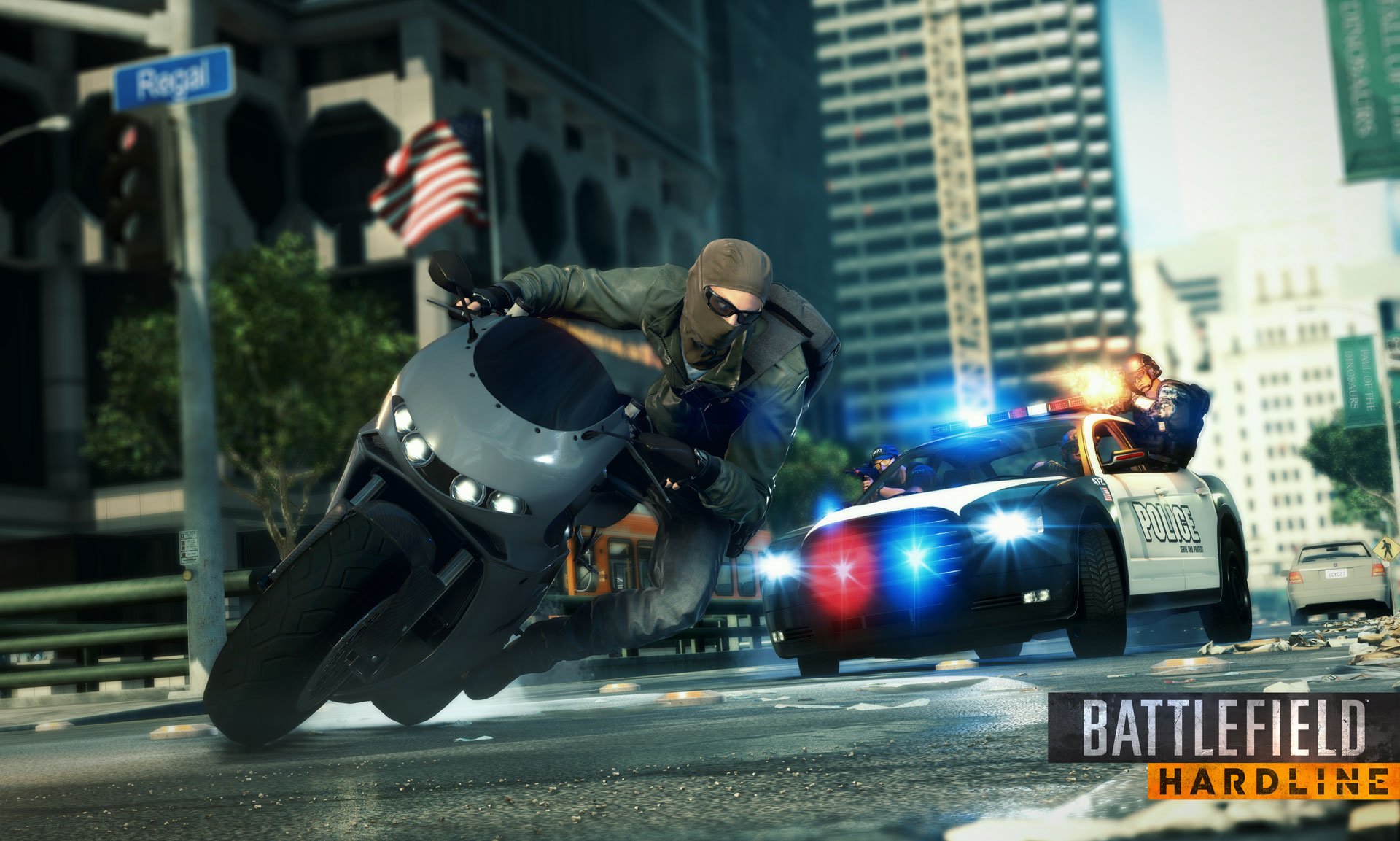
-
battlefield-hardline #9
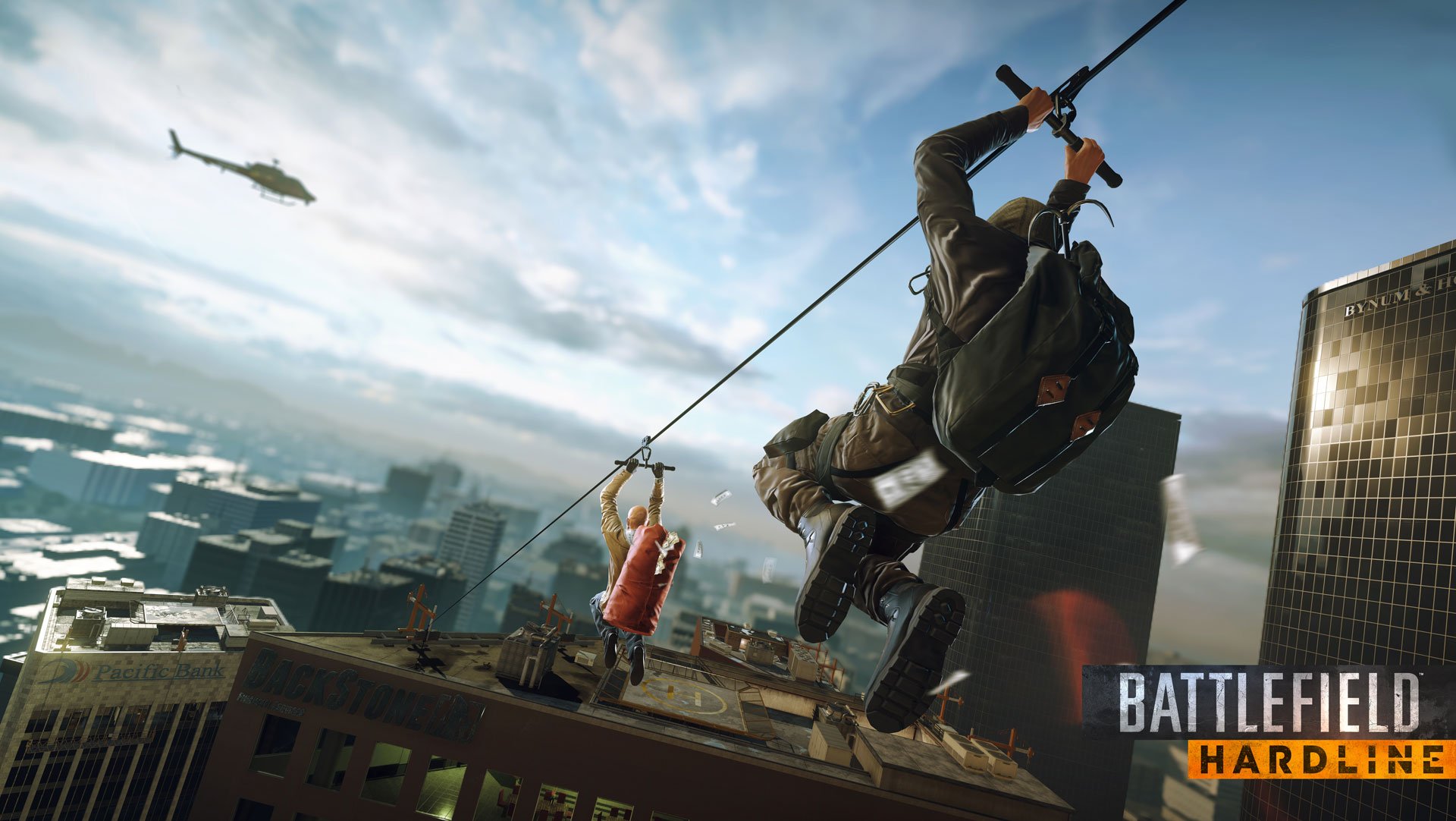
-
battlefield-hardline #10
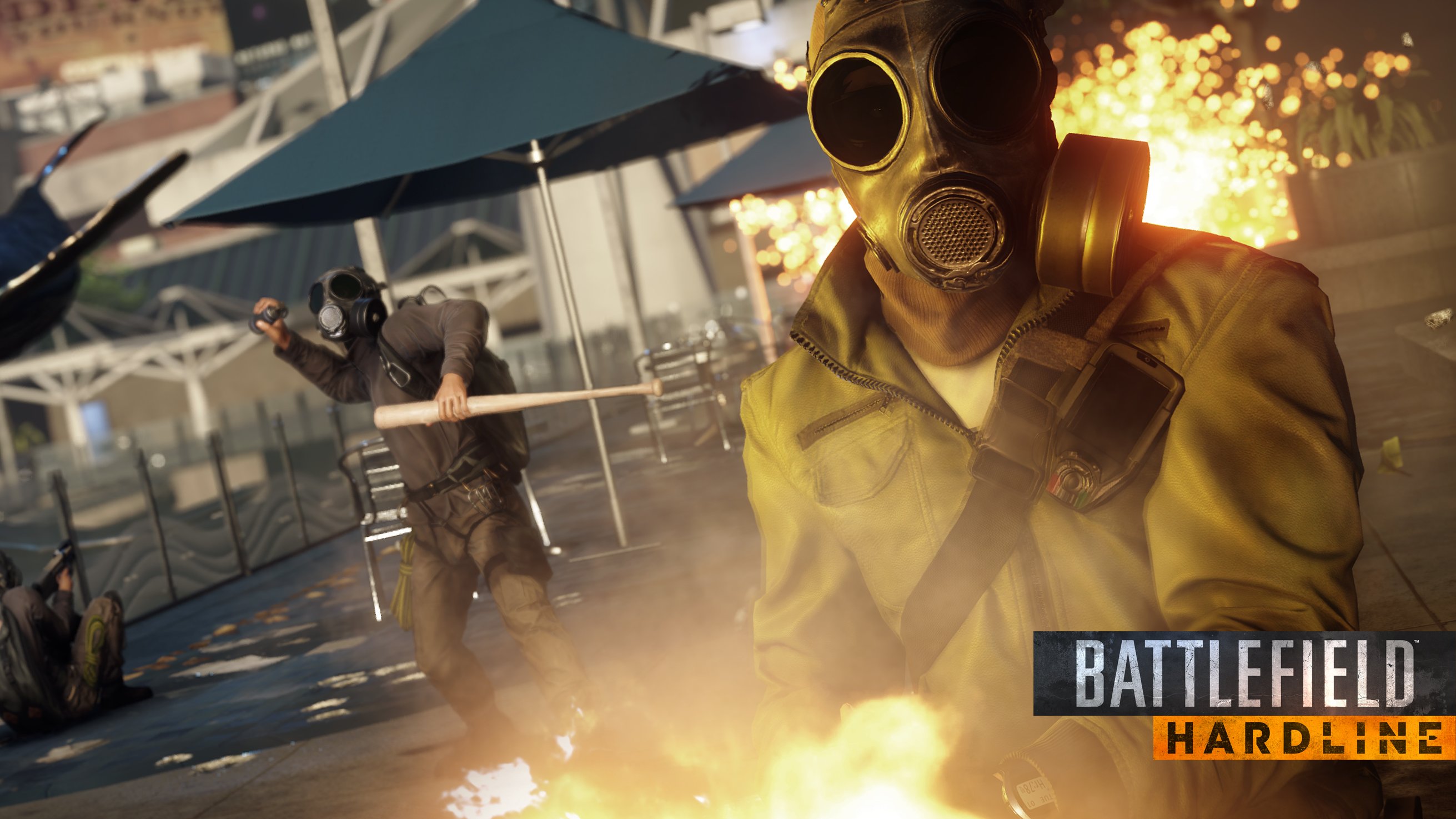
-
battlefield-hardline #11
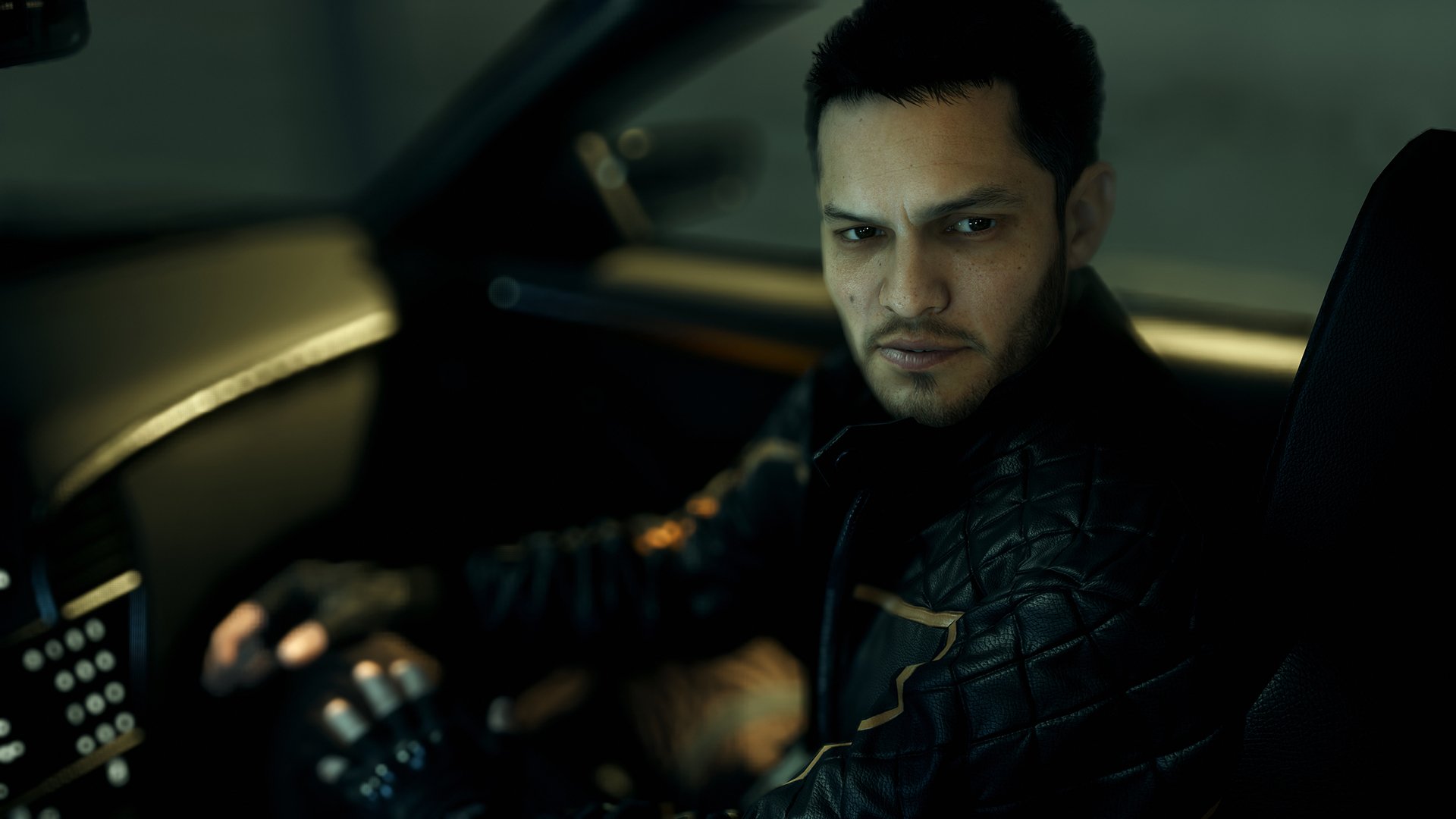
-
battlefield-hardline #12
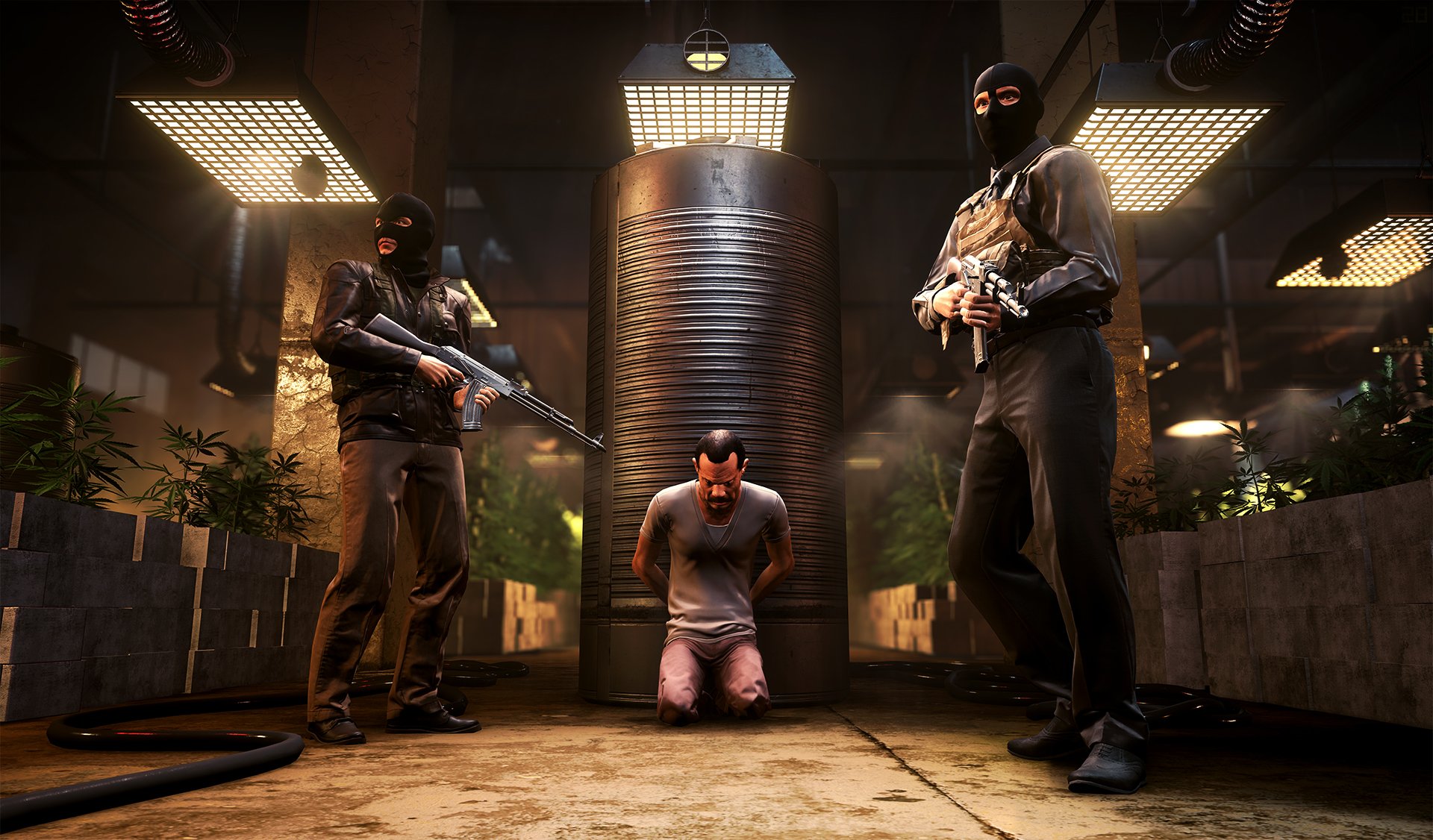
-
battlefield-hardline #13

-
battlefield-hardline #14
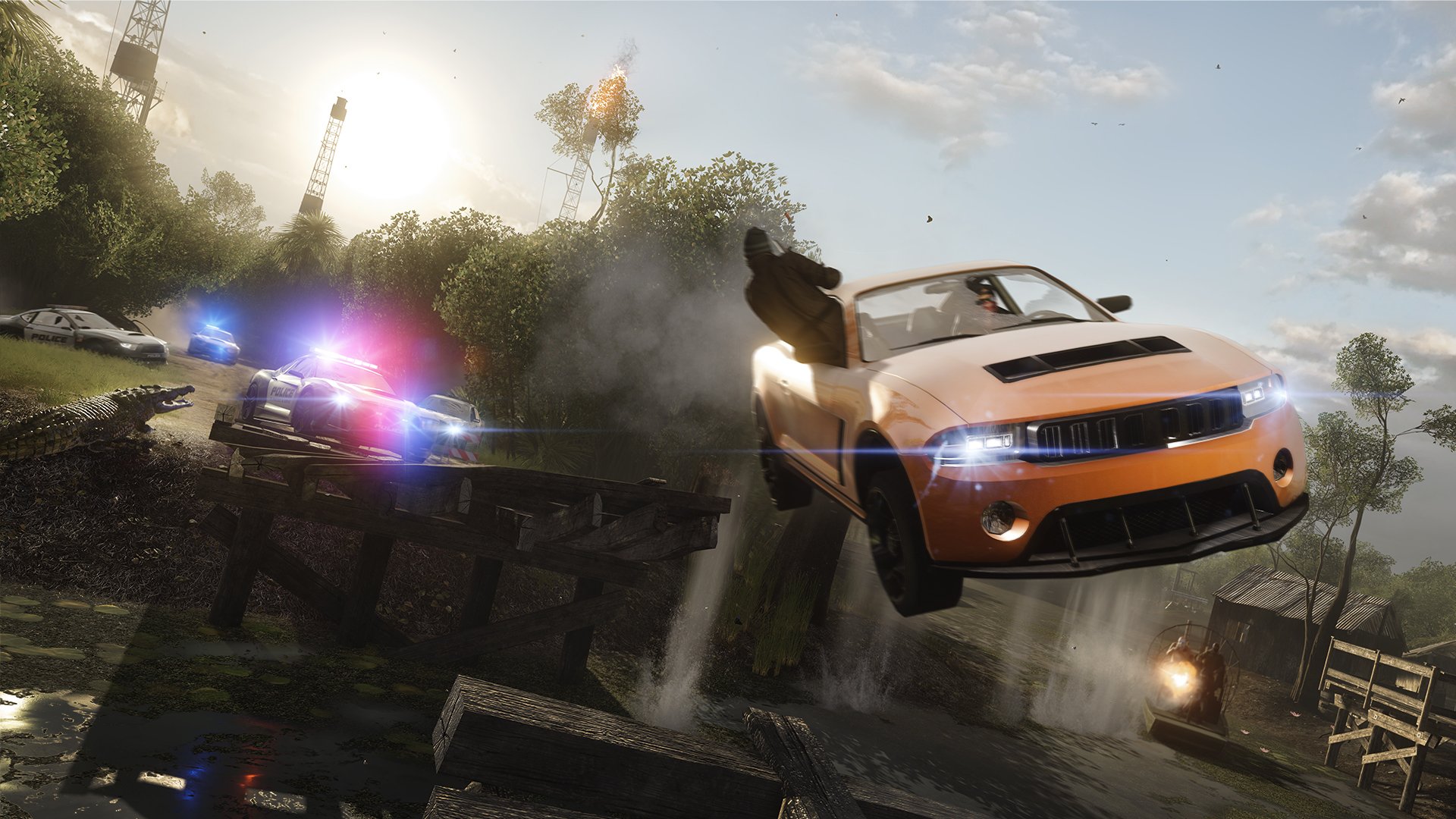
-
battlefield-hardline #15
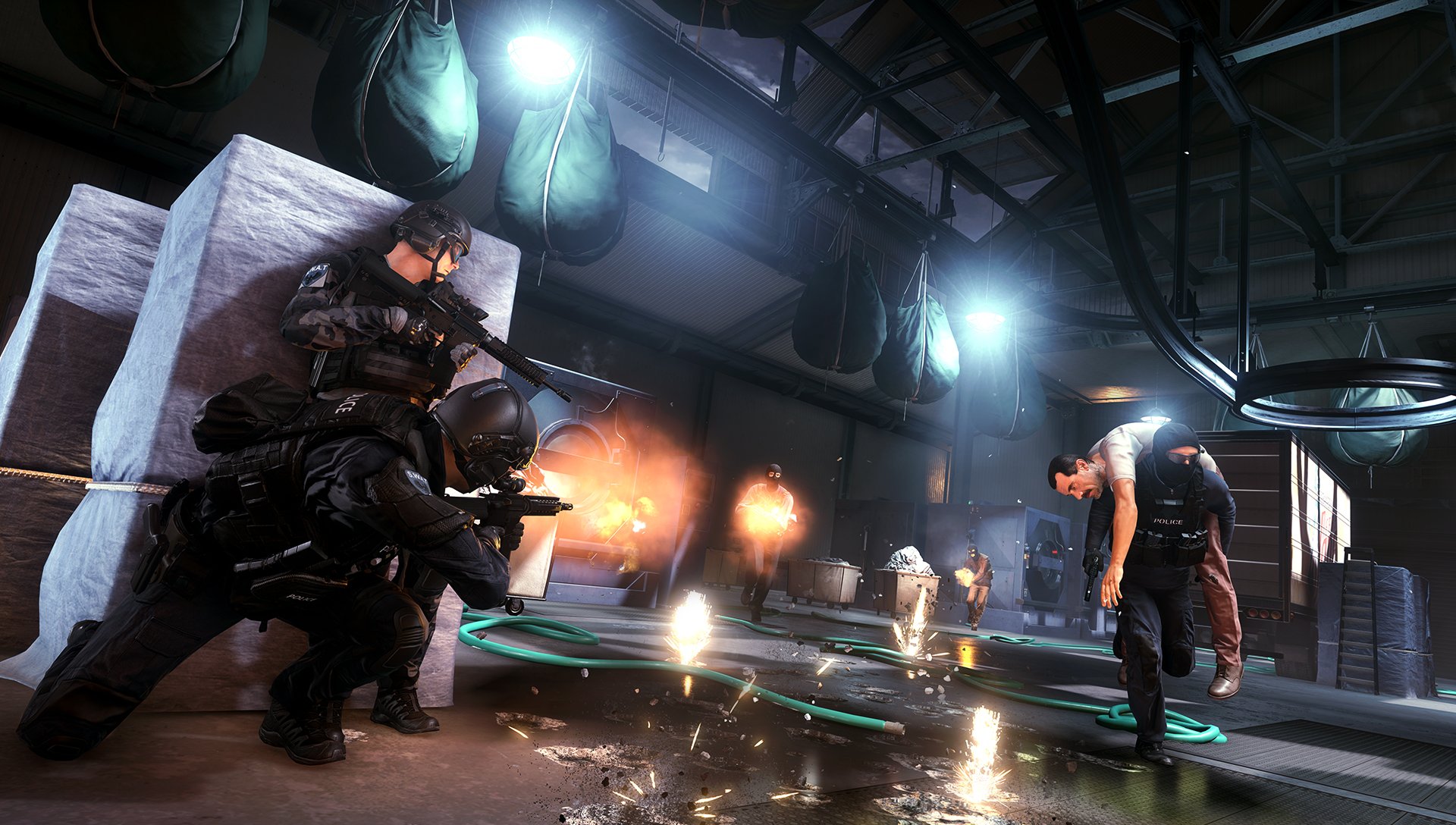
-
battlefield-hardline #16
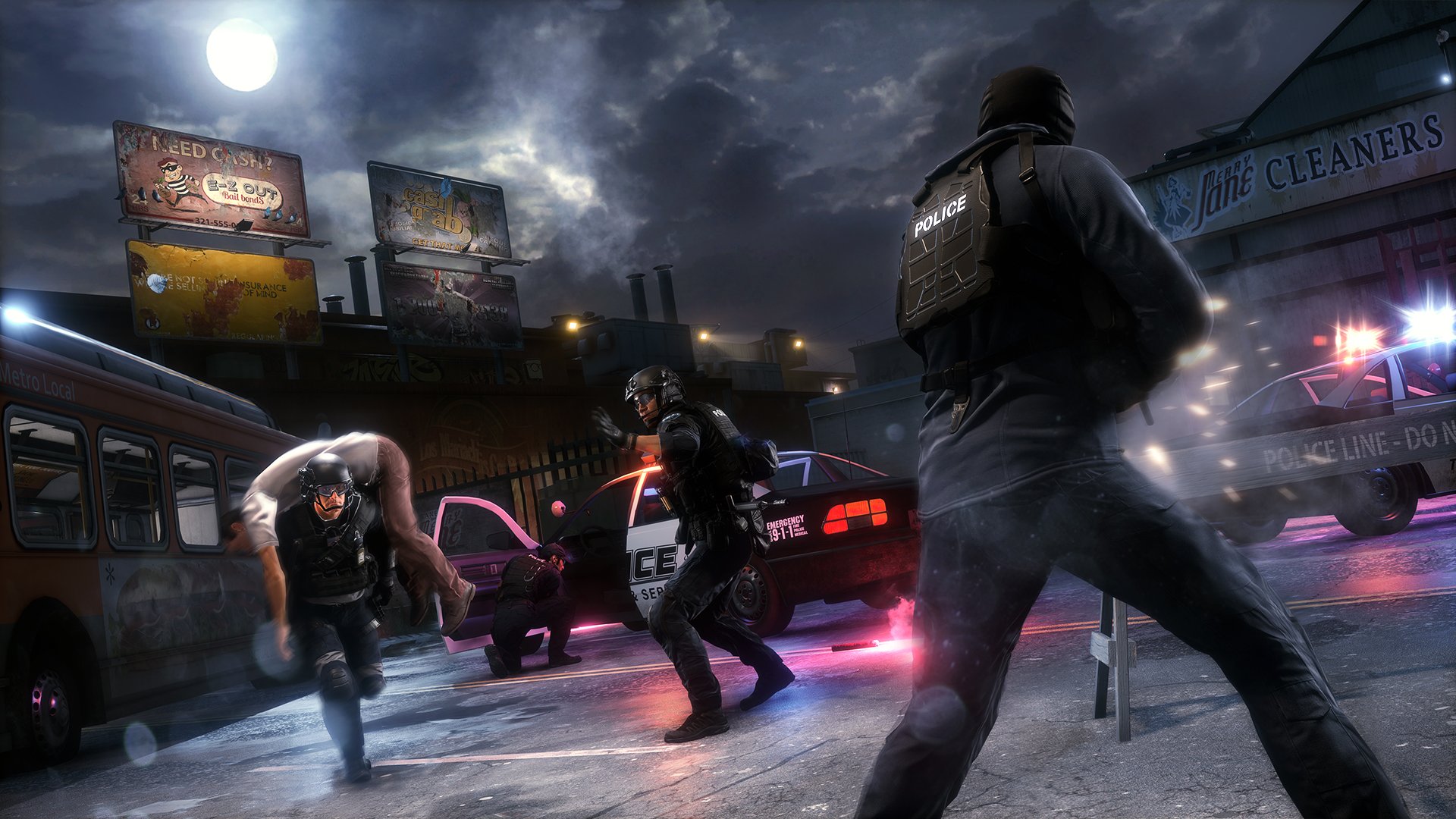
-
battlefield-hardline #17
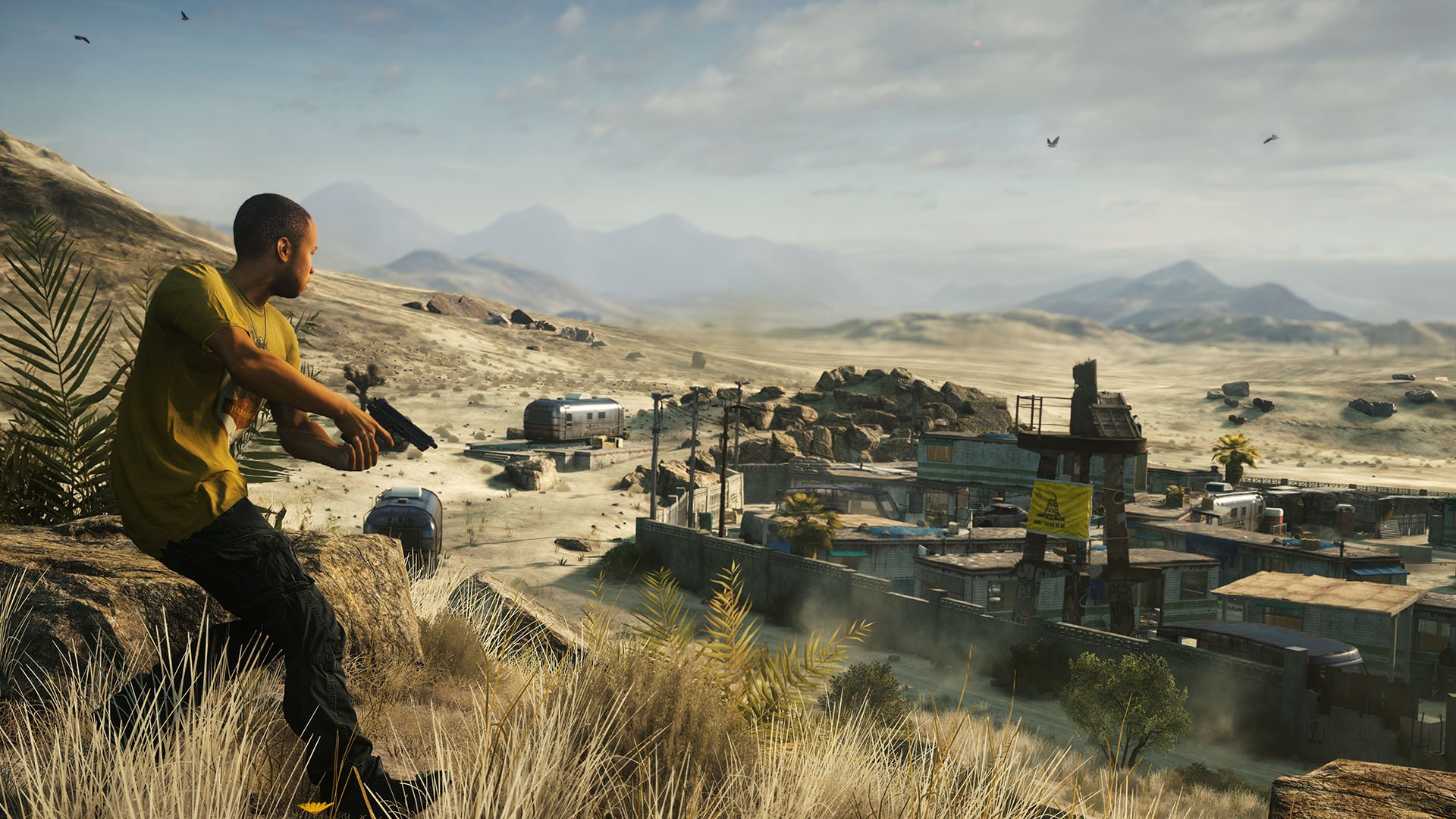
-
battlefield-hardline #18
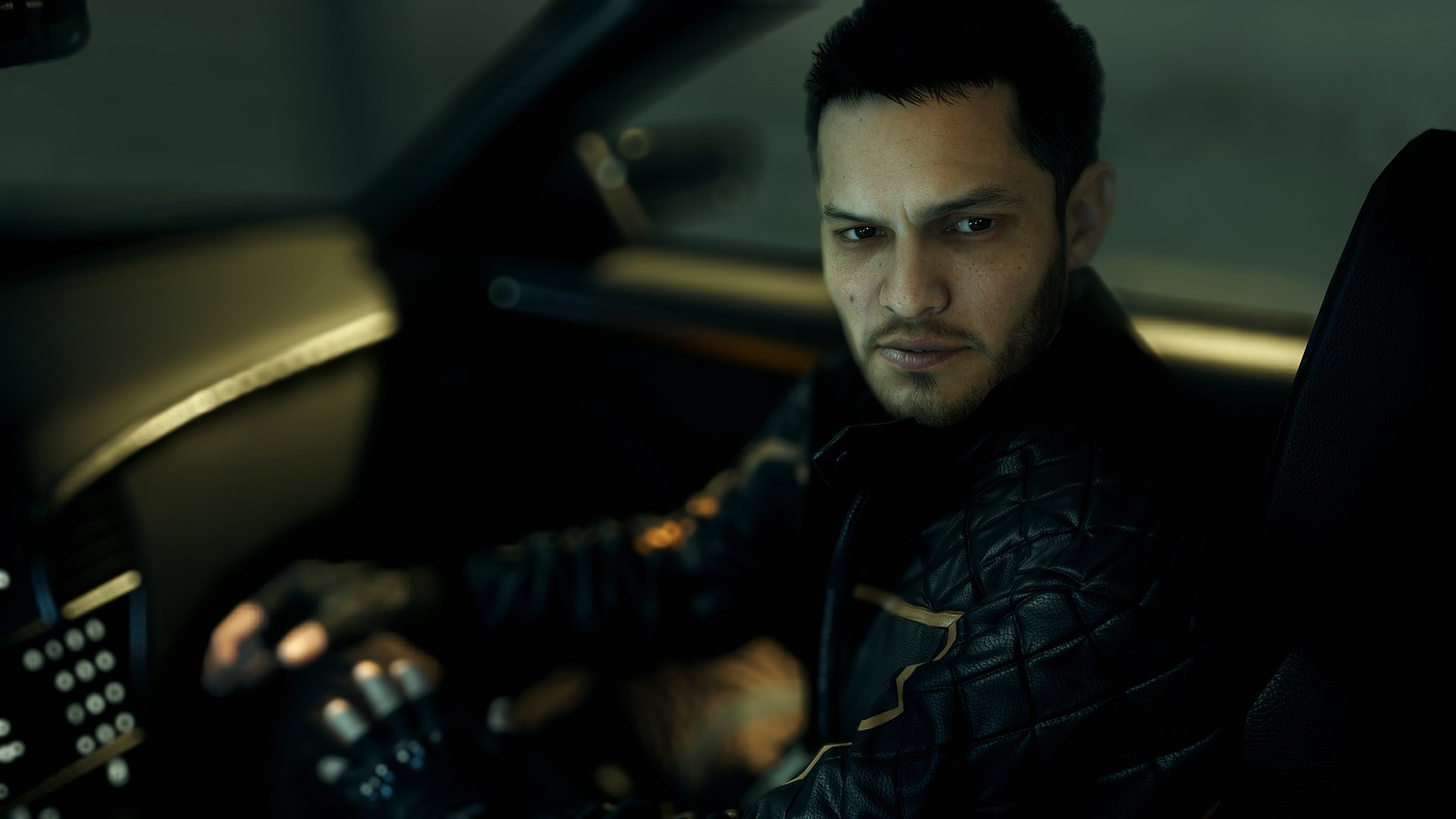
-
battlefield-hardline #19
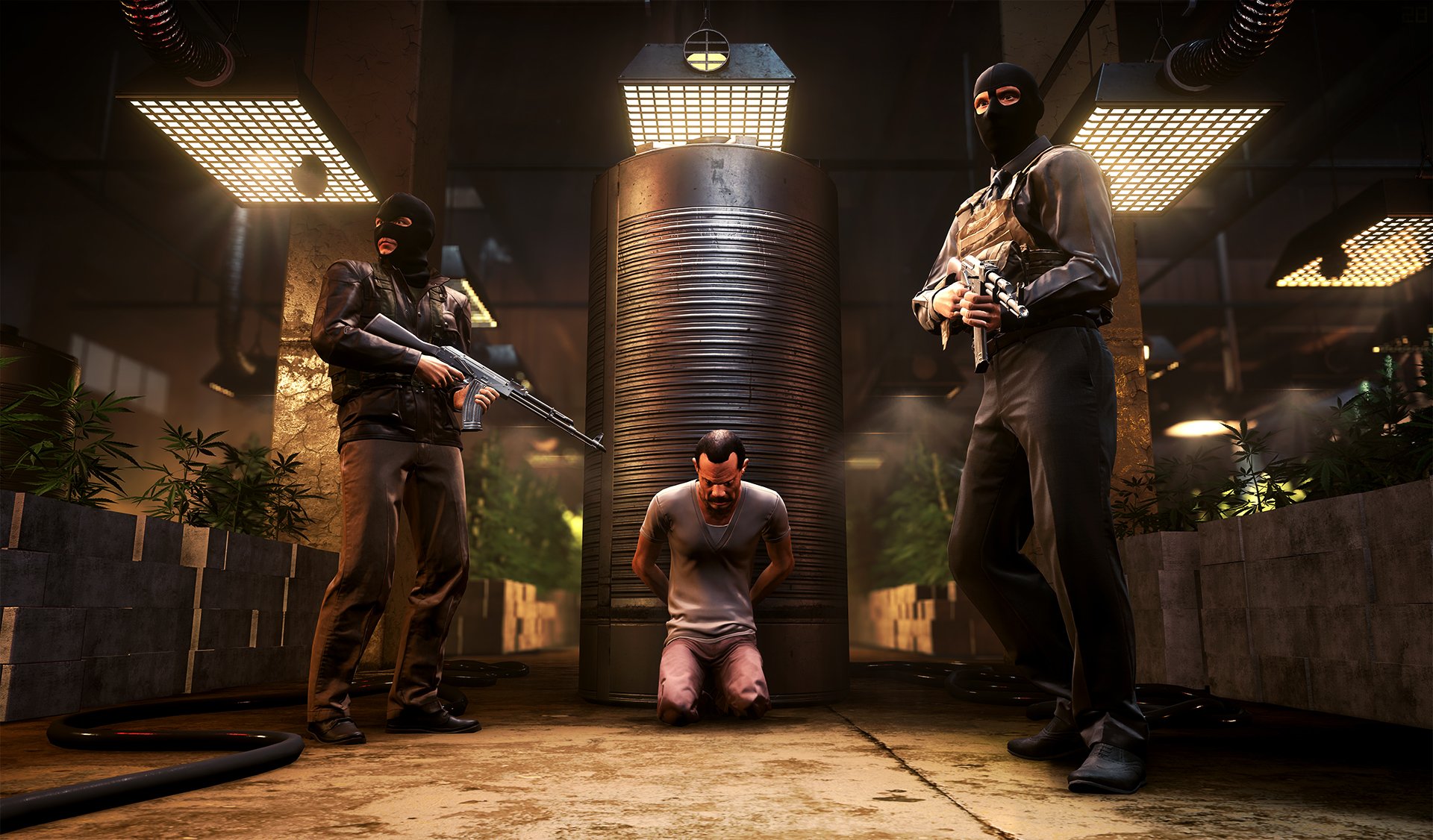
-
battlefield-hardline #20
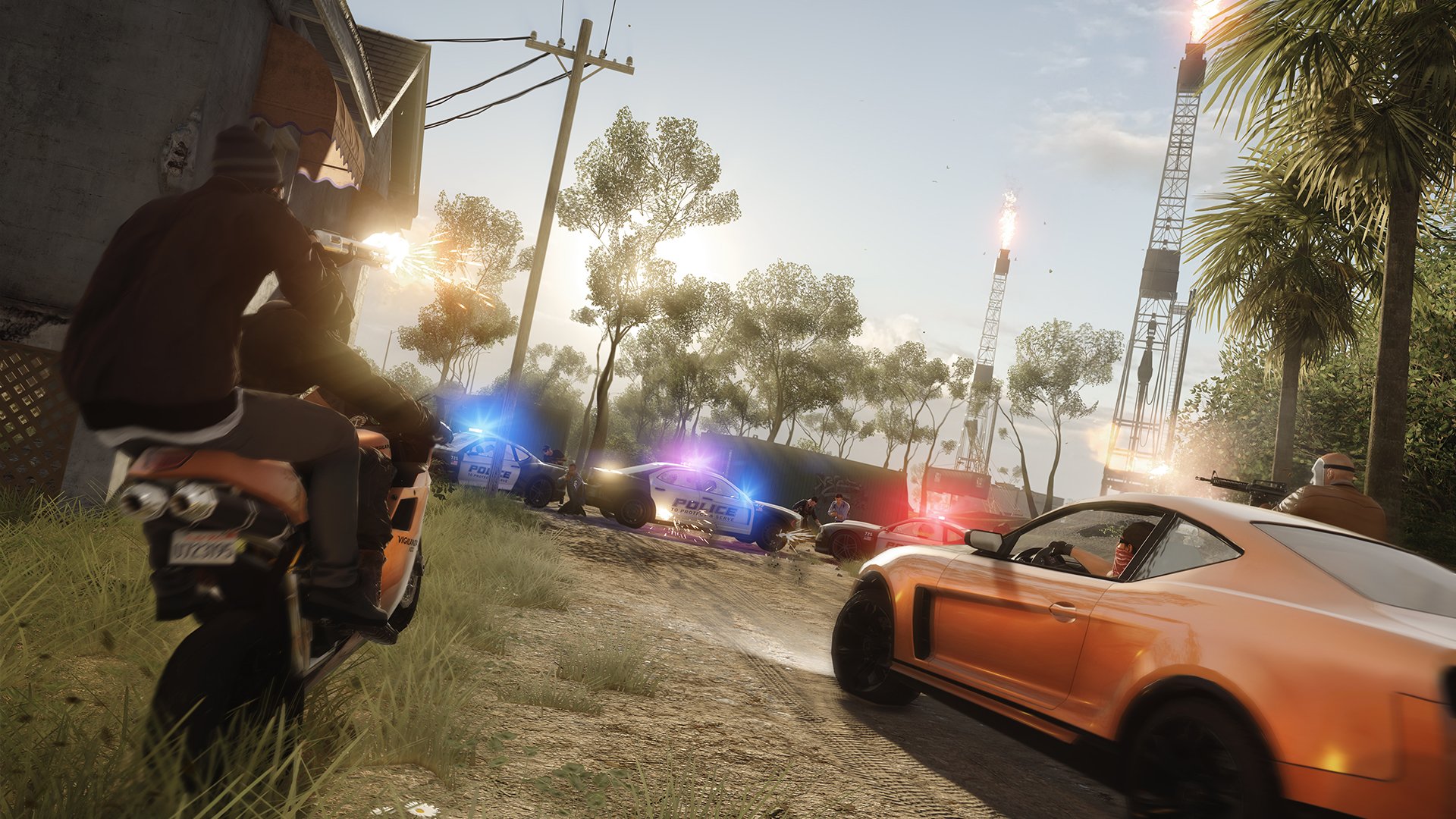
-
battlefield-hardline #21
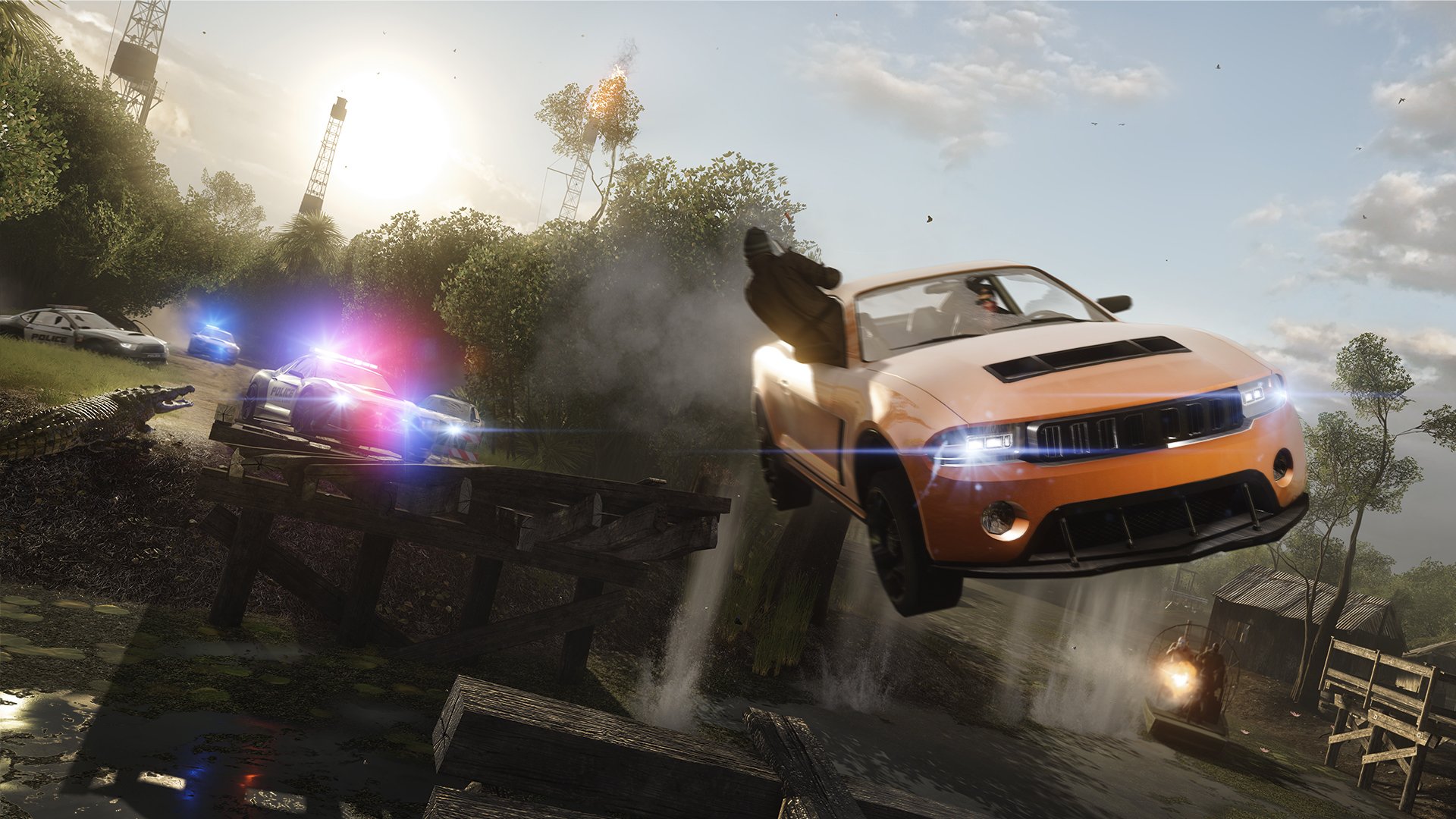
-
battlefield-hardline #22
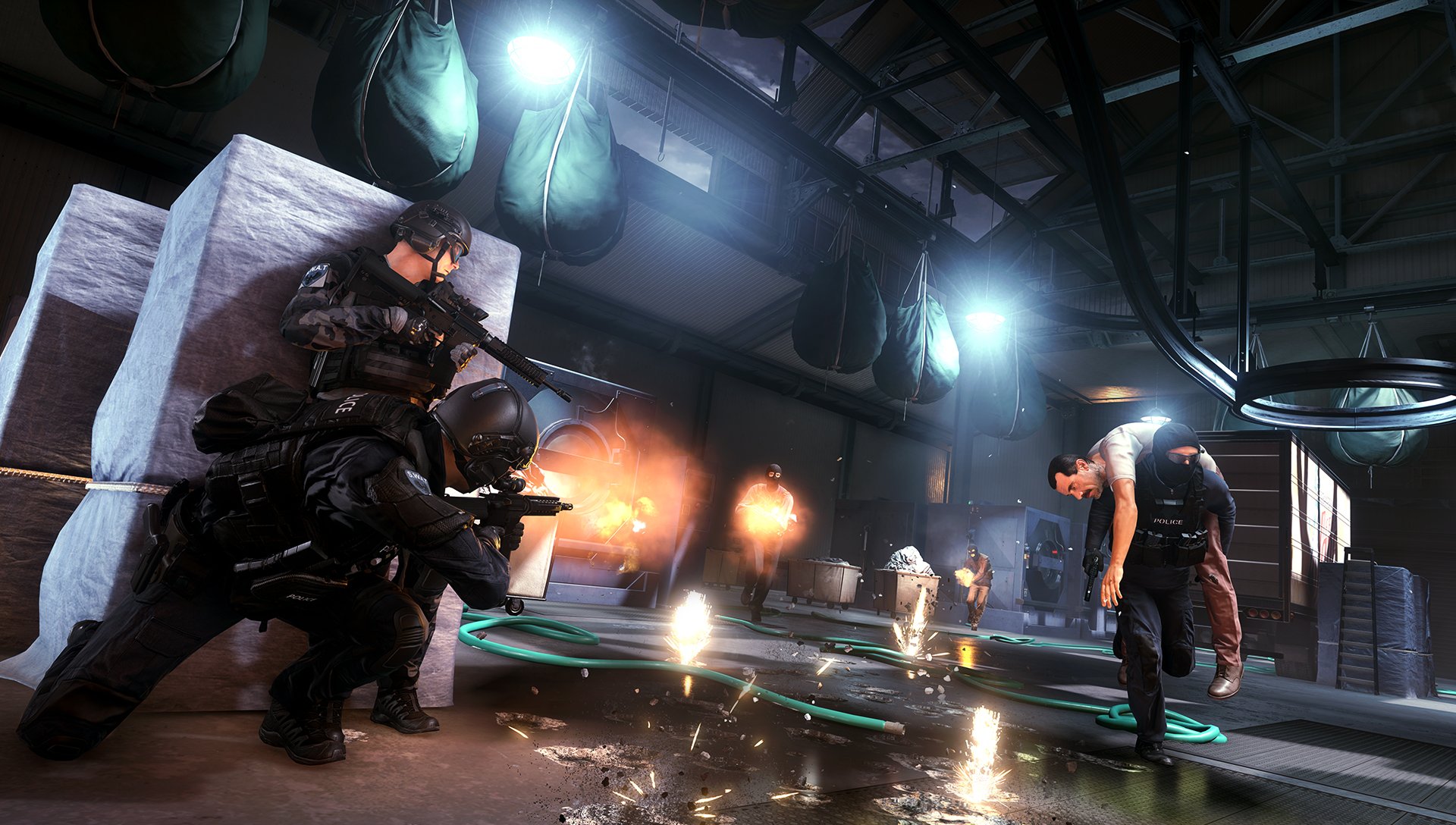
-
battlefield-hardline #23
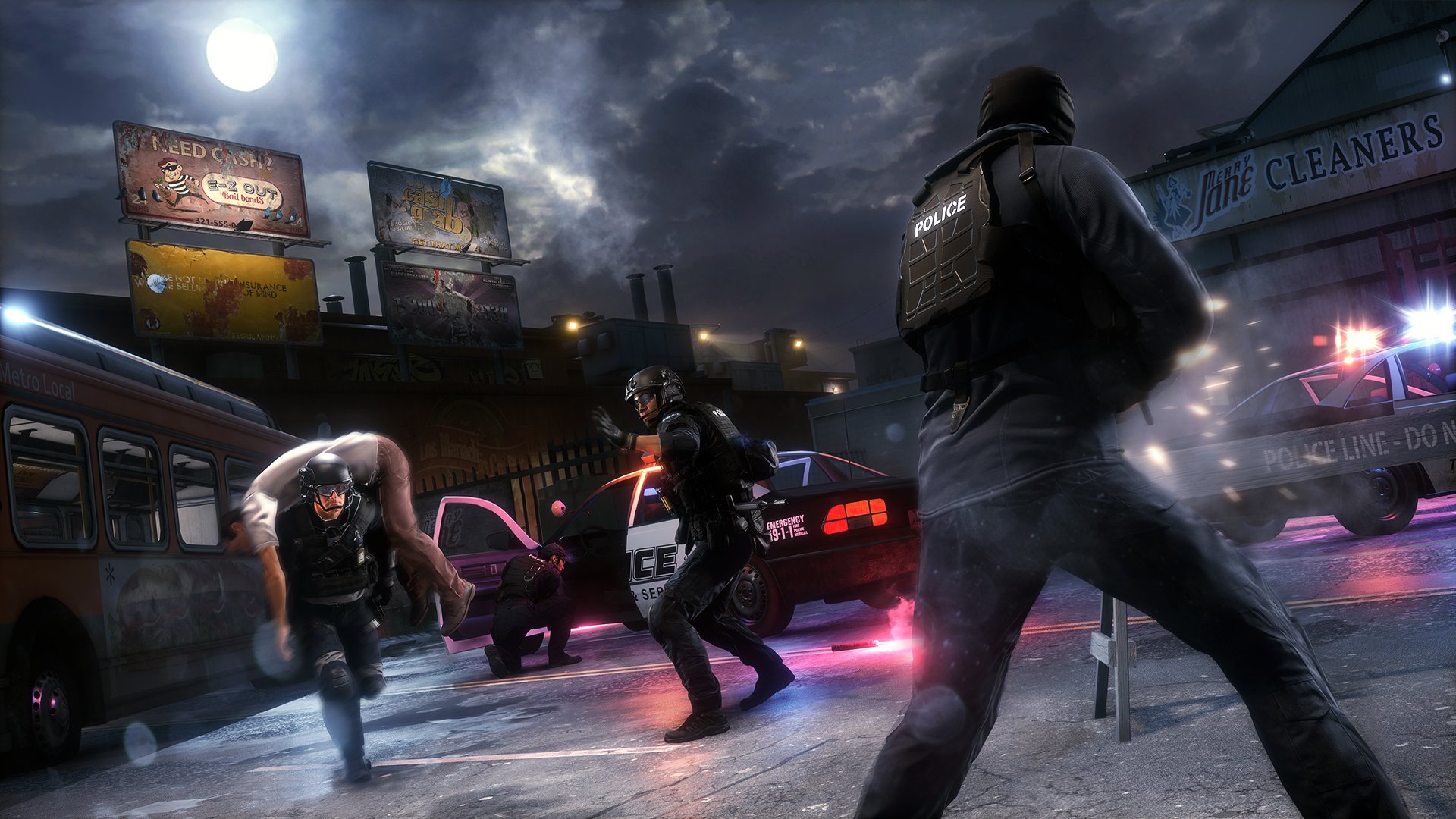
-
battlefield-hardline #24
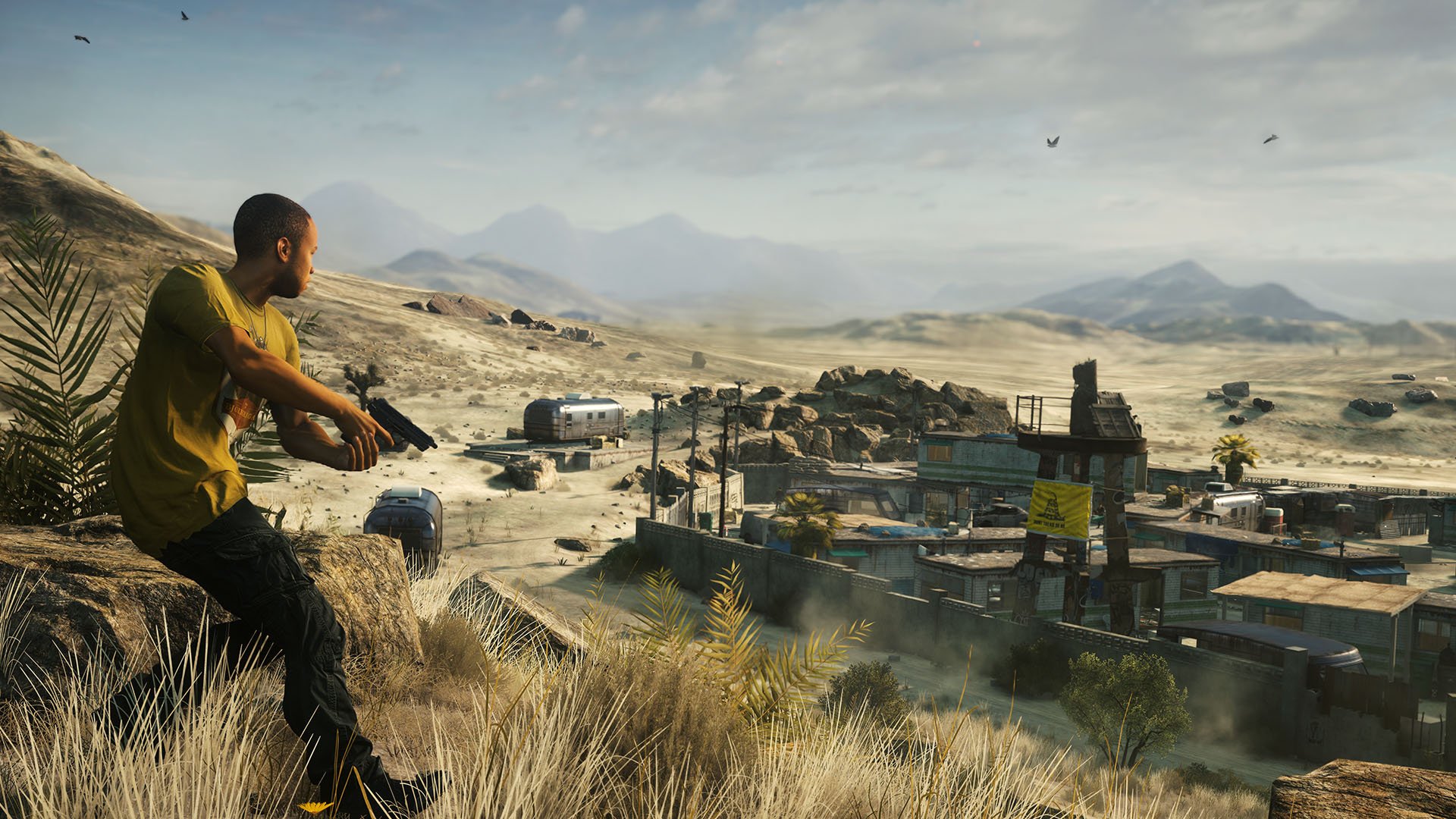
-
battlefield-hardline #25
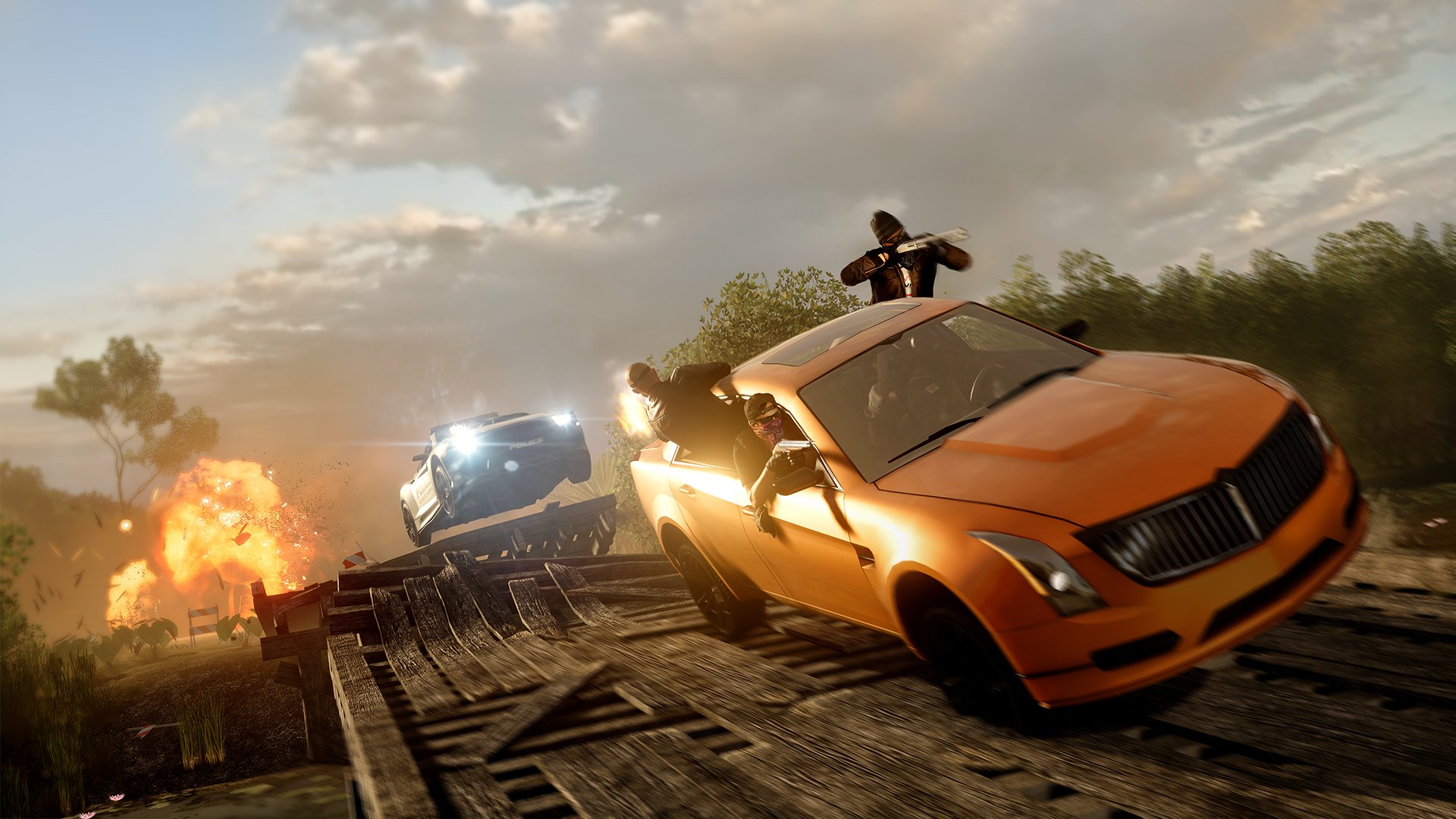
-
battlefield-hardline #26
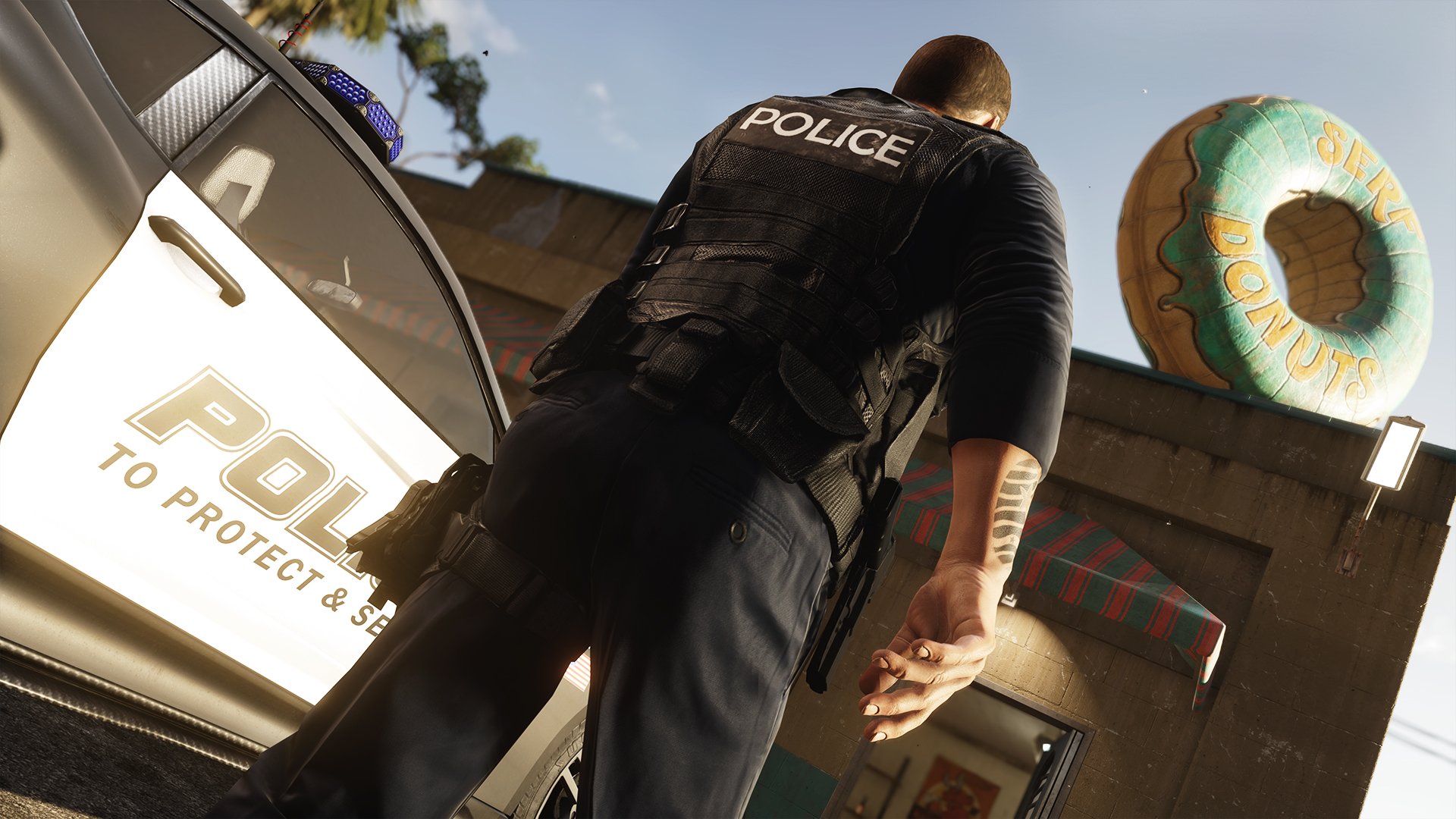
-
battlefield-hardline #27
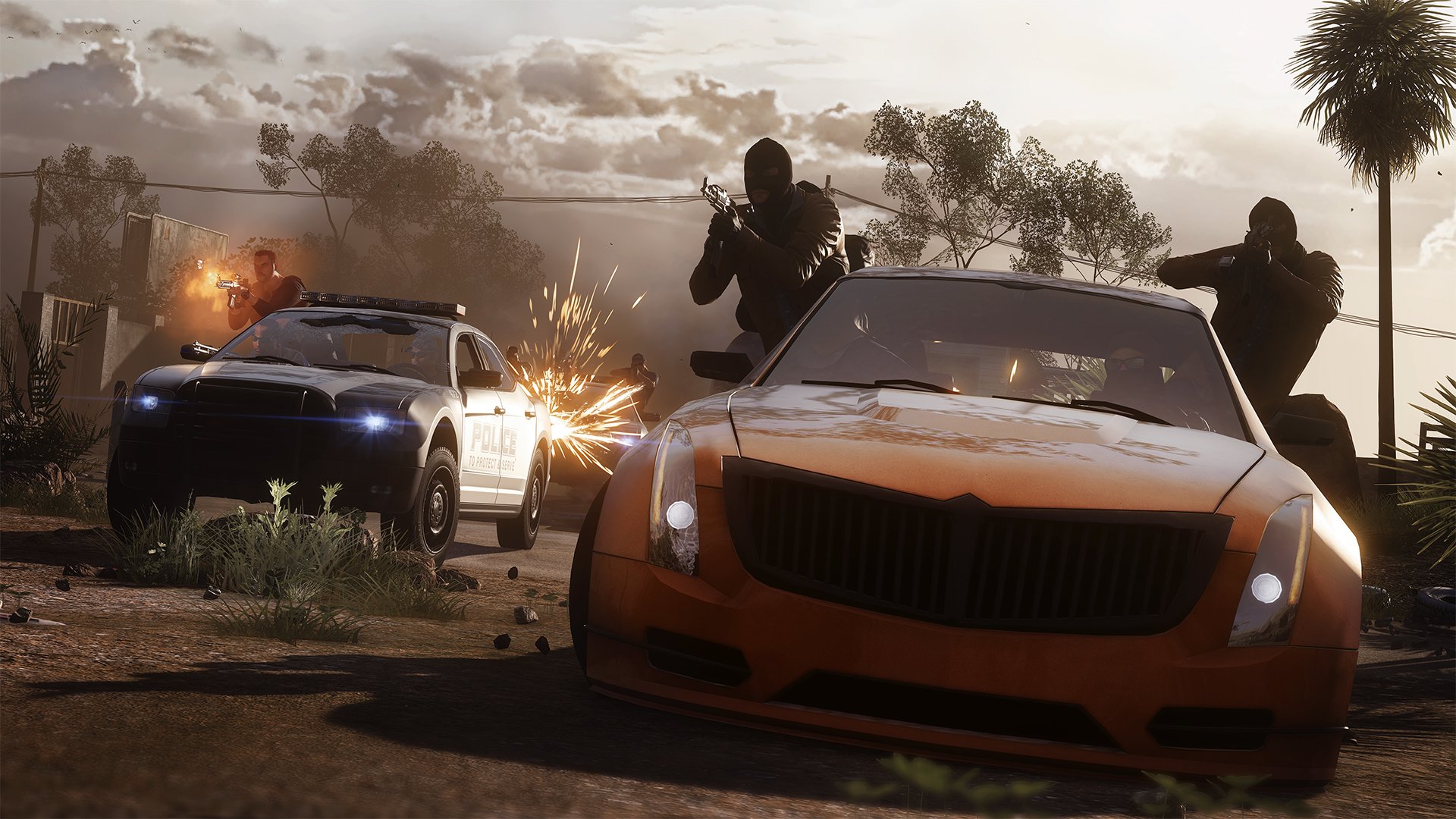
-
battlefield-hardline #28
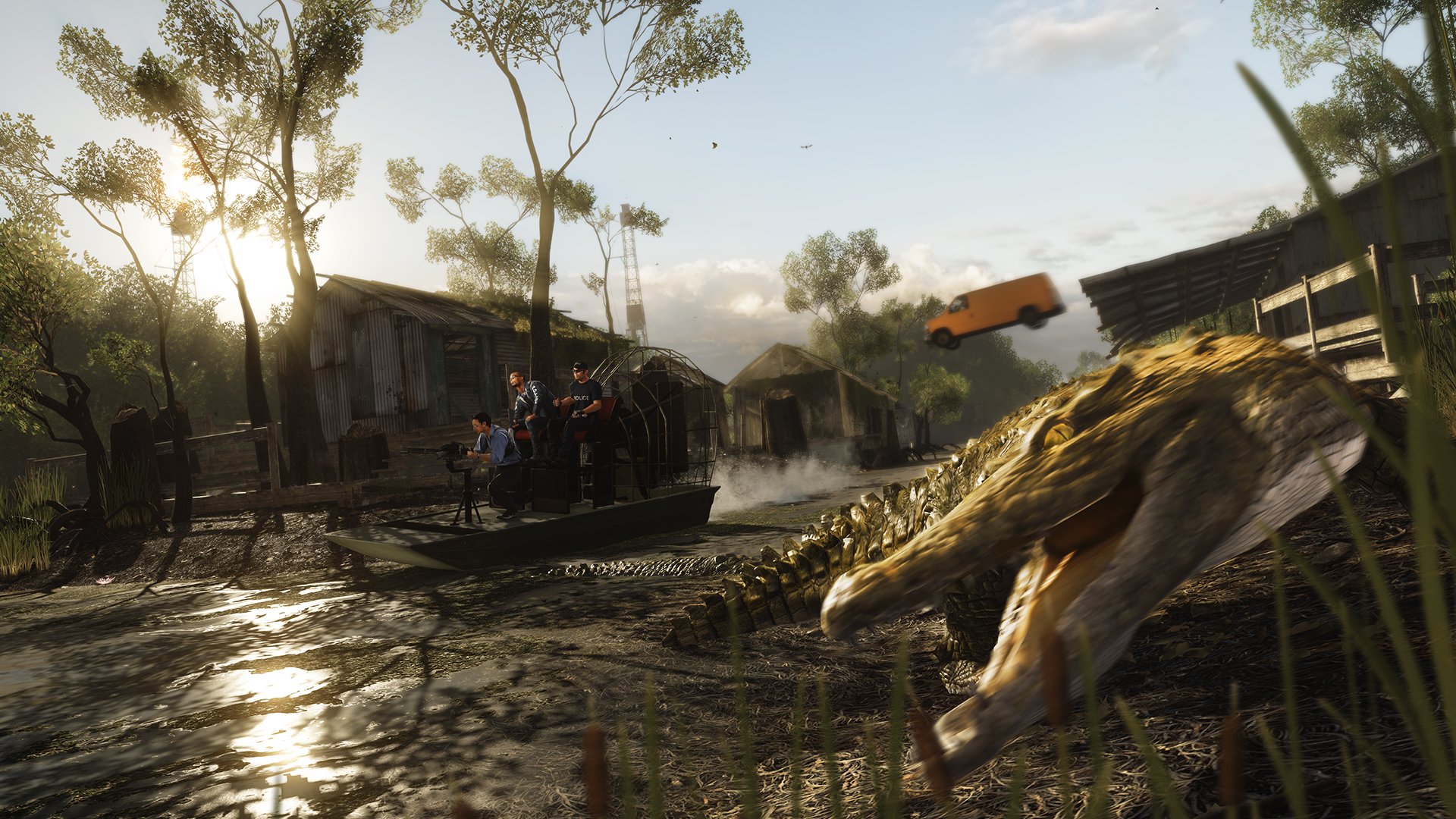
-
battlefield-hardline #29
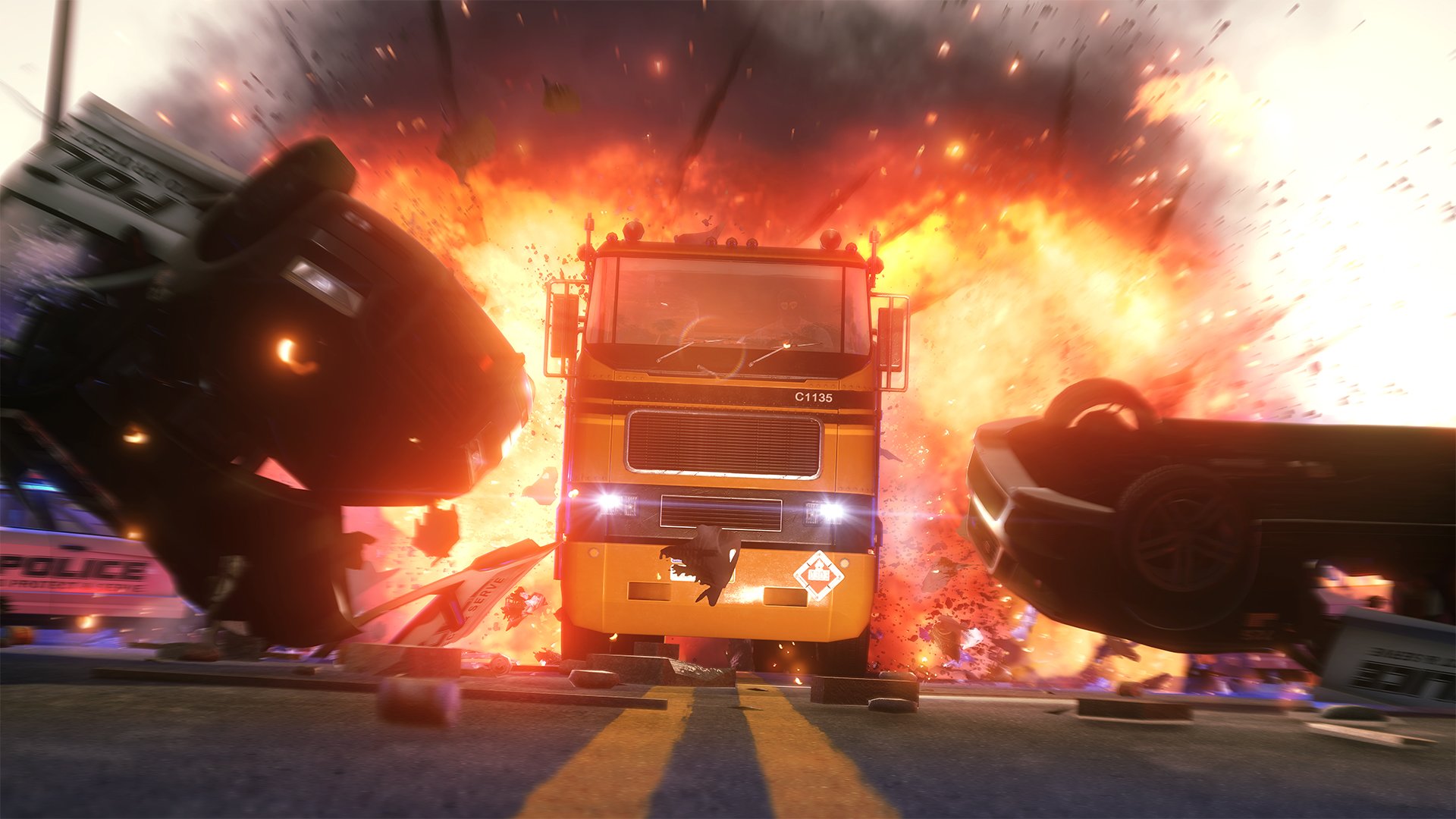
-
battlefield-hardline #30
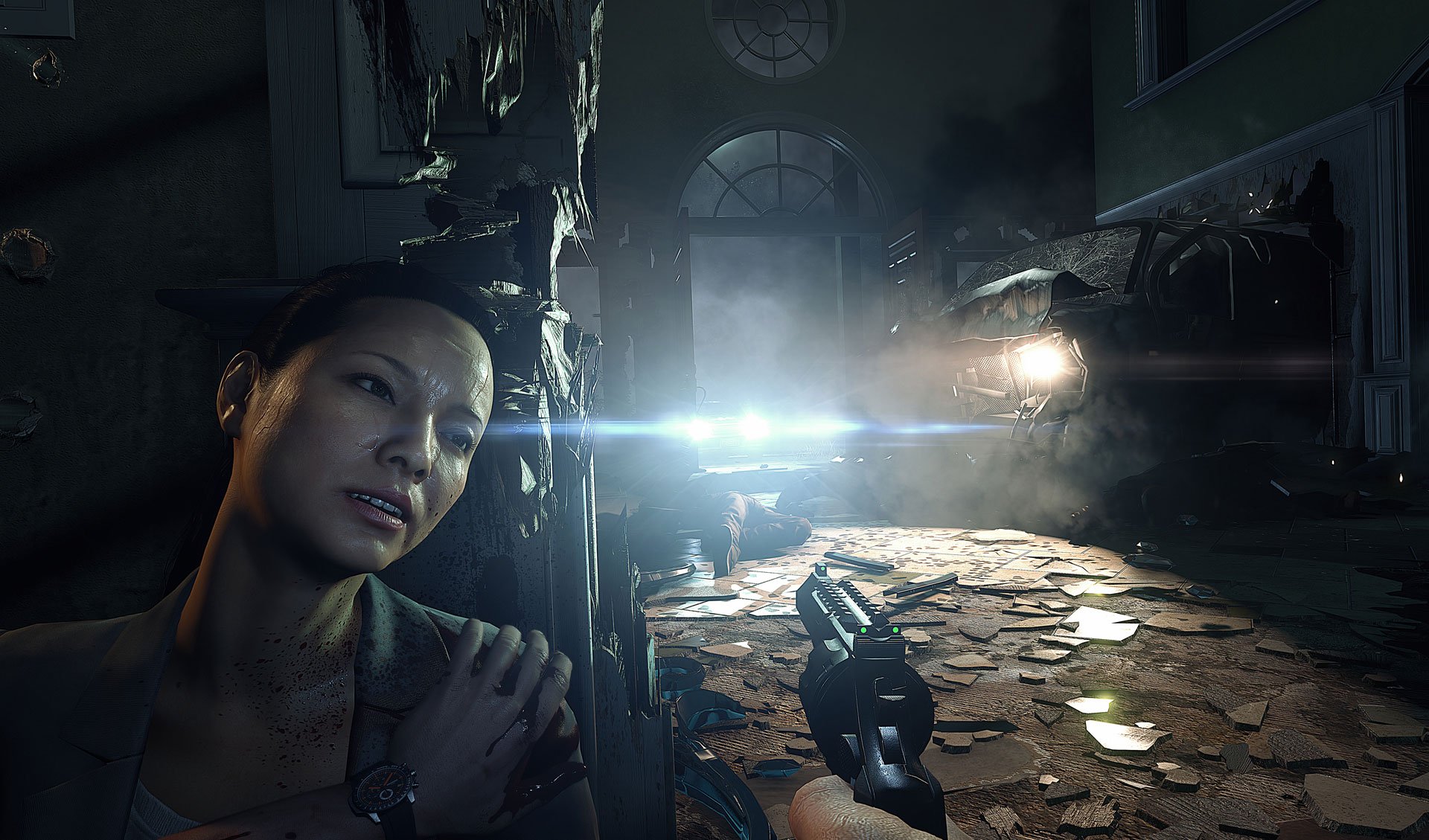
-
battlefield-hardline #31
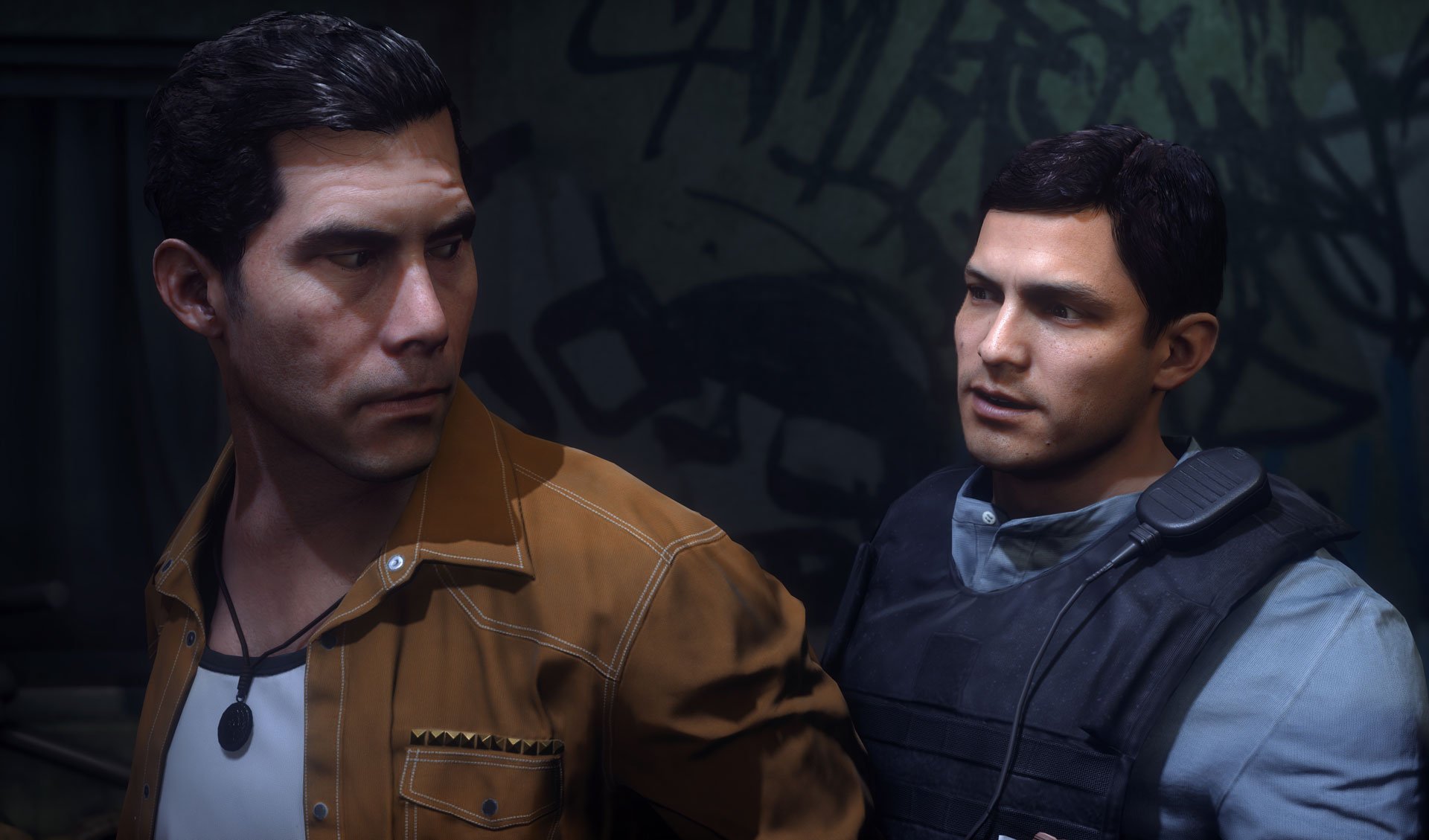
-
battlefield-hardline #32
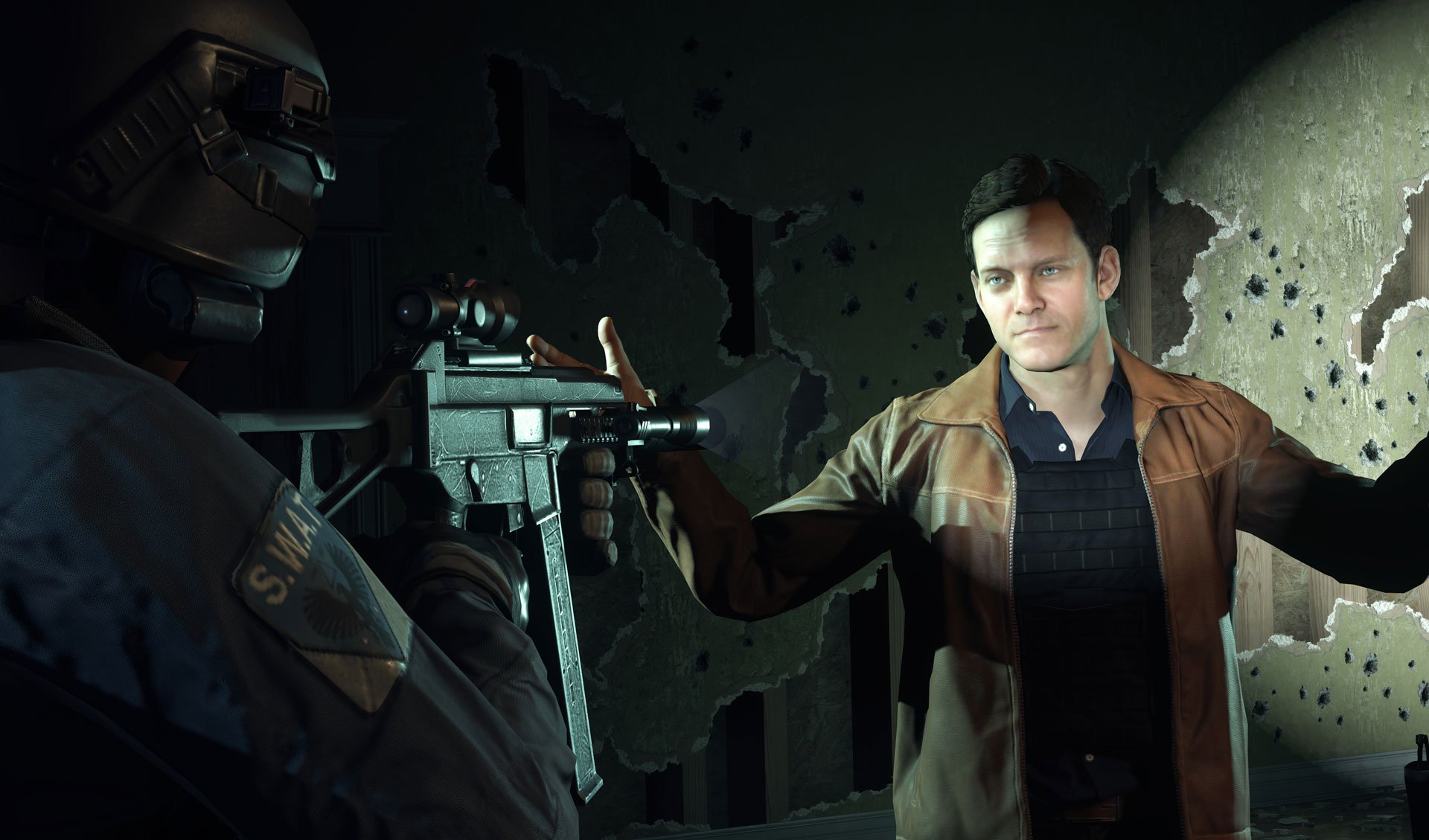
-
battlefield-hardline #33
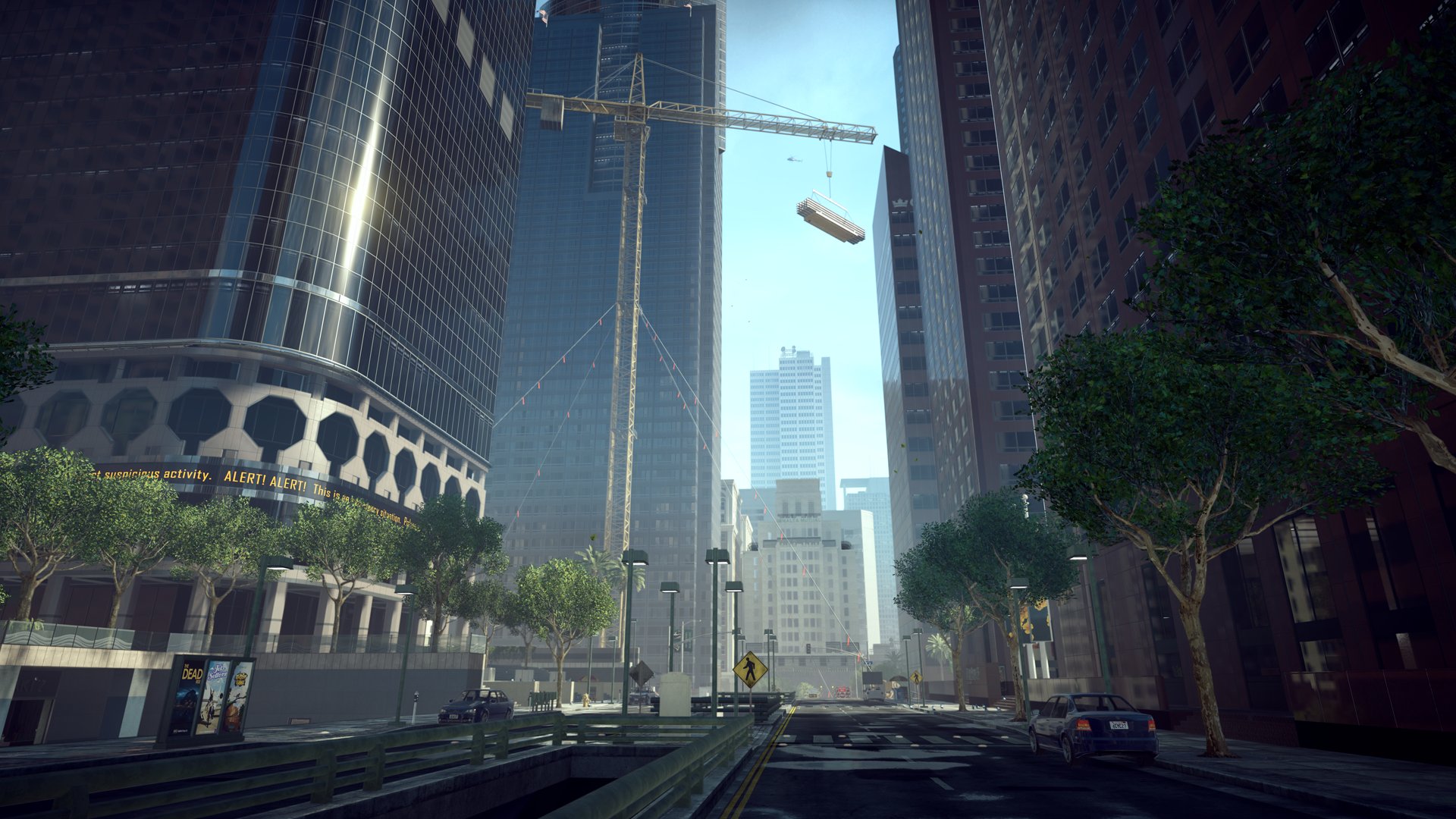
-
battlefield-hardline #34
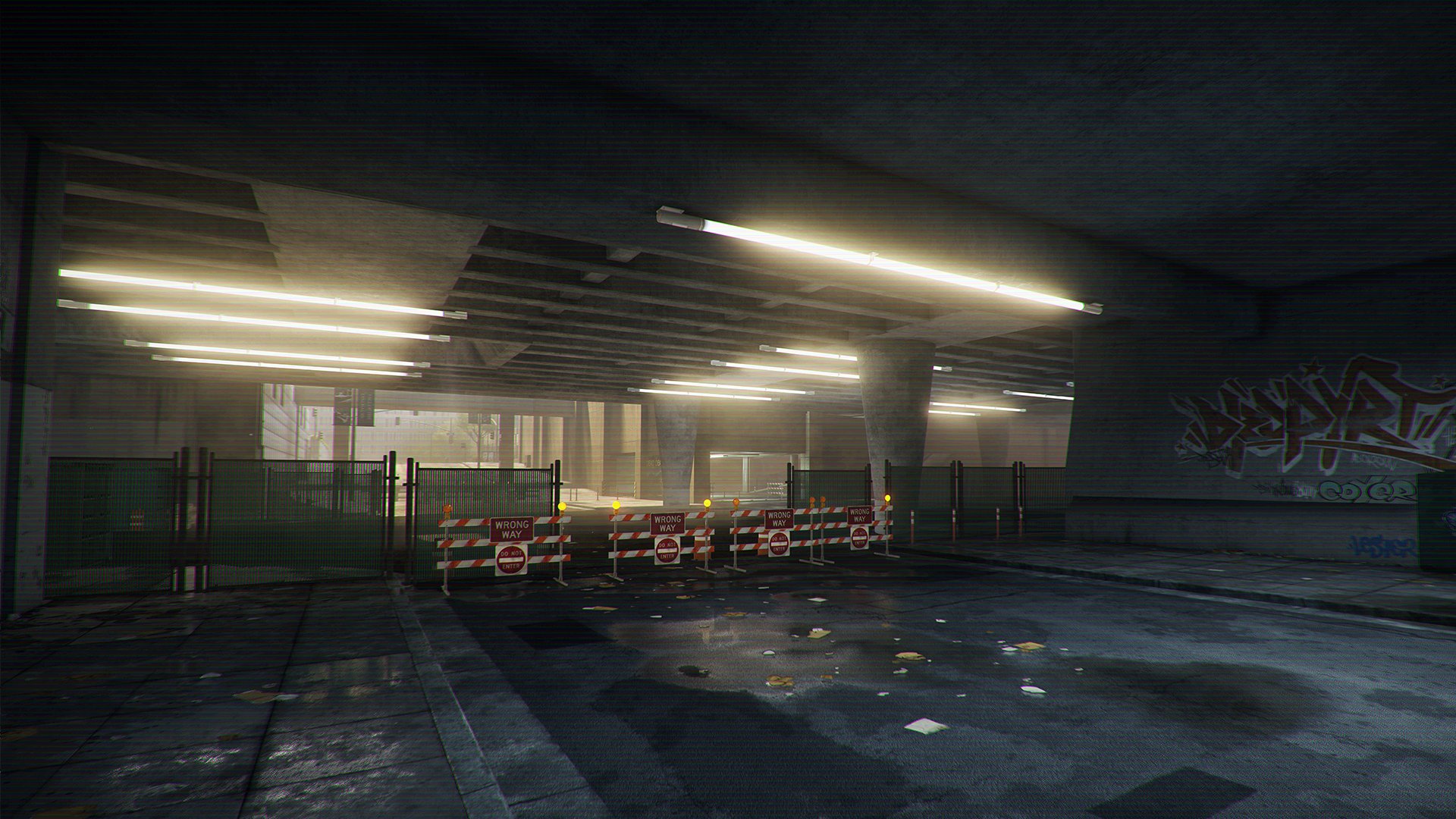
-
battlefield-hardline #35
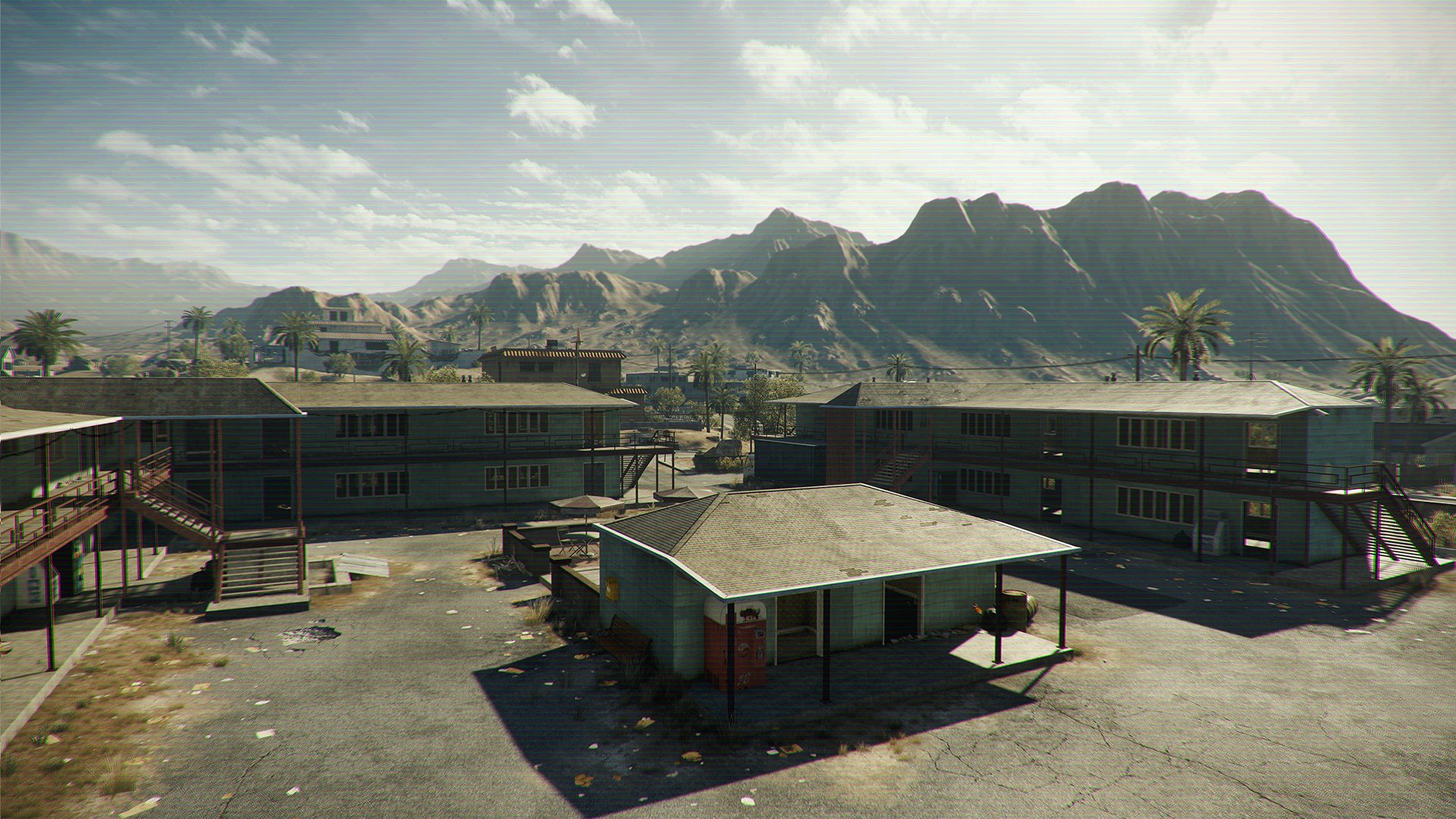
-
battlefield-hardline #36
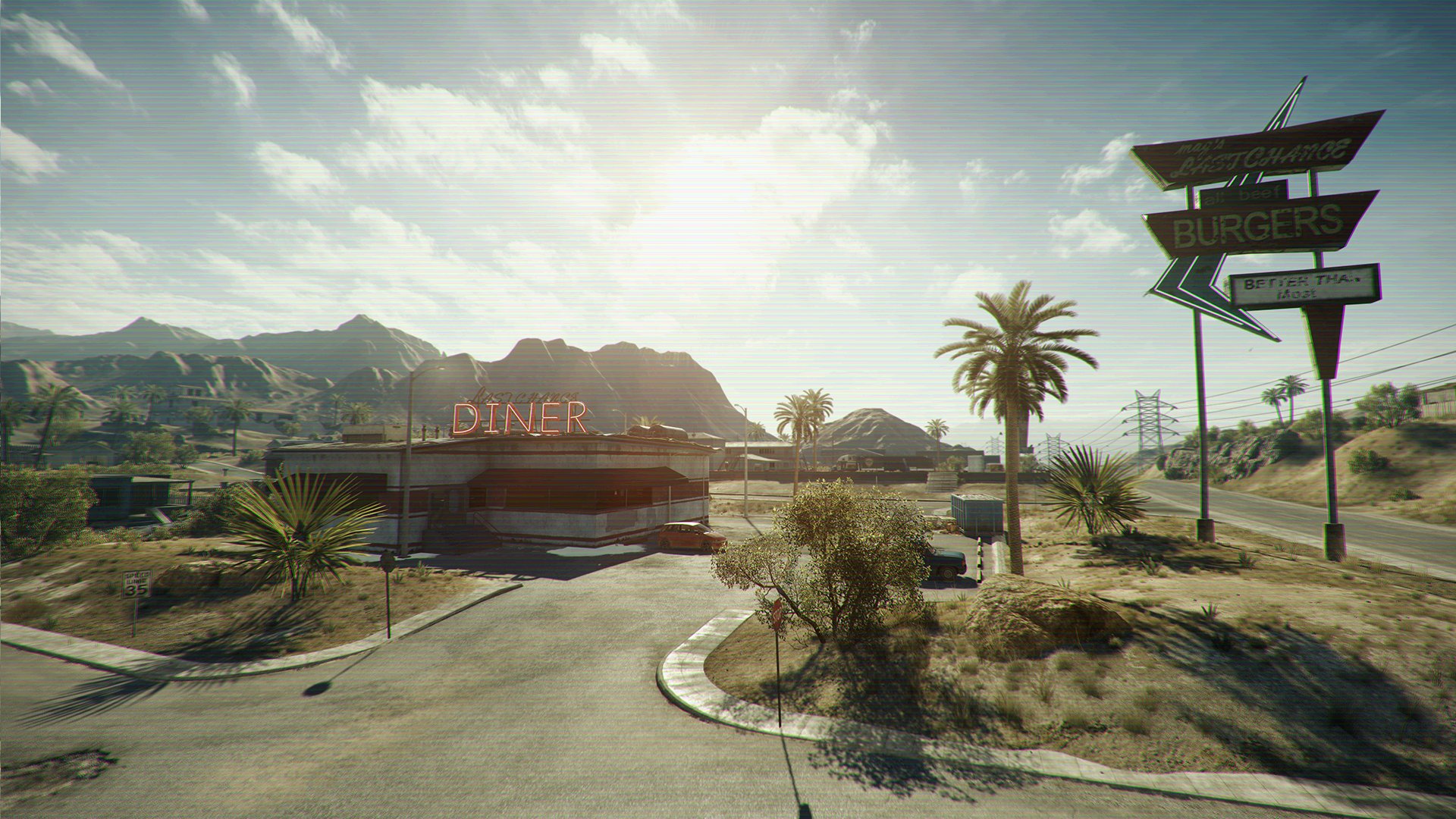
-
battlefield-hardline #37

-
battlefield-hardline #38
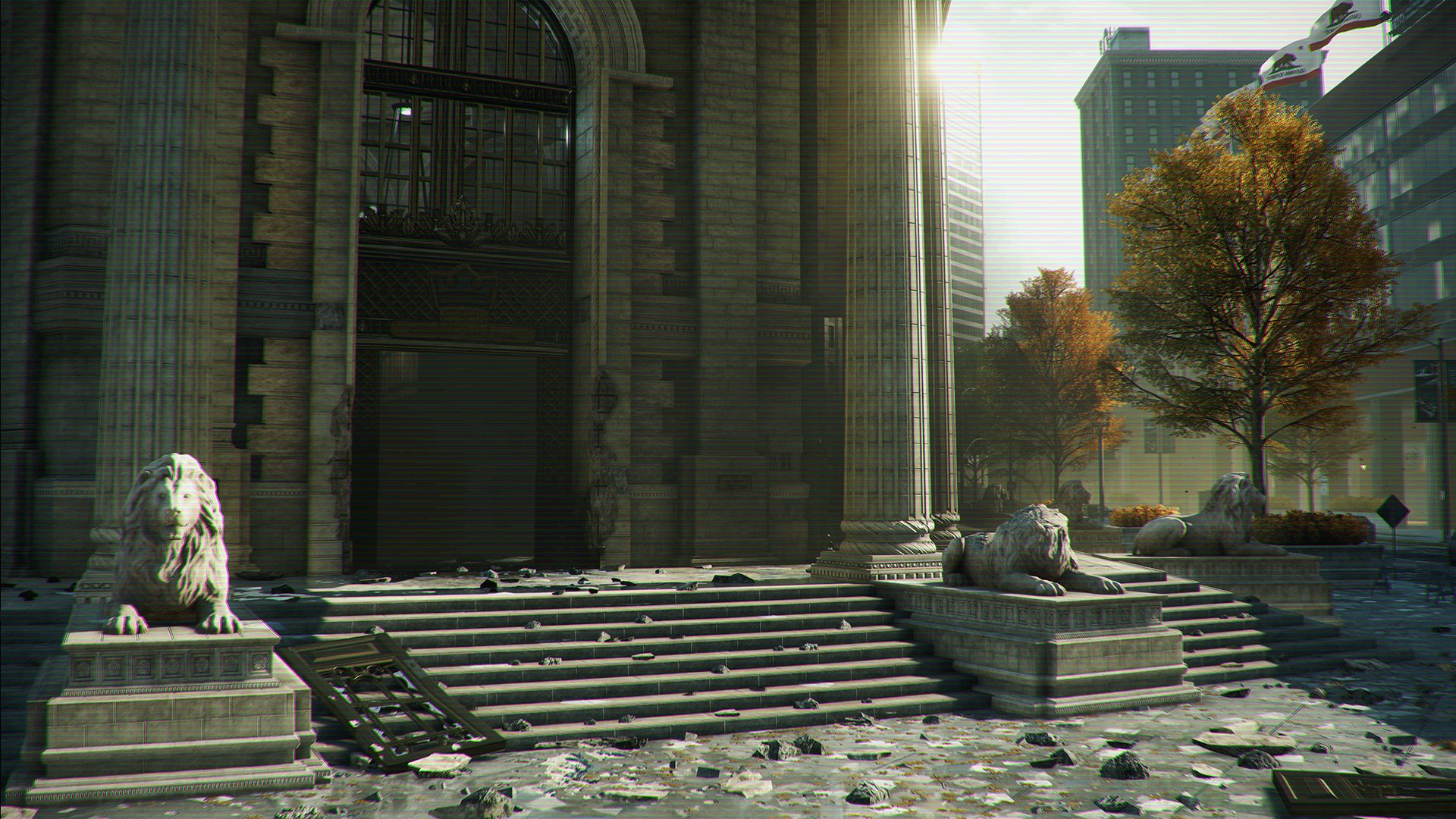
-
battlefield-hardline #39
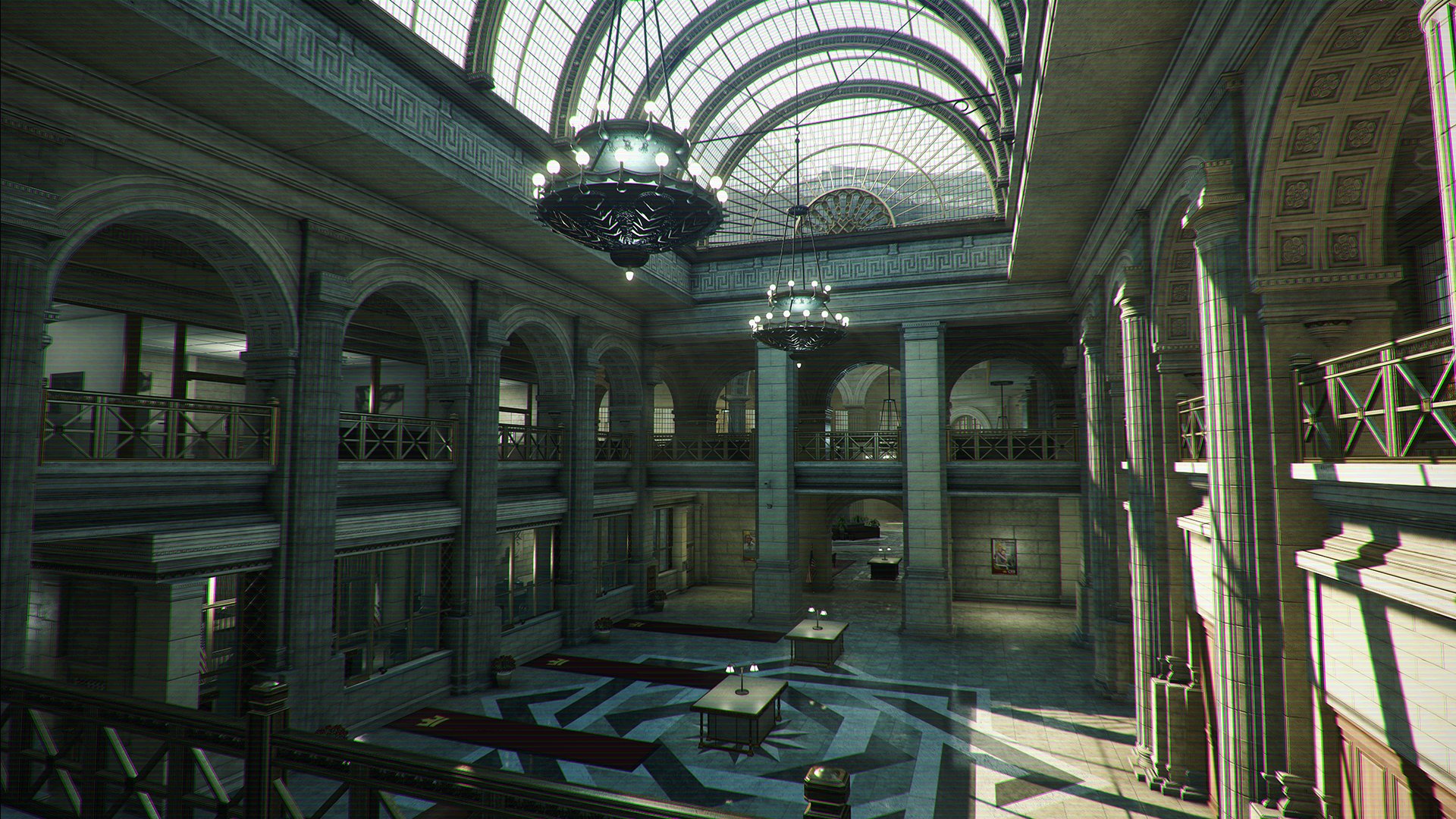
-
battlefield-hardline #40
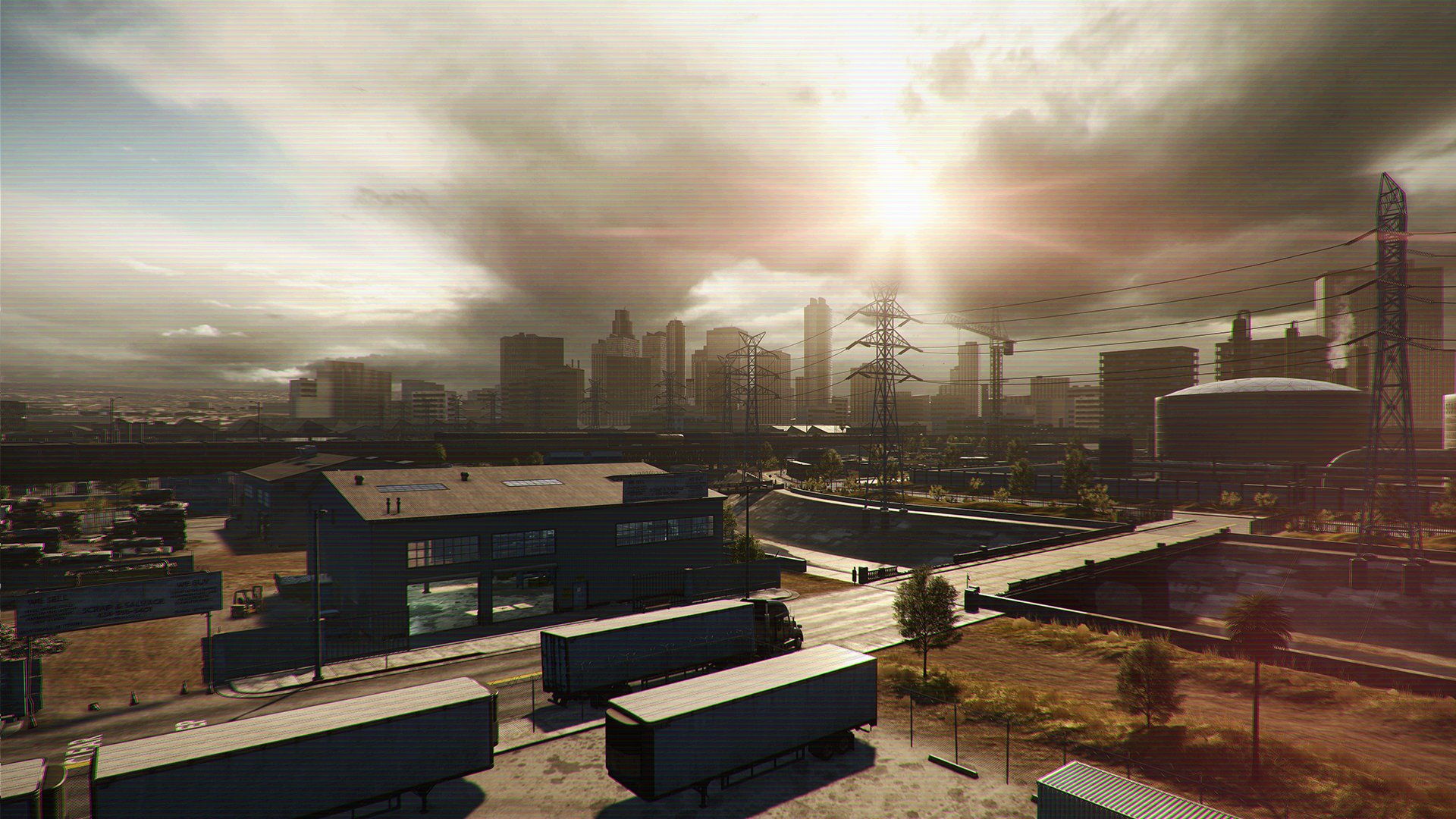
-
battlefield-hardline #41
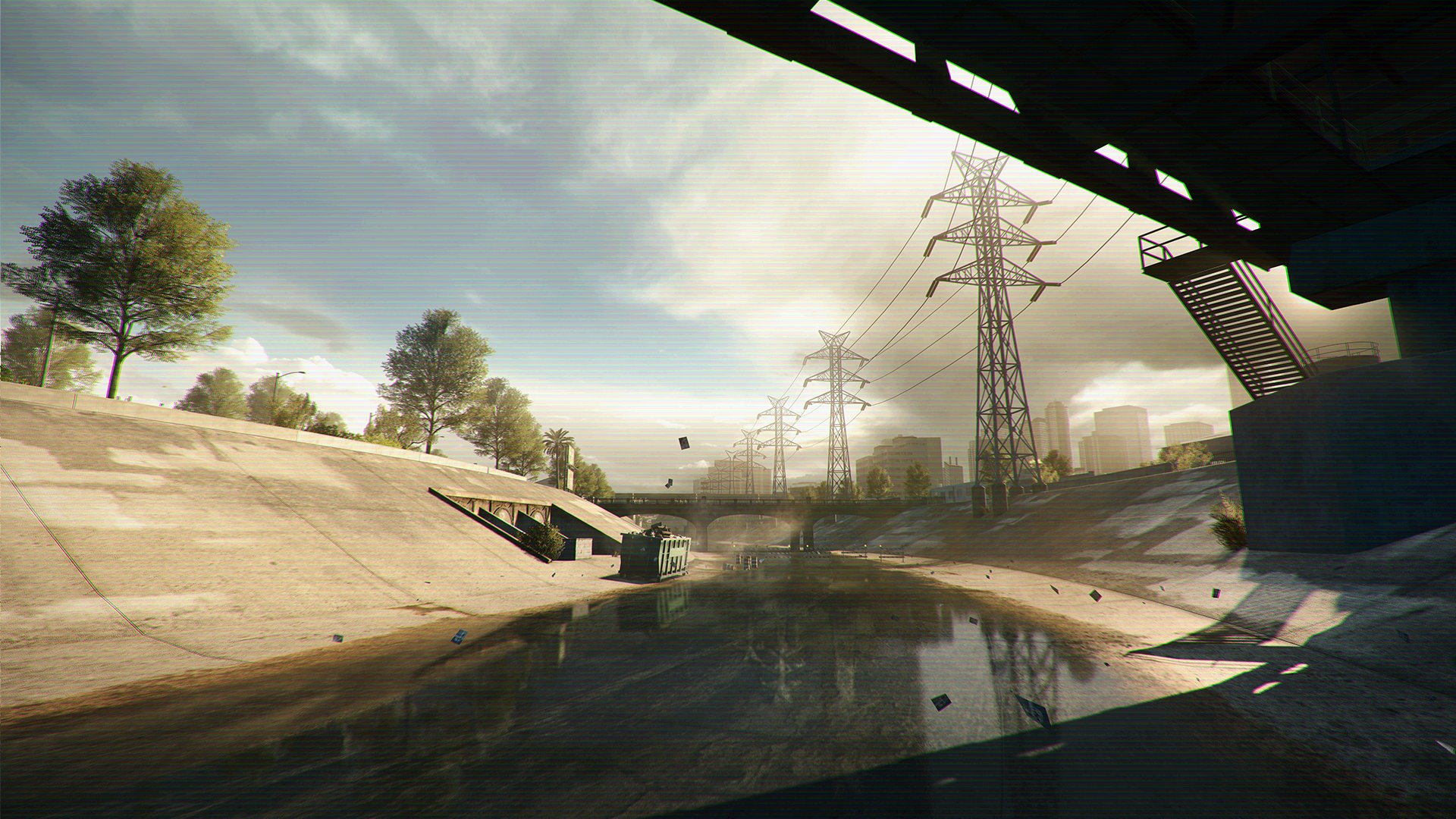
-
battlefield-hardline #42
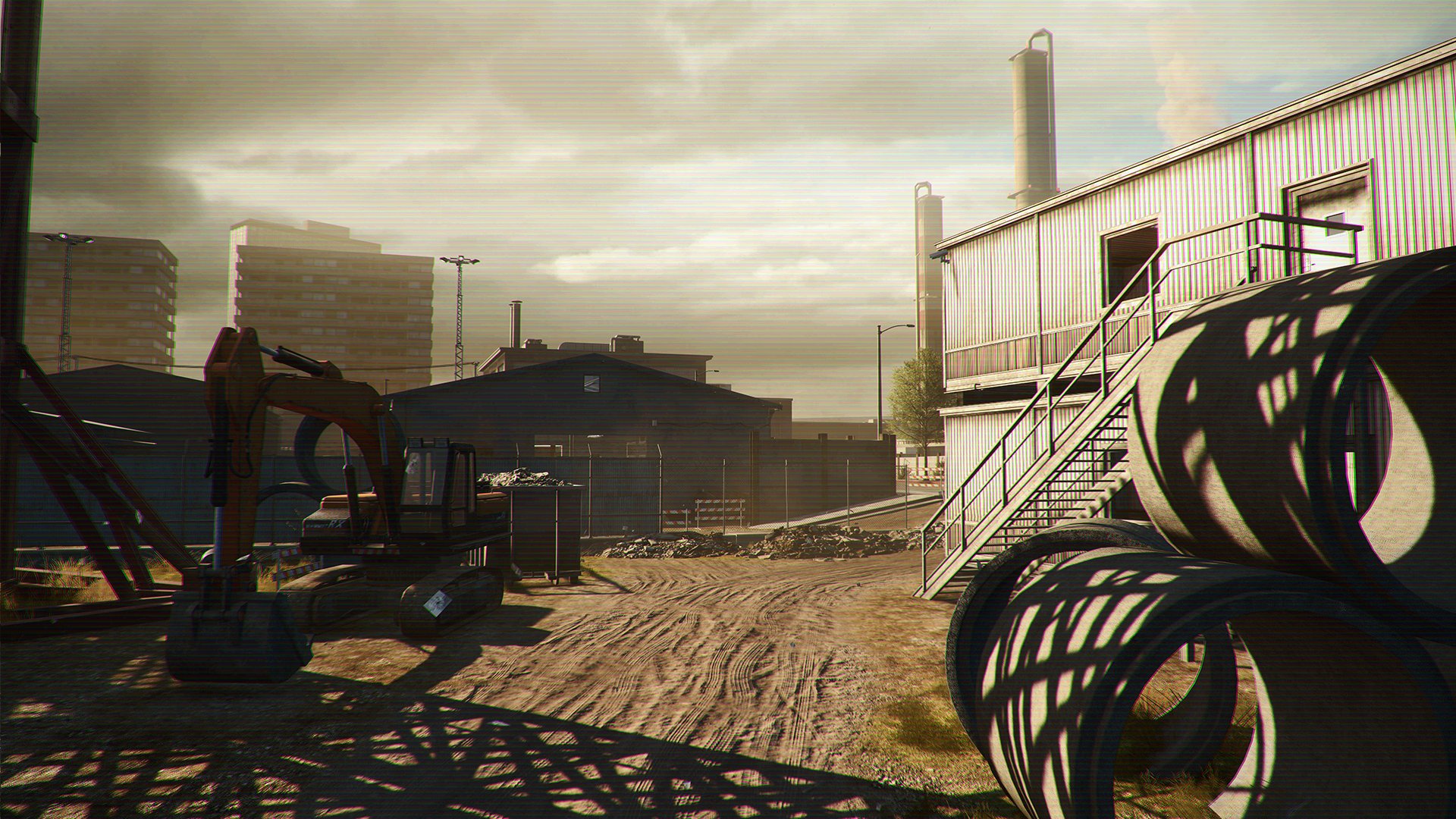
-
battlefield-hardline #43
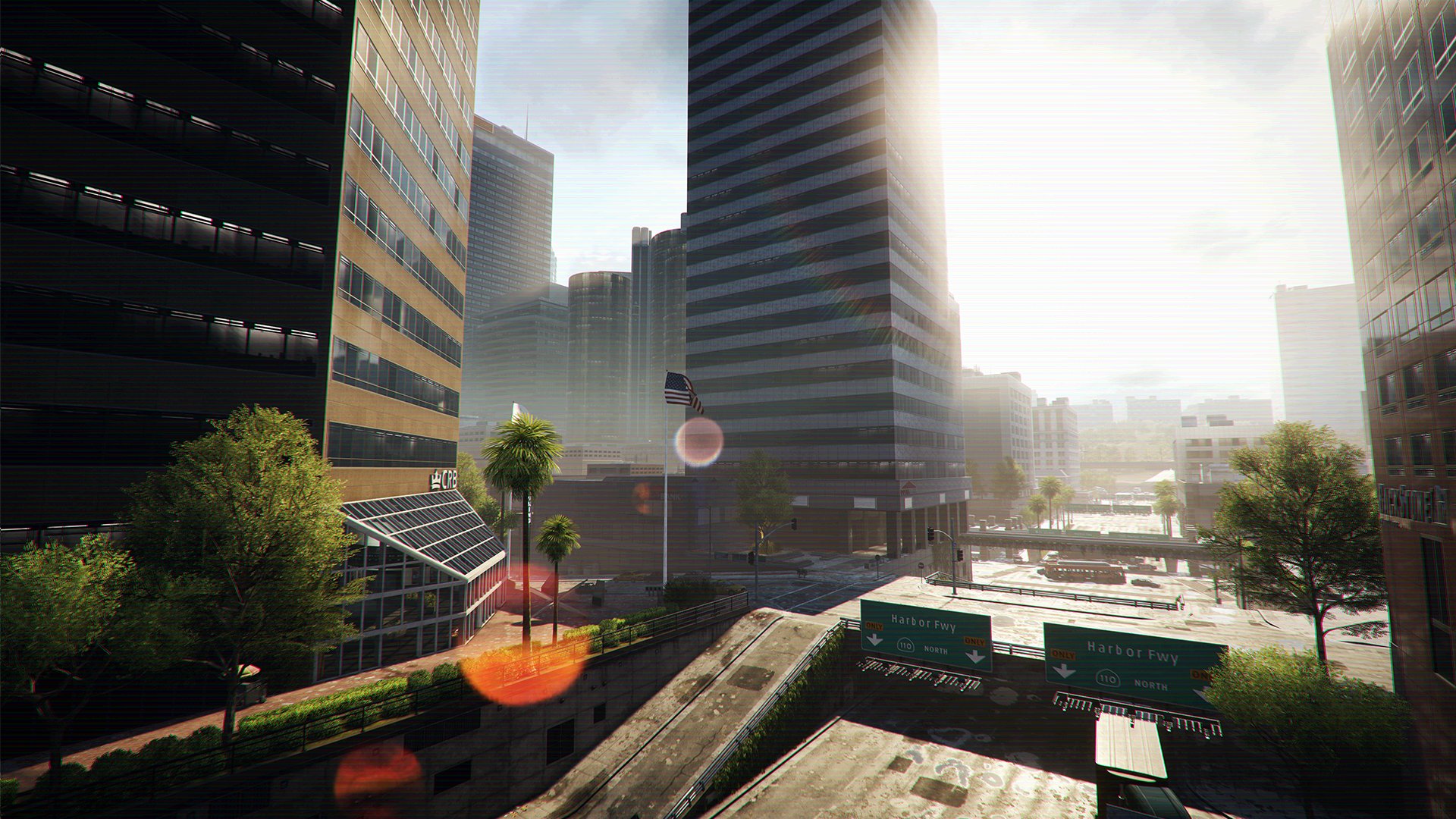
-
battlefield-hardline #44
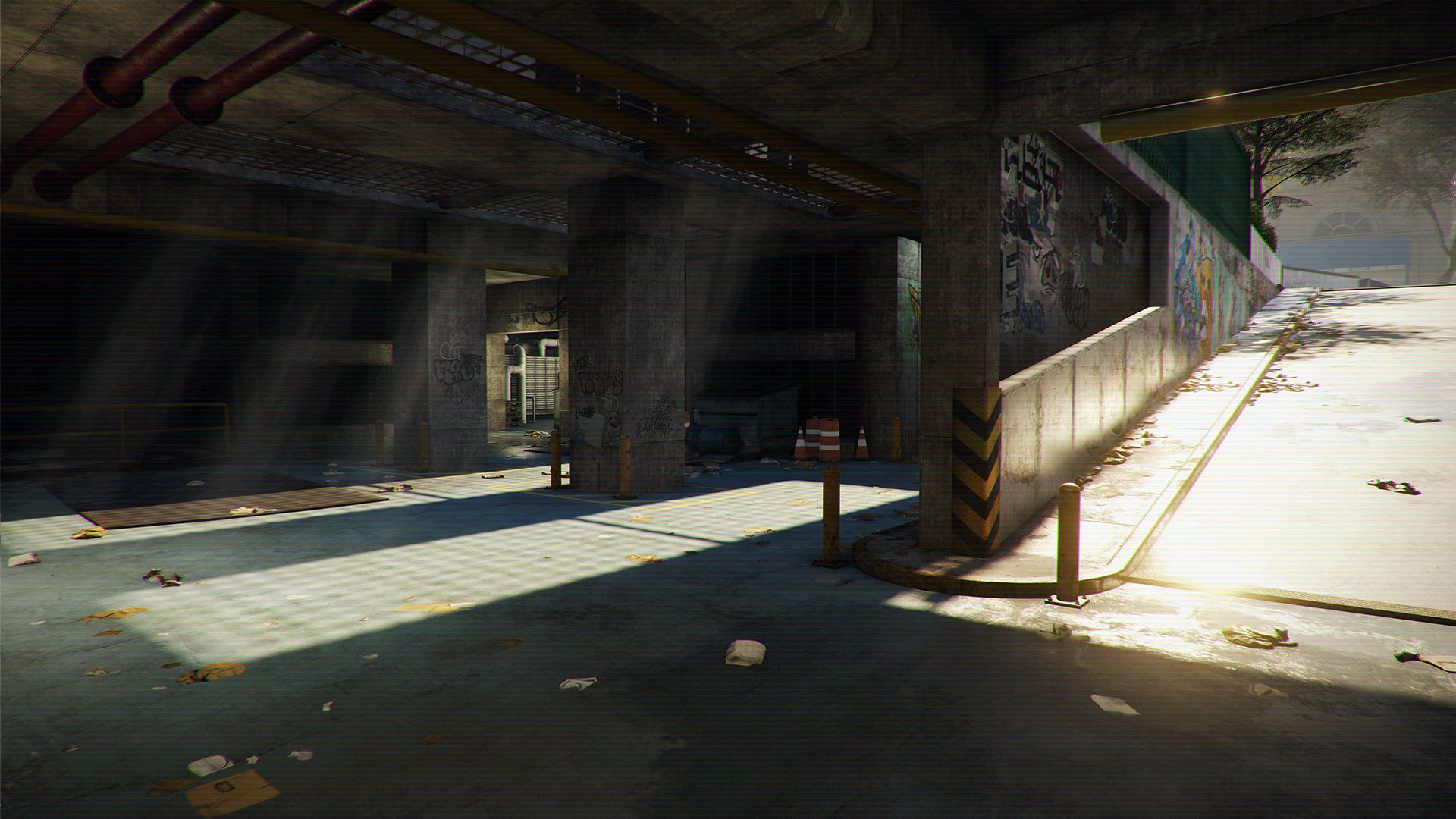
-
battlefield-hardline #45
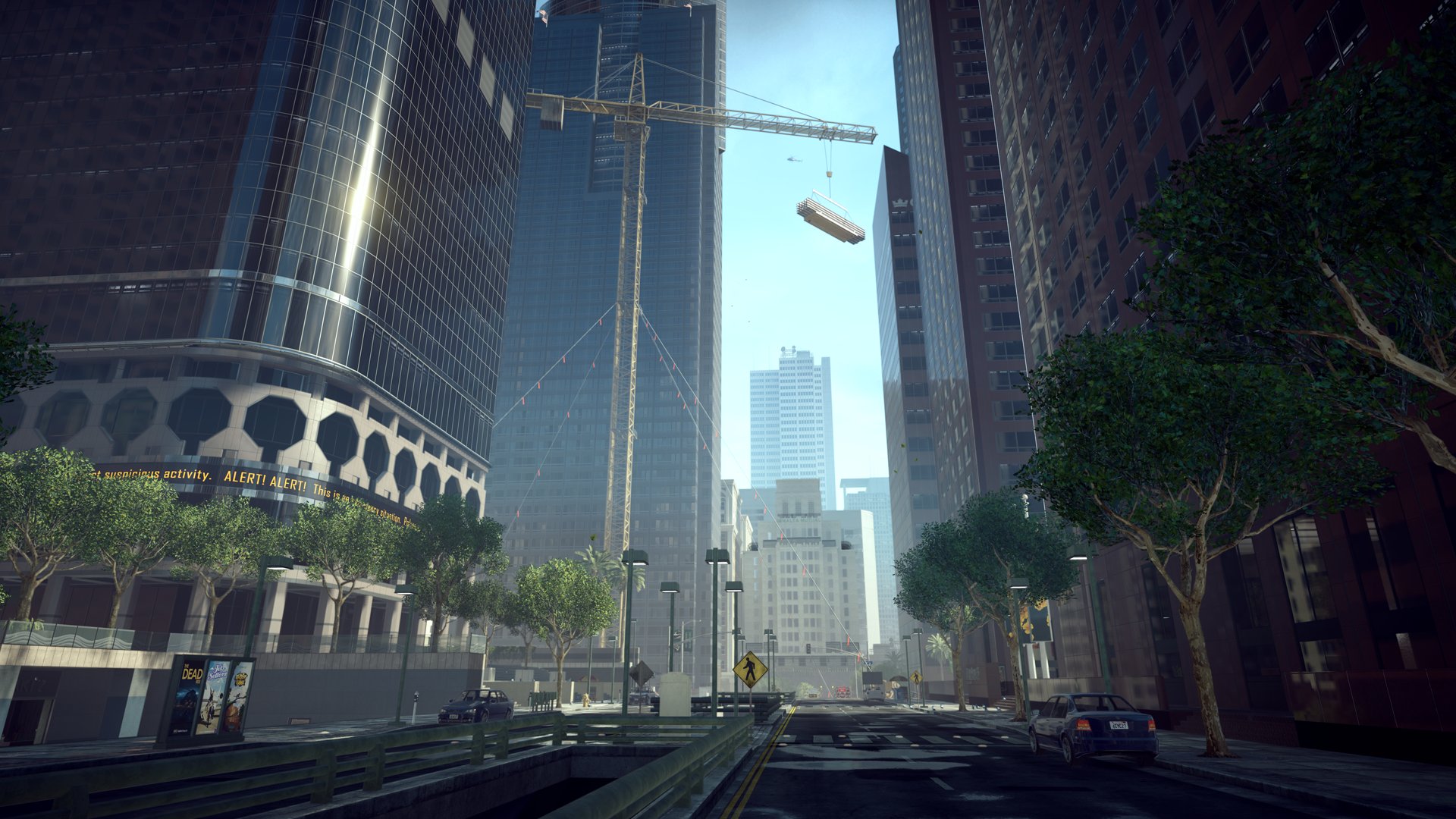
-
battlefield-hardline #46
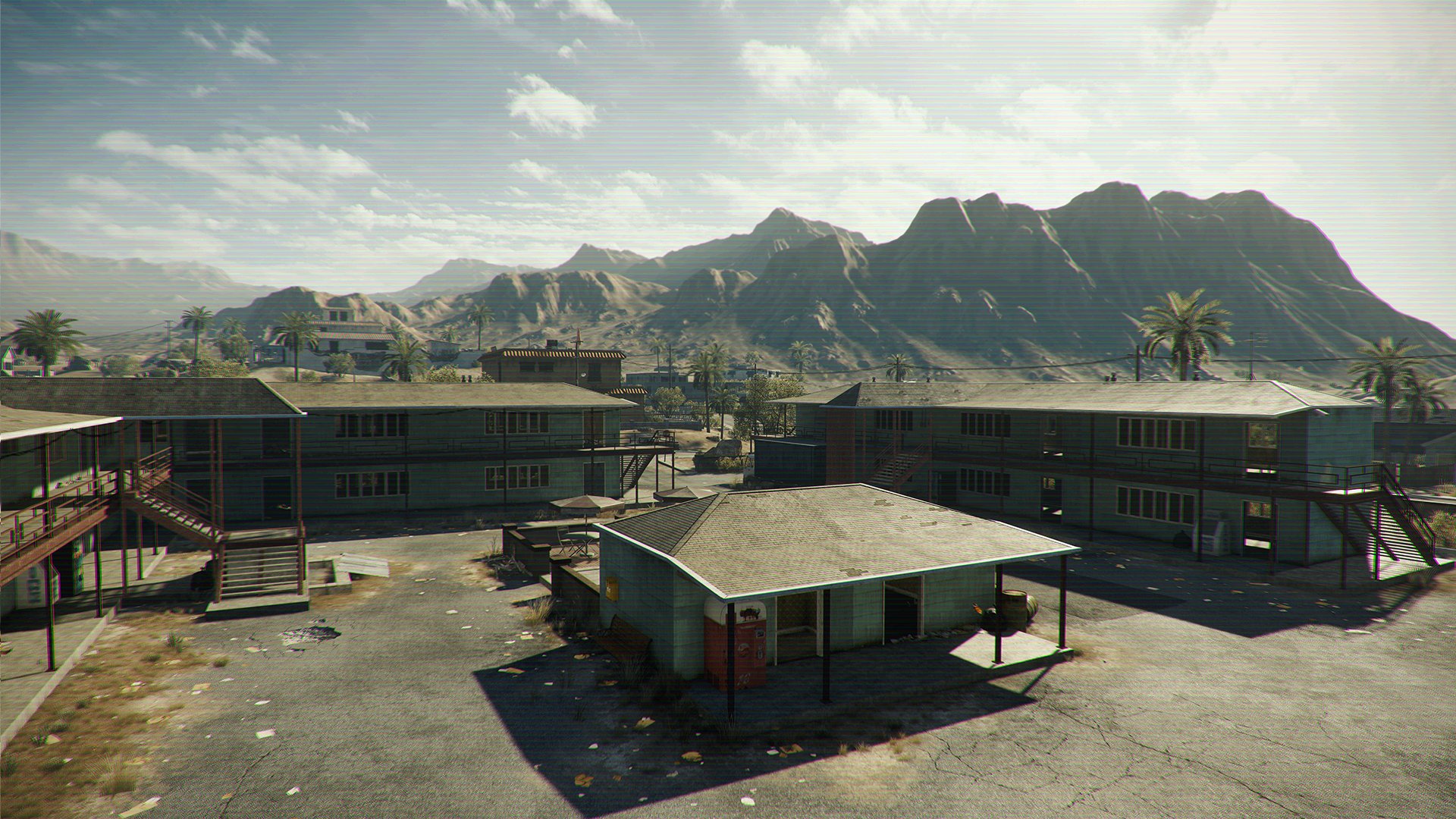
-
battlefield-hardline #47
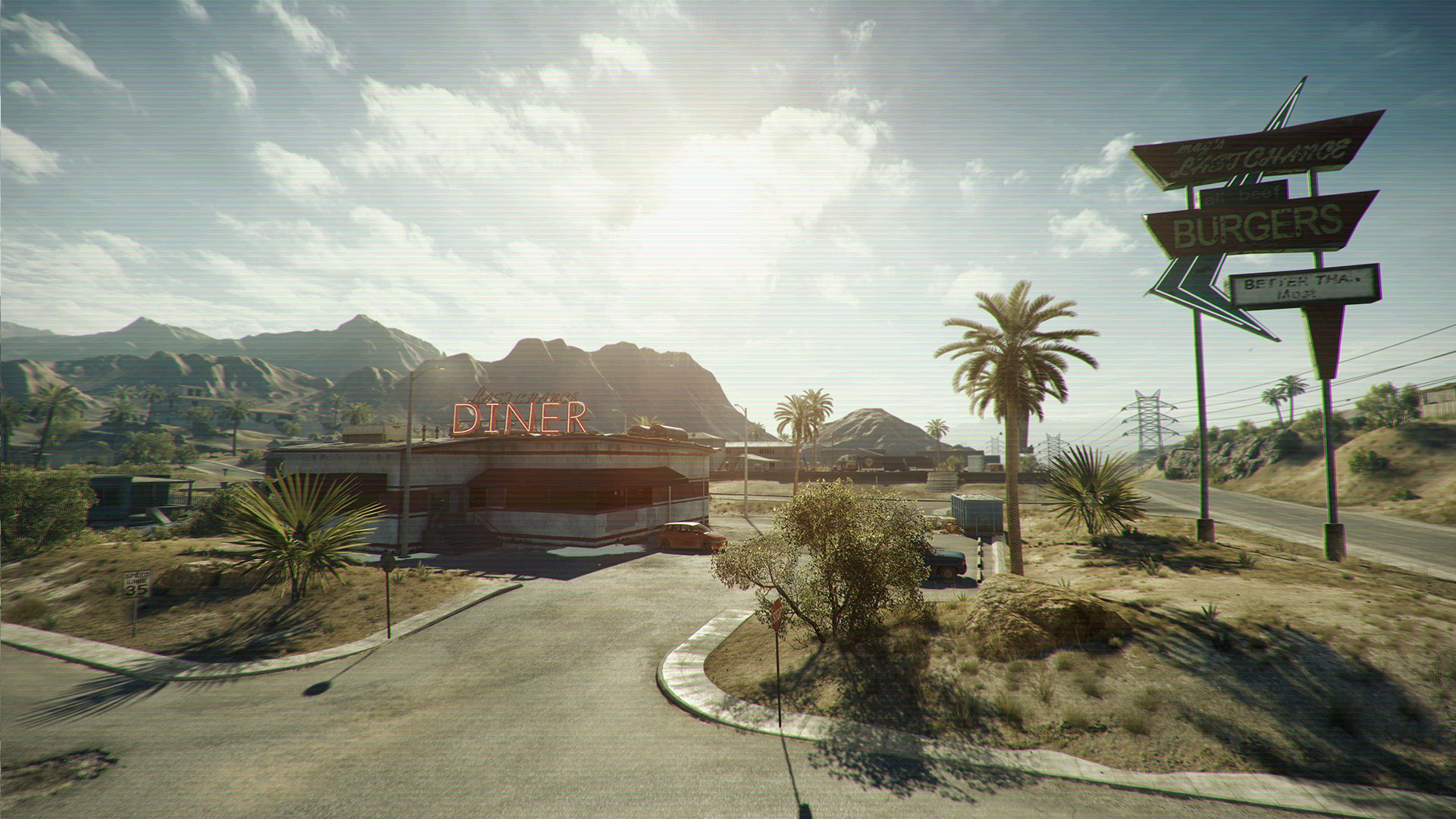
-
battlefield-hardline #48
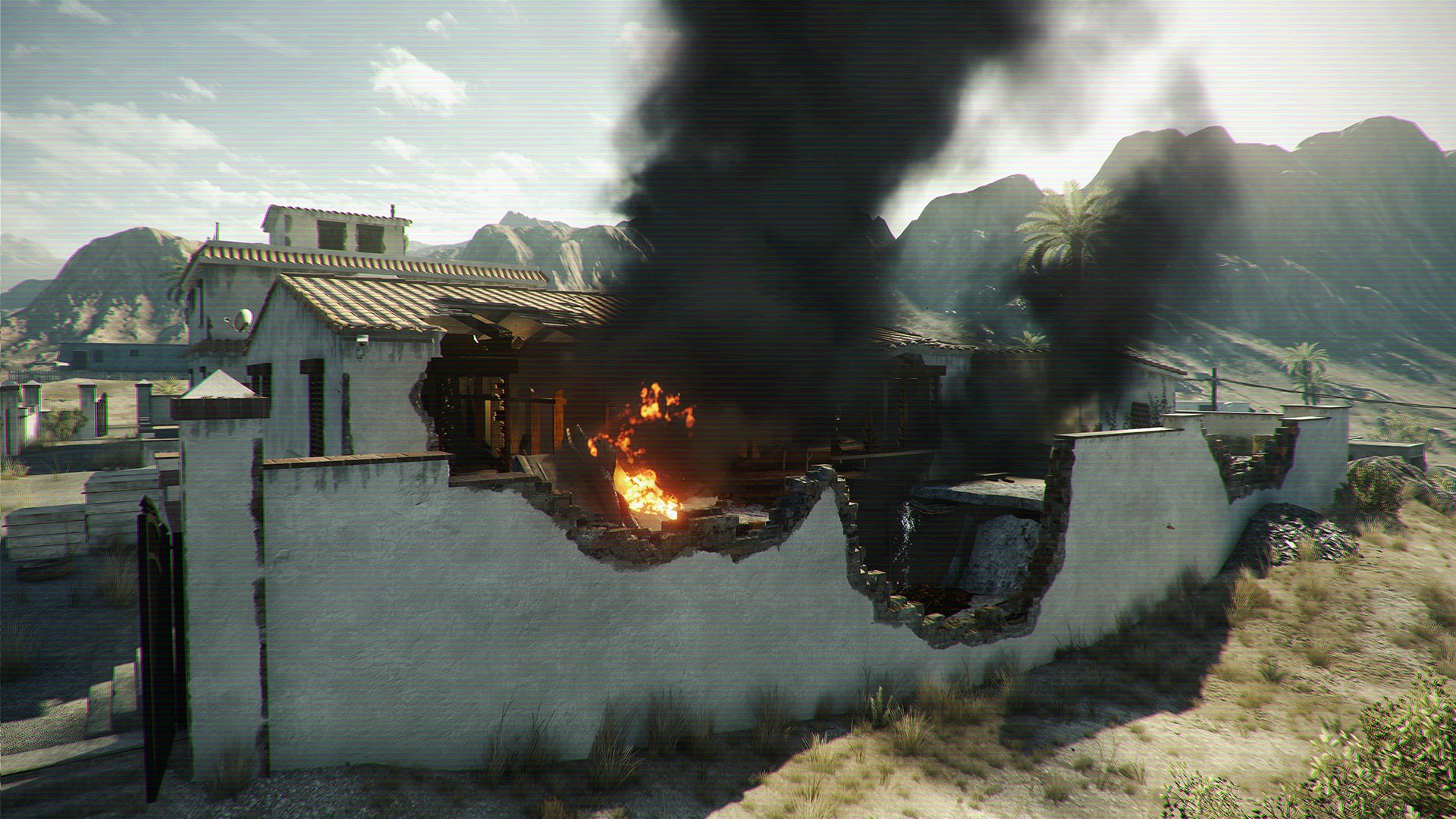
-
battlefield-hardline #49
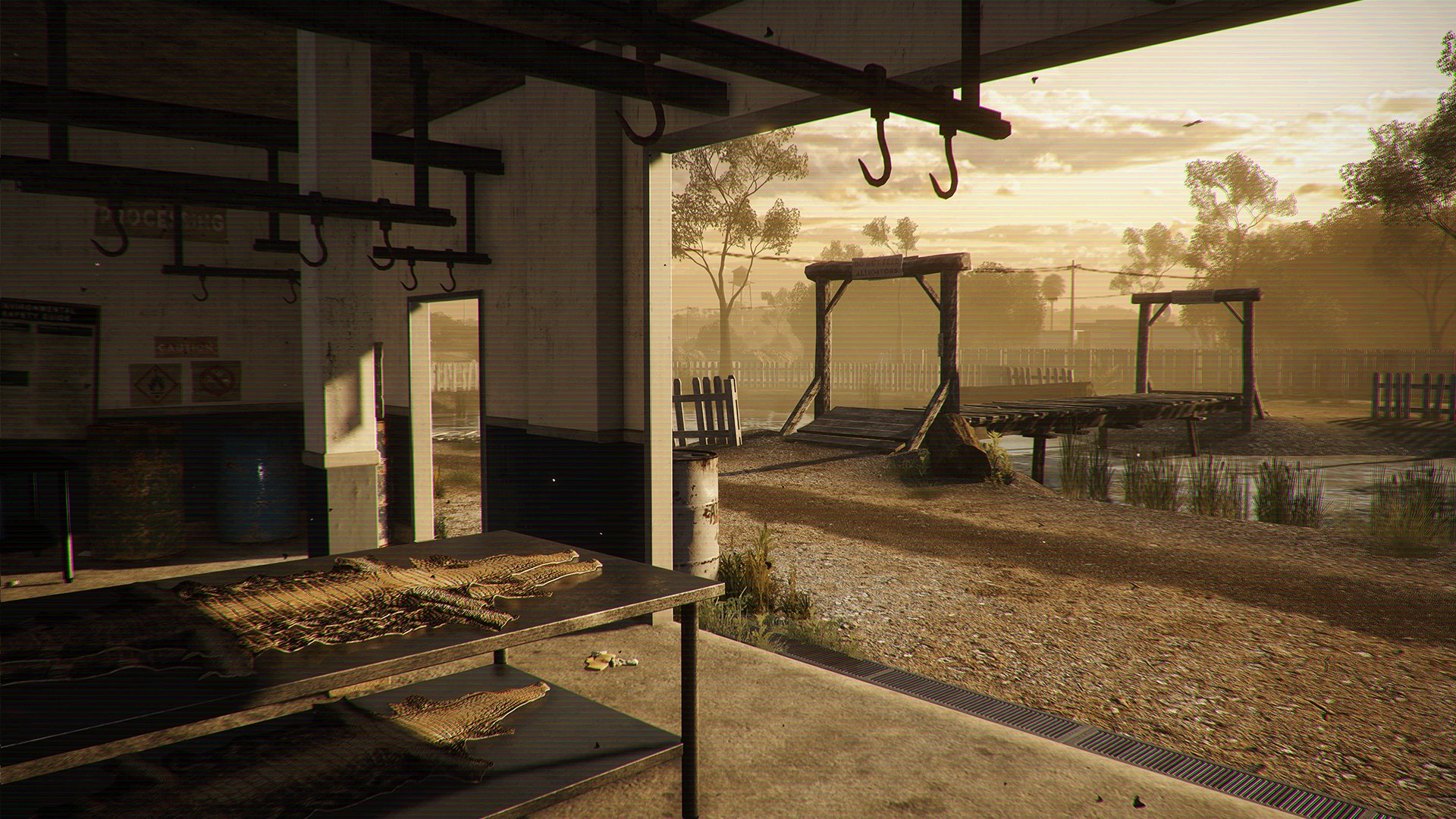
-
battlefield-hardline #50
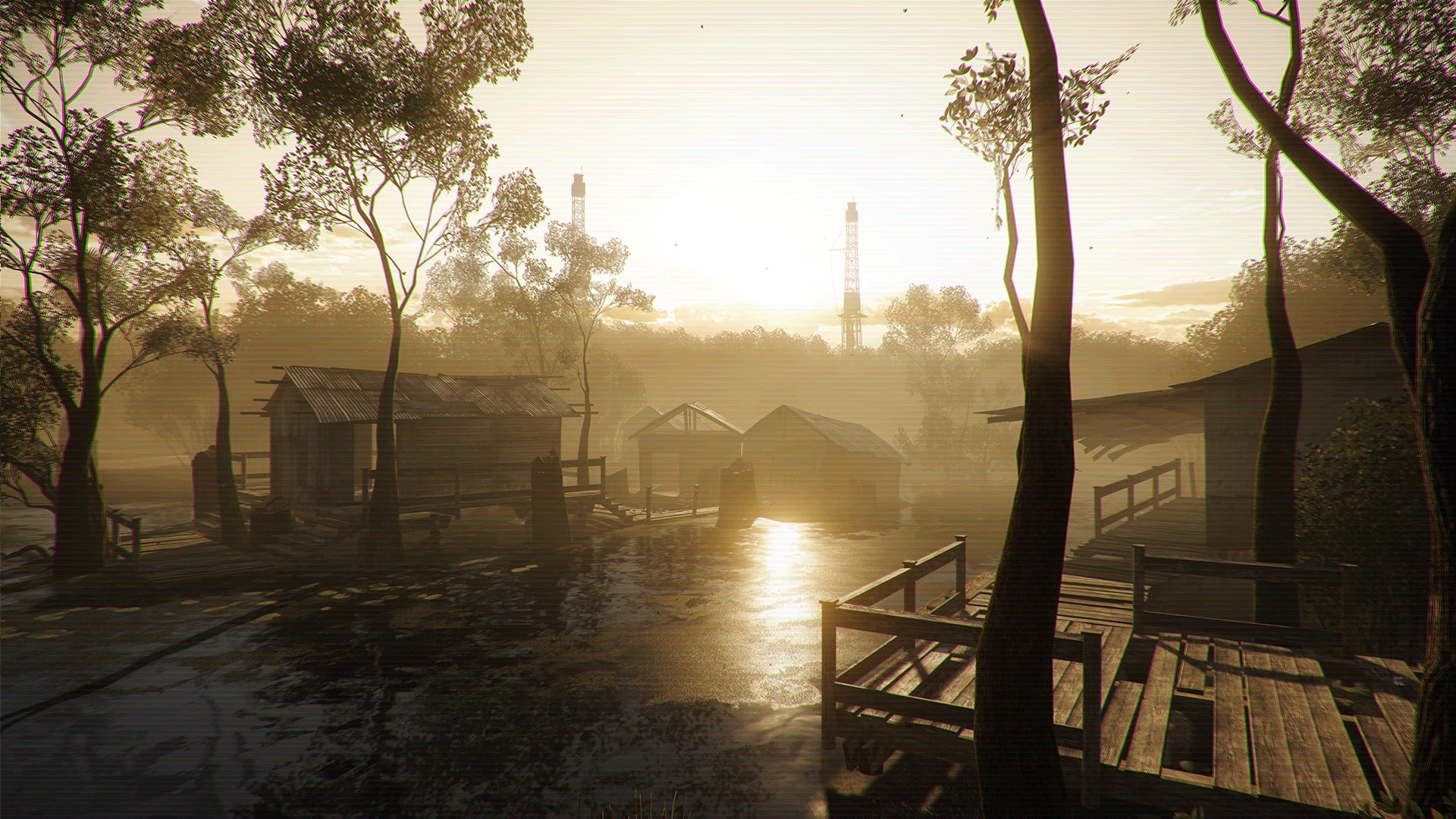
-
battlefield-hardline #51
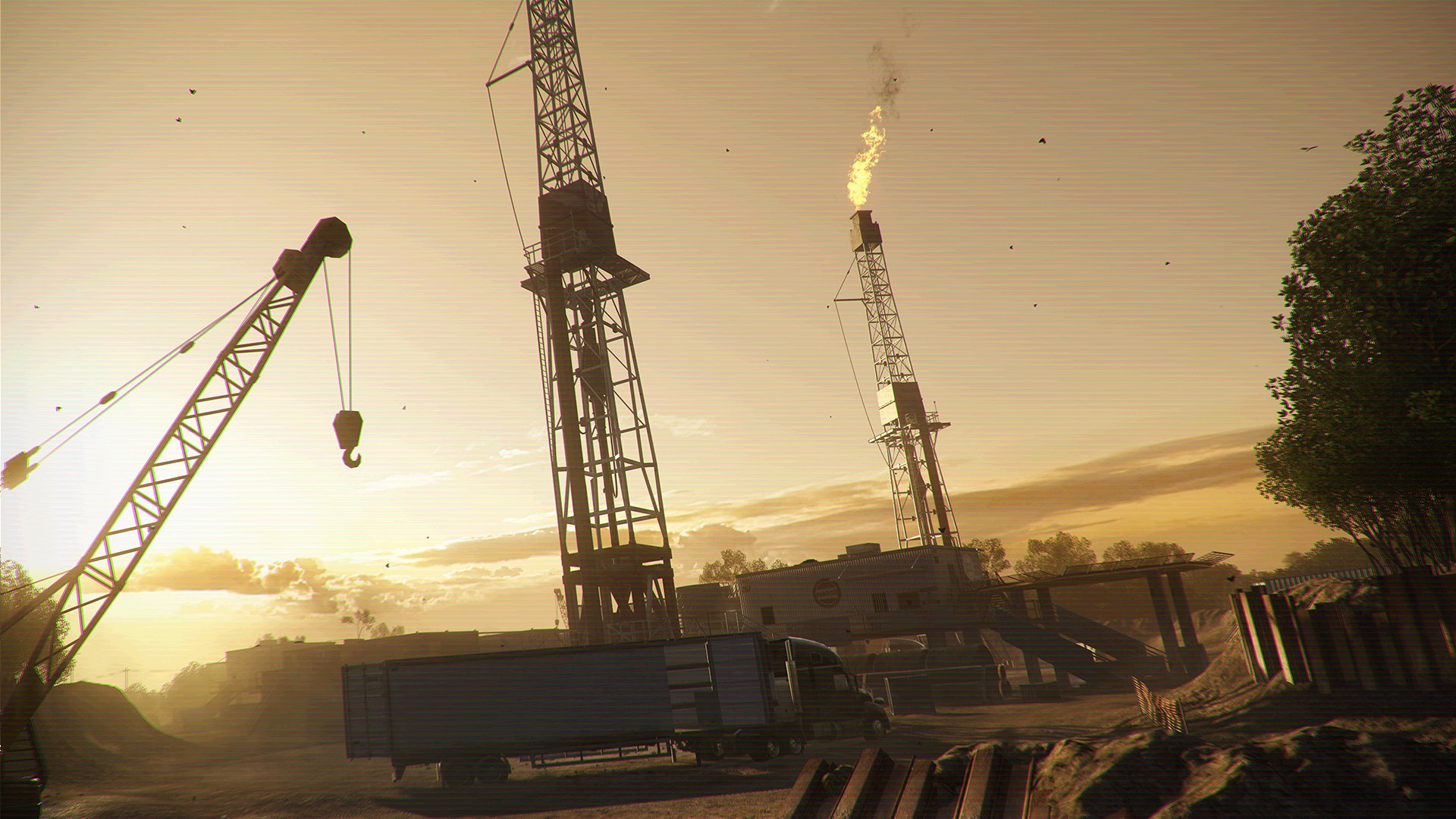
-
battlefield-hardline #52
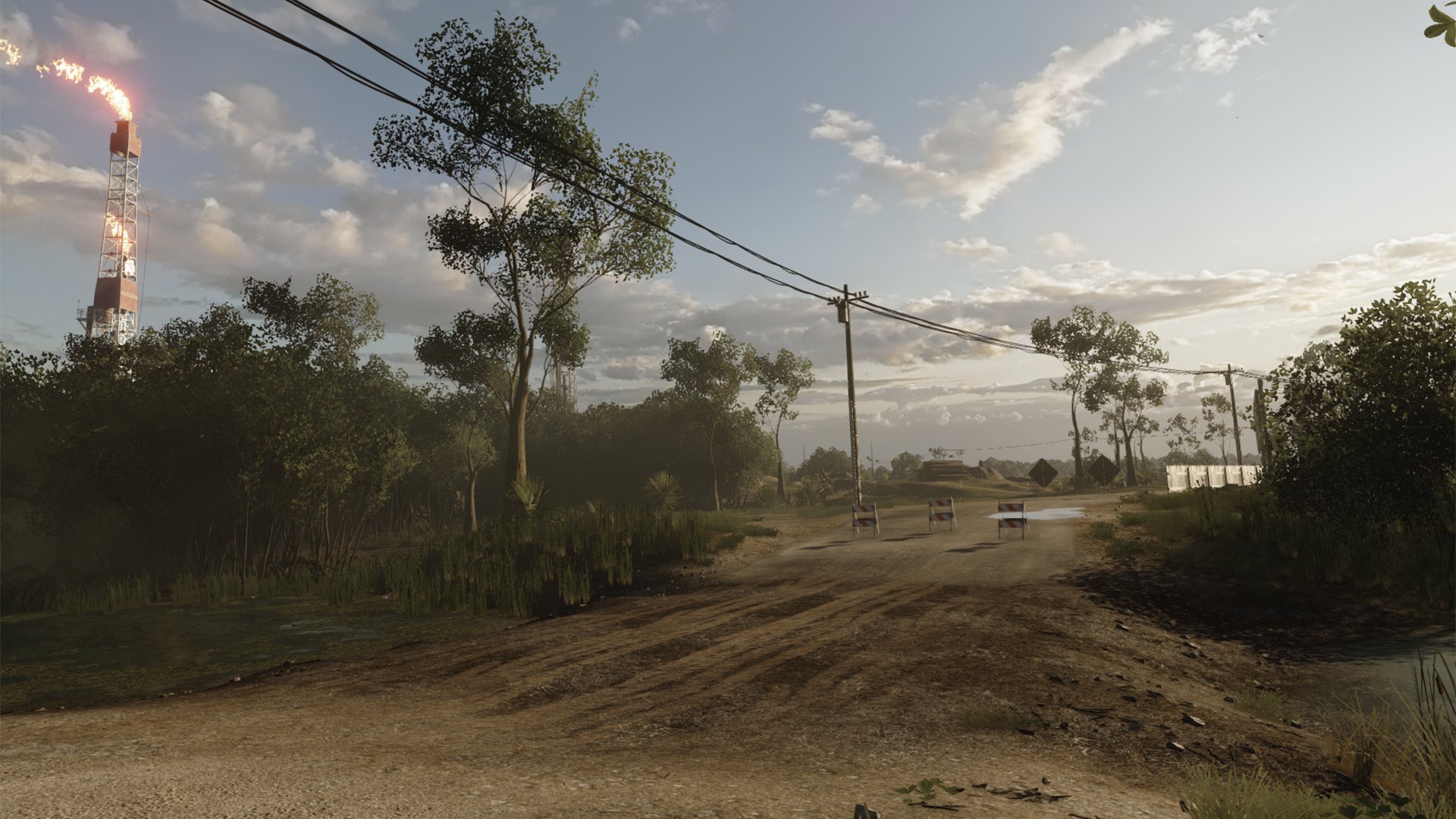
-
battlefield-hardline #53
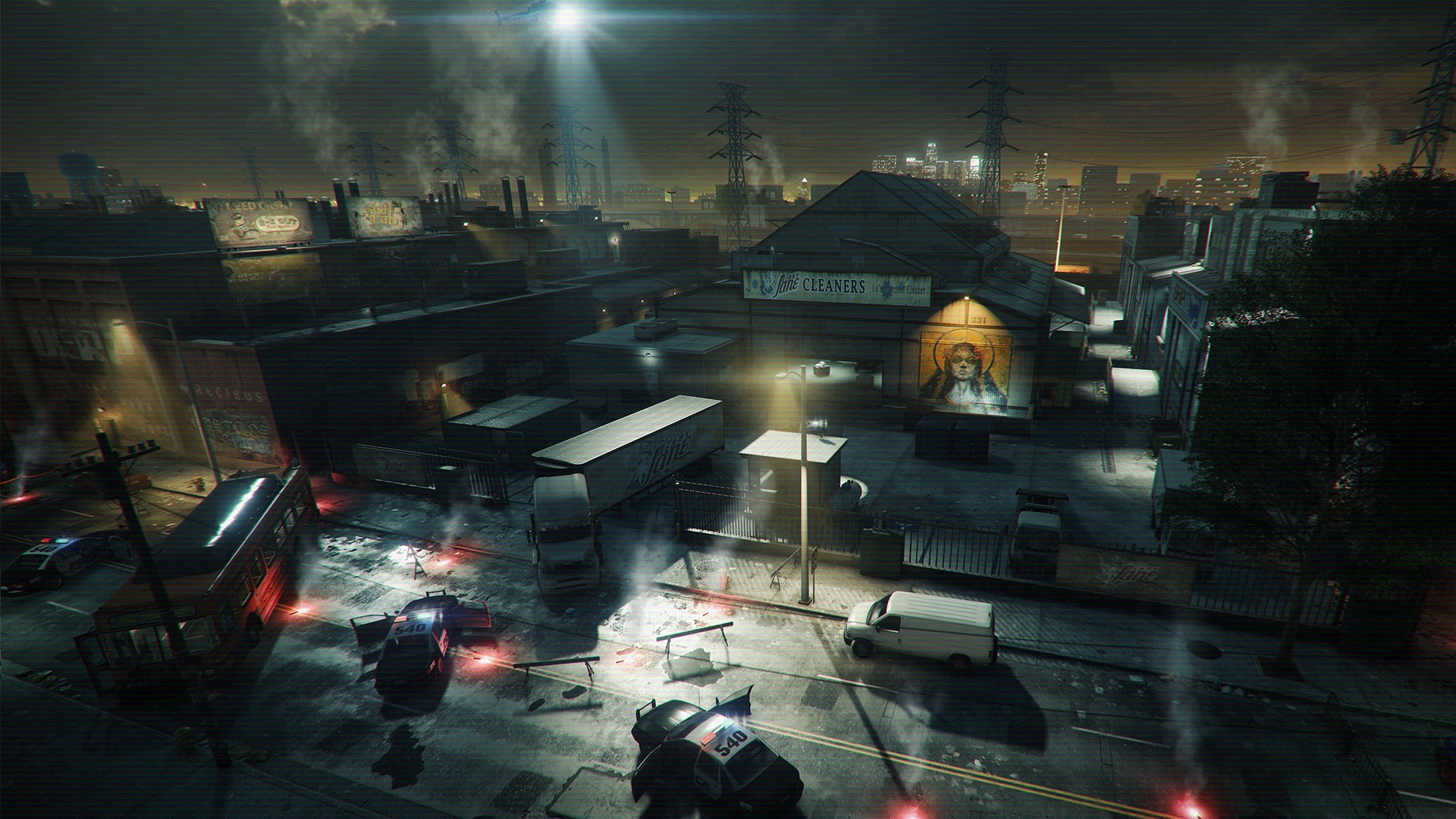
-
battlefield-hardline #54
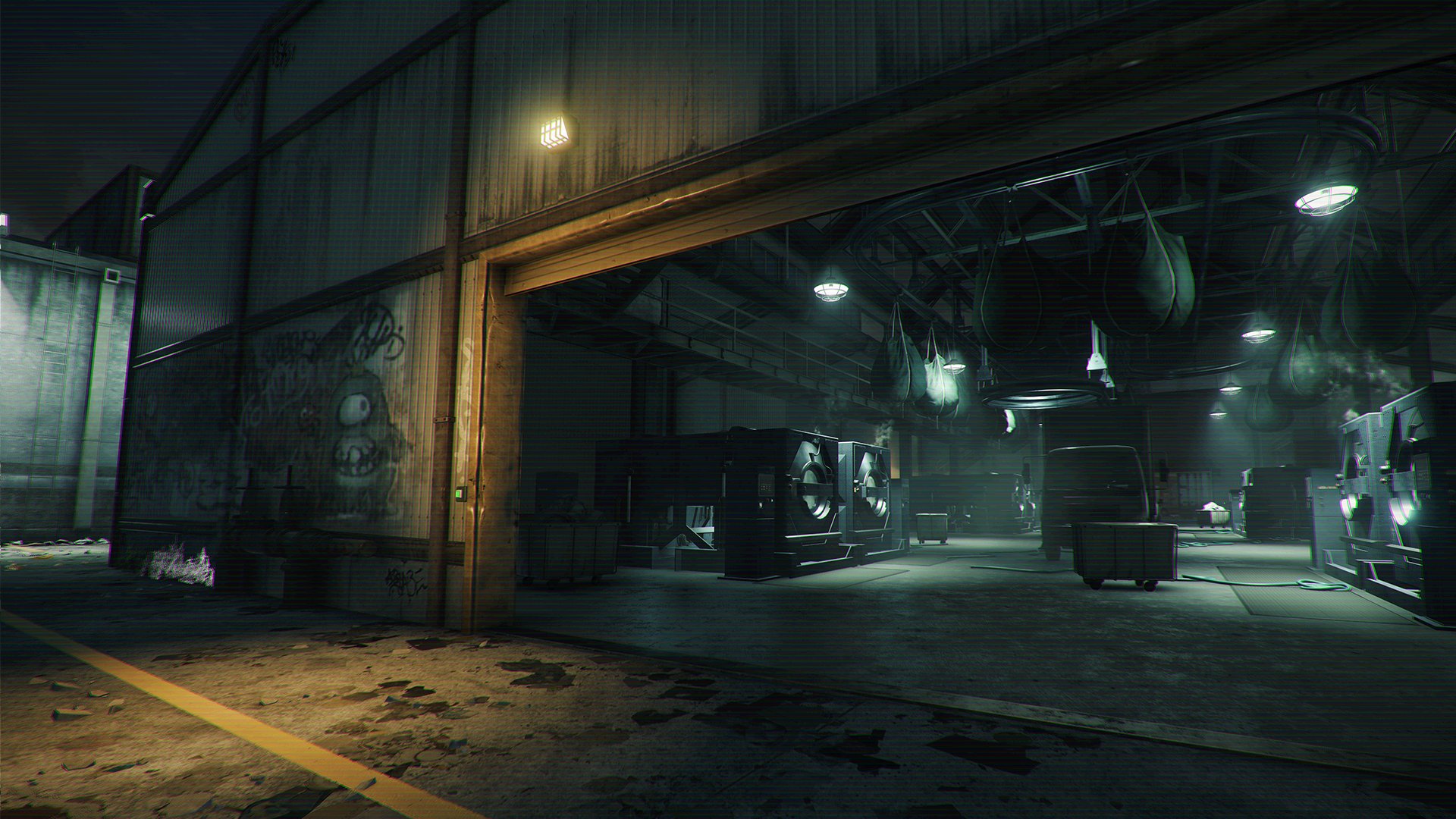
-
battlefield-hardline #55
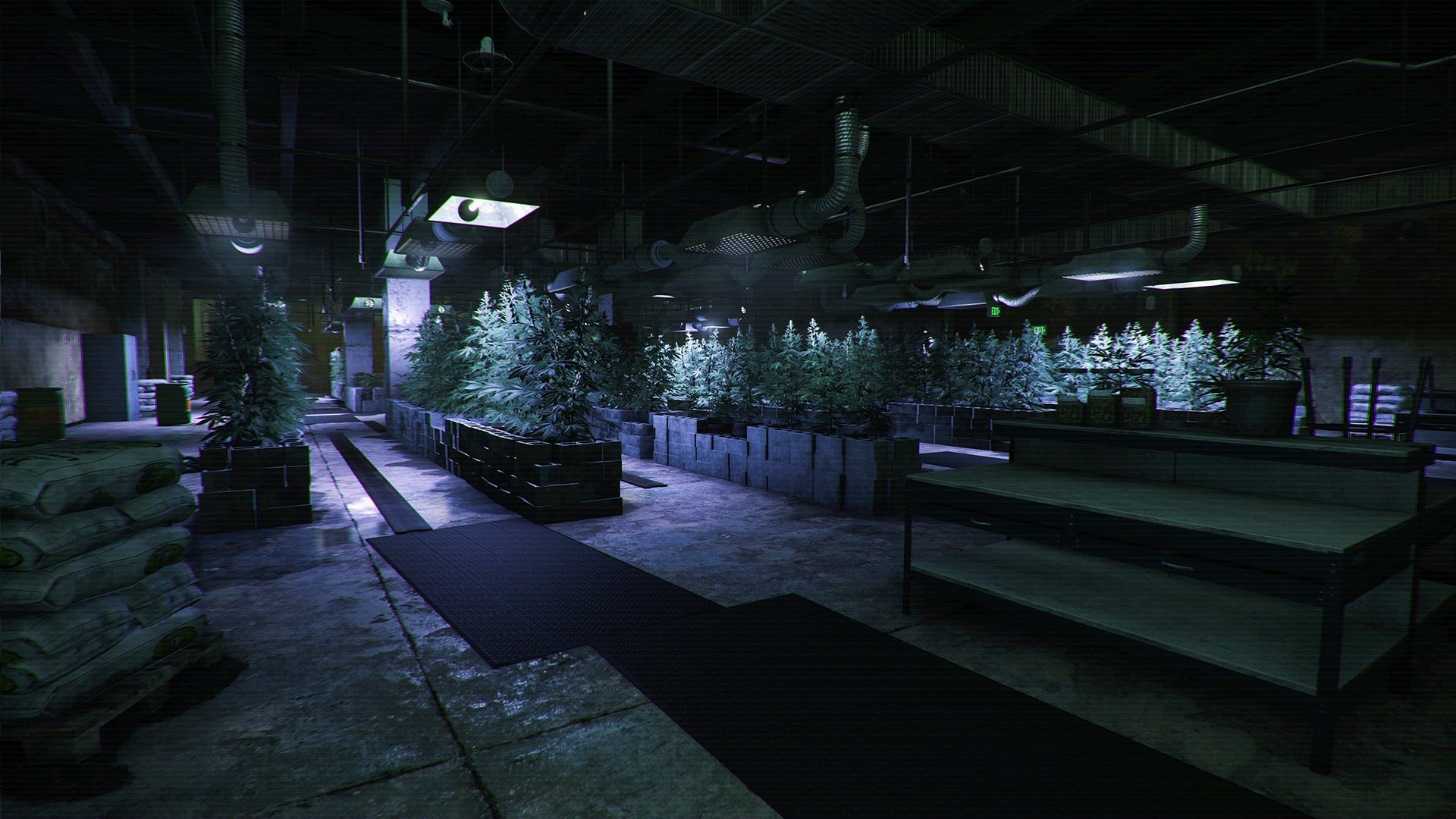
-
battlefield-hardline #56
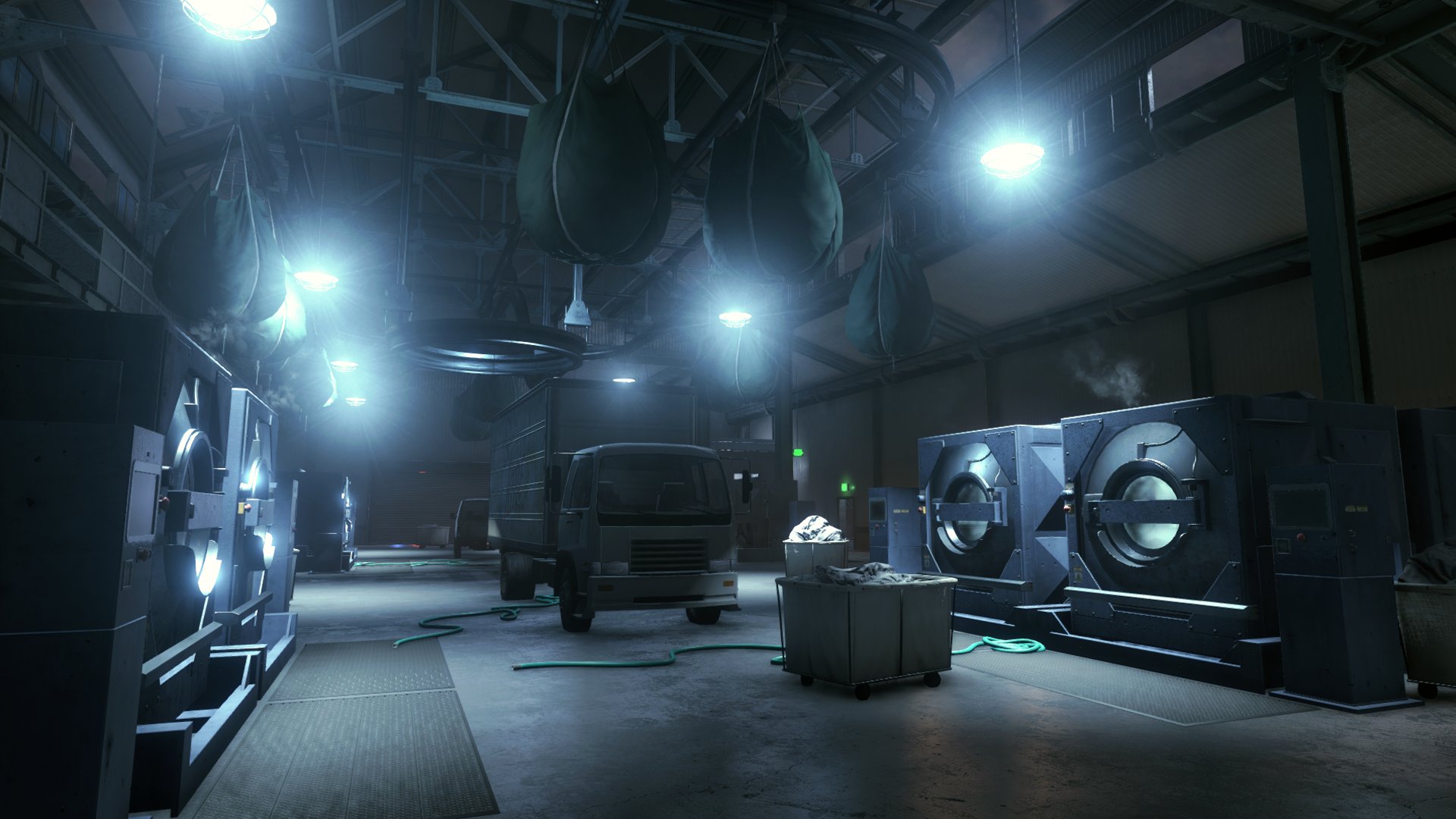
-
battlefield-hardline #57
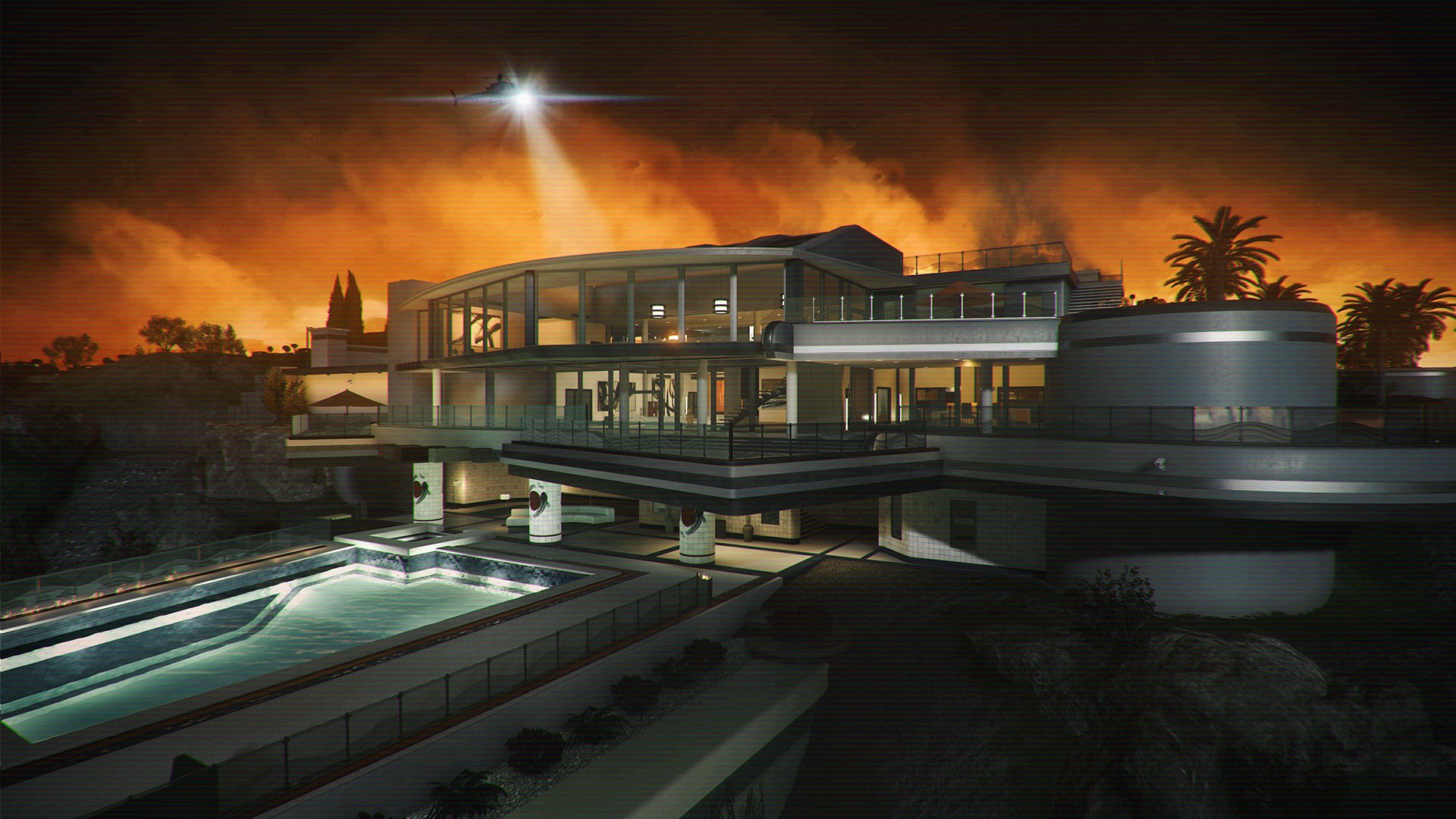
-
battlefield-hardline #58
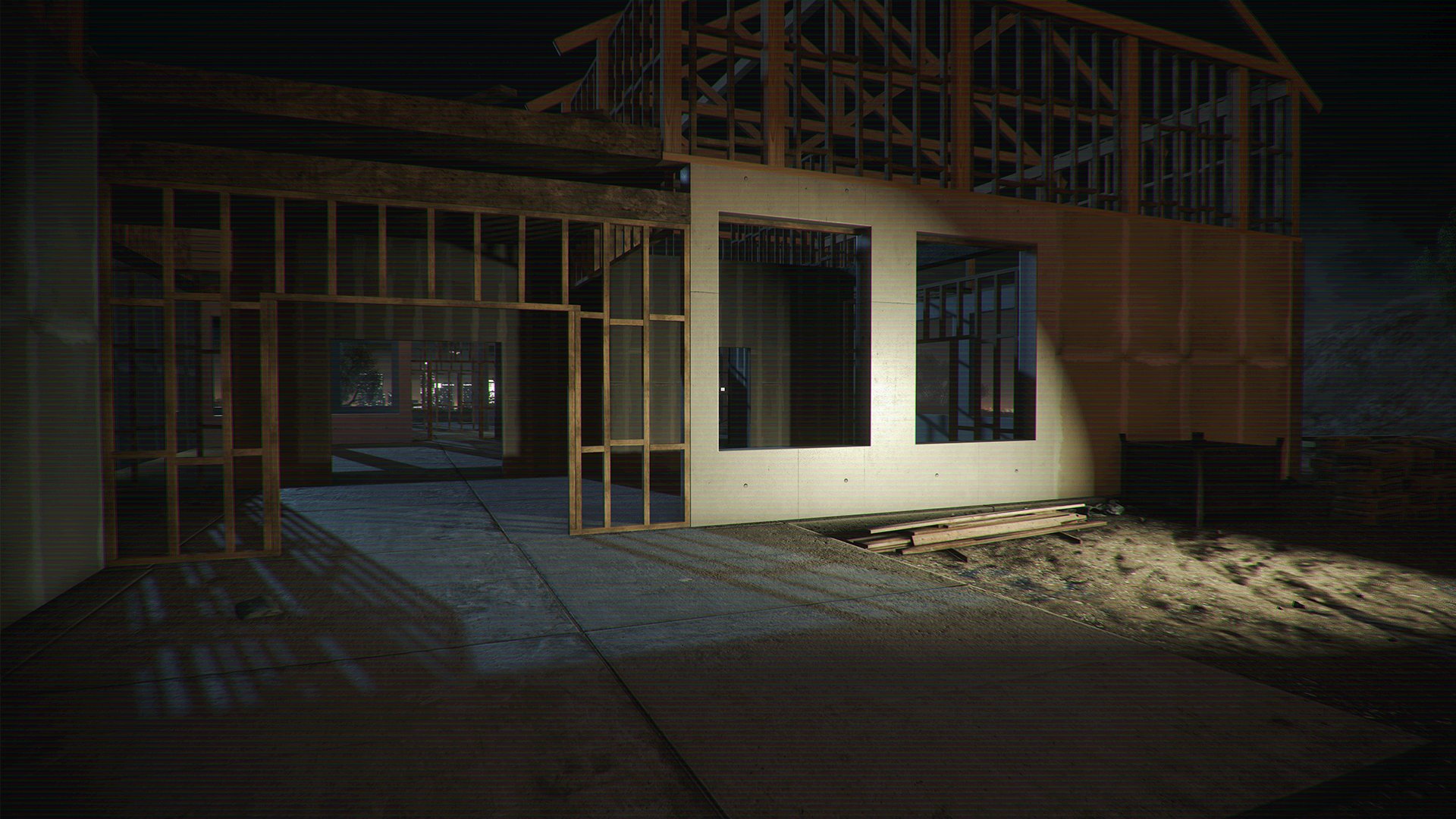
-
battlefield-hardline #59
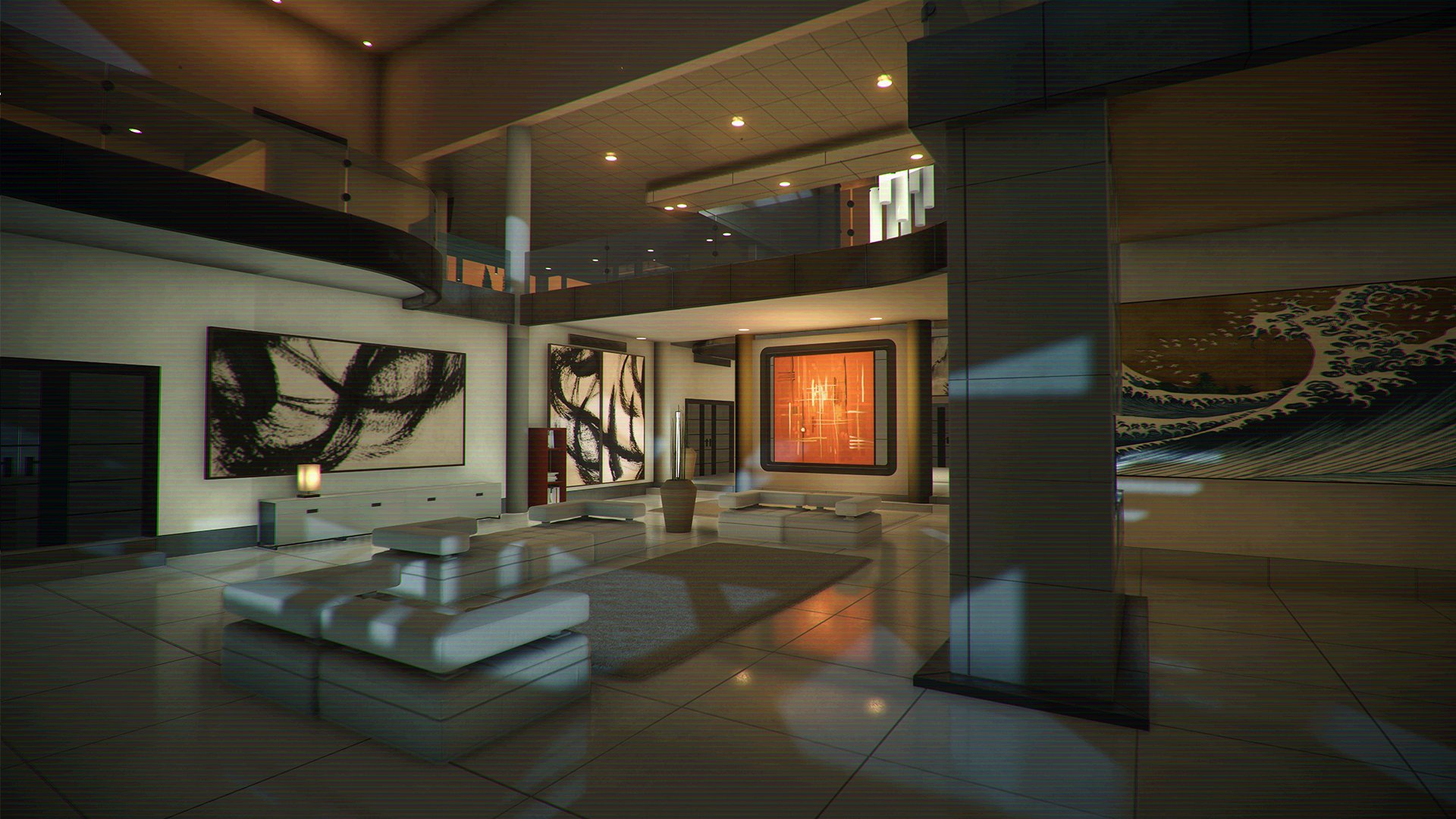
-
battlefield-hardline #60
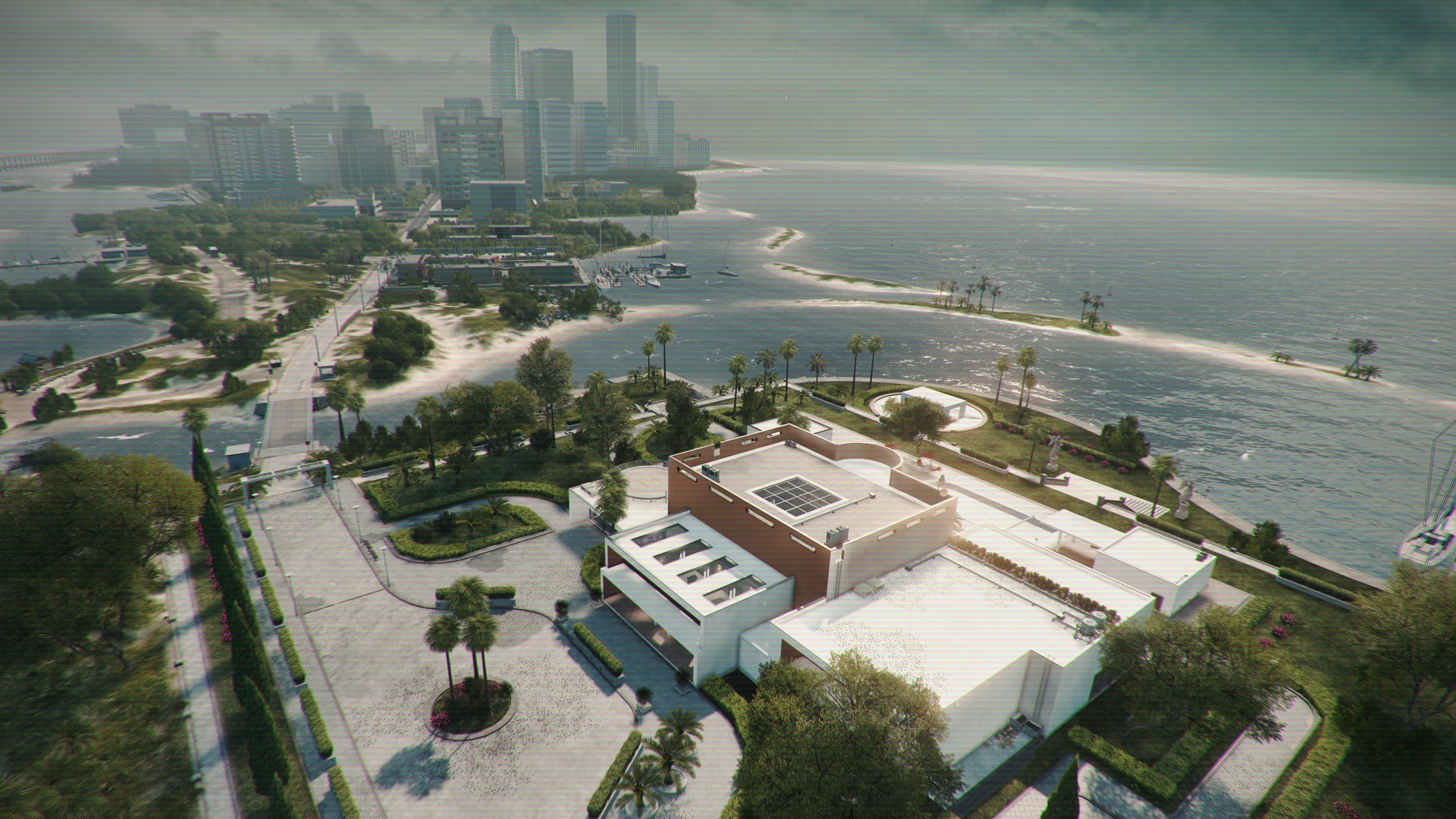
-
battlefield-hardline #61
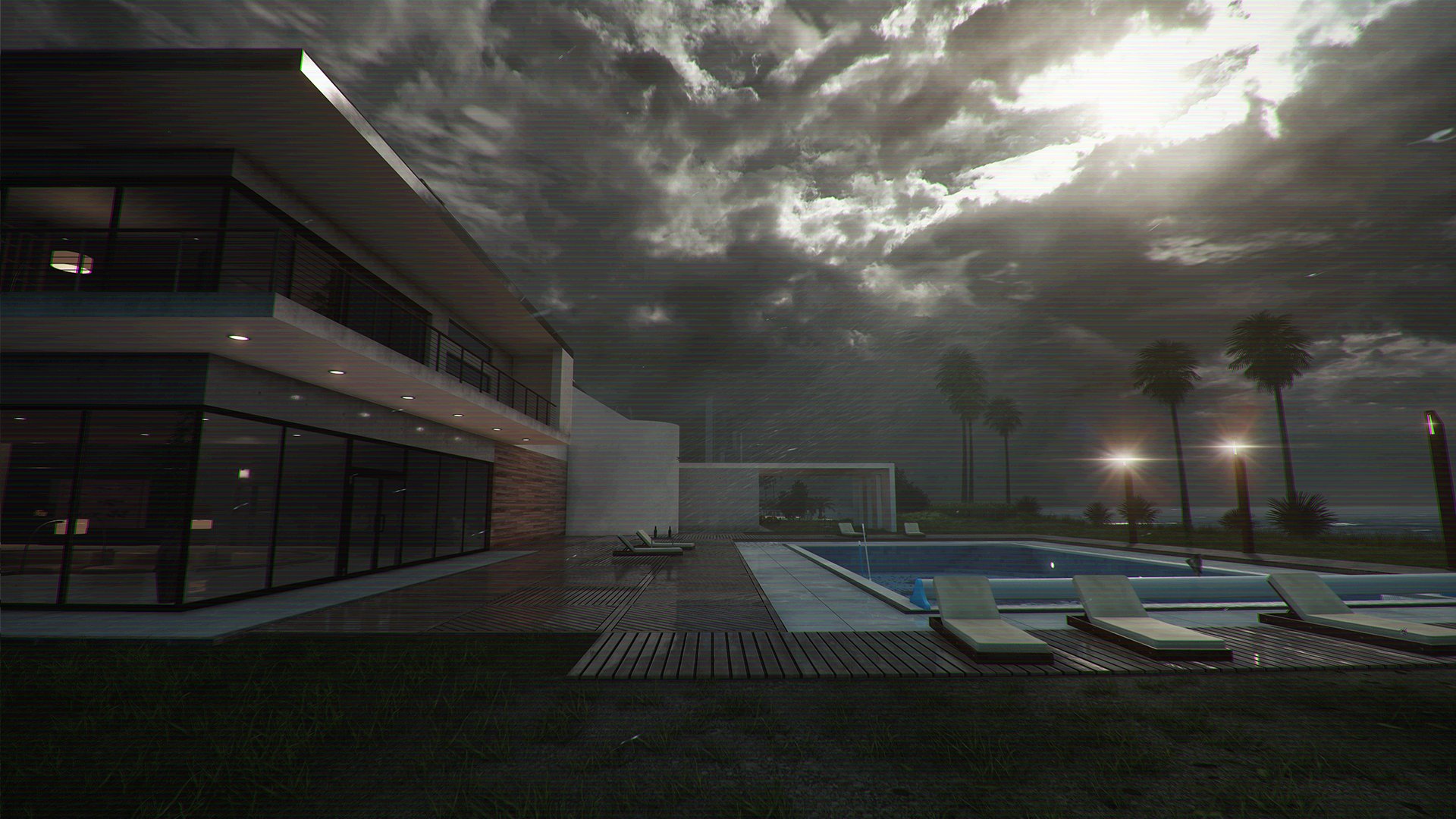
-
battlefield-hardline #62
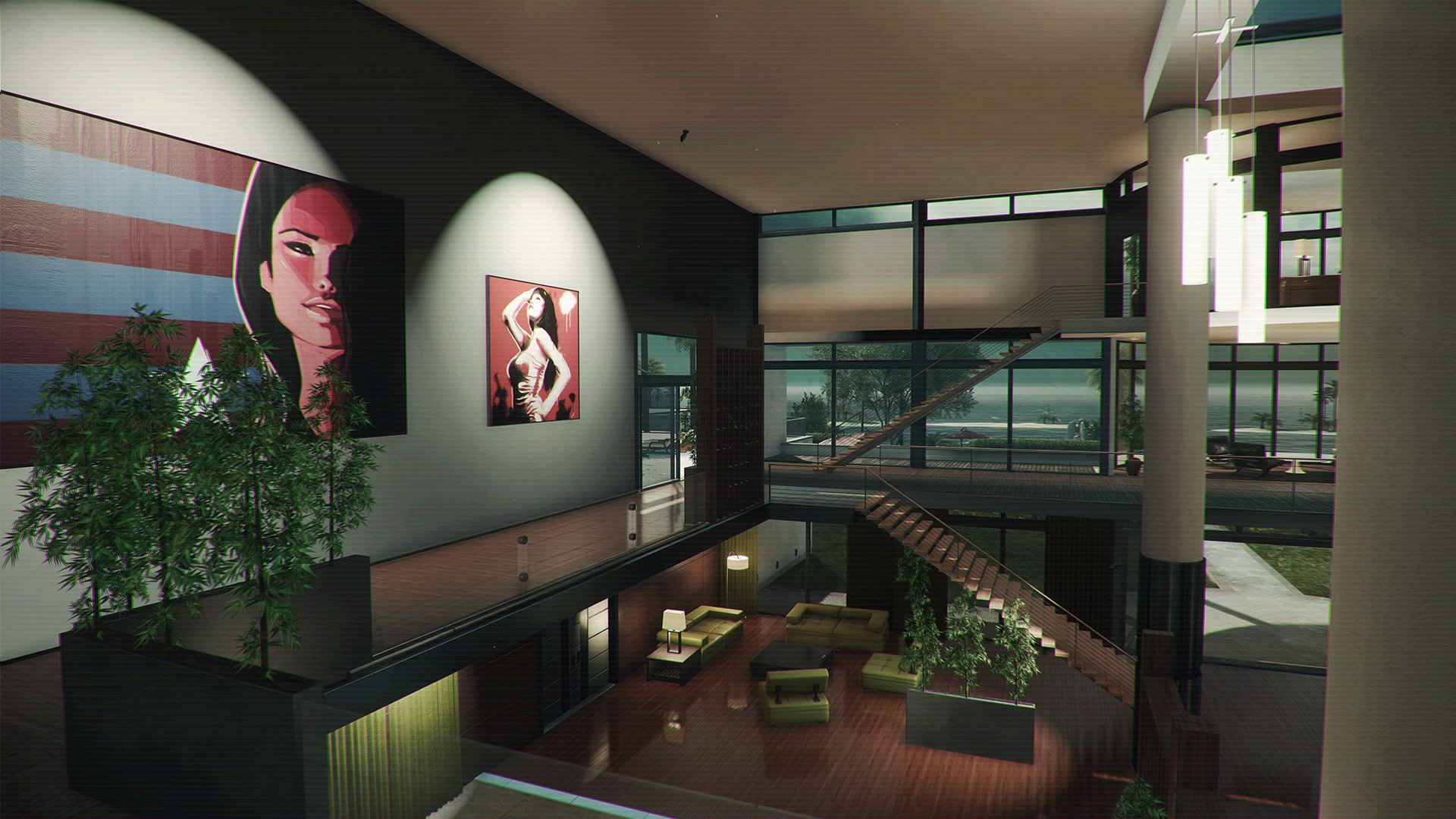
-
battlefield-hardline #63
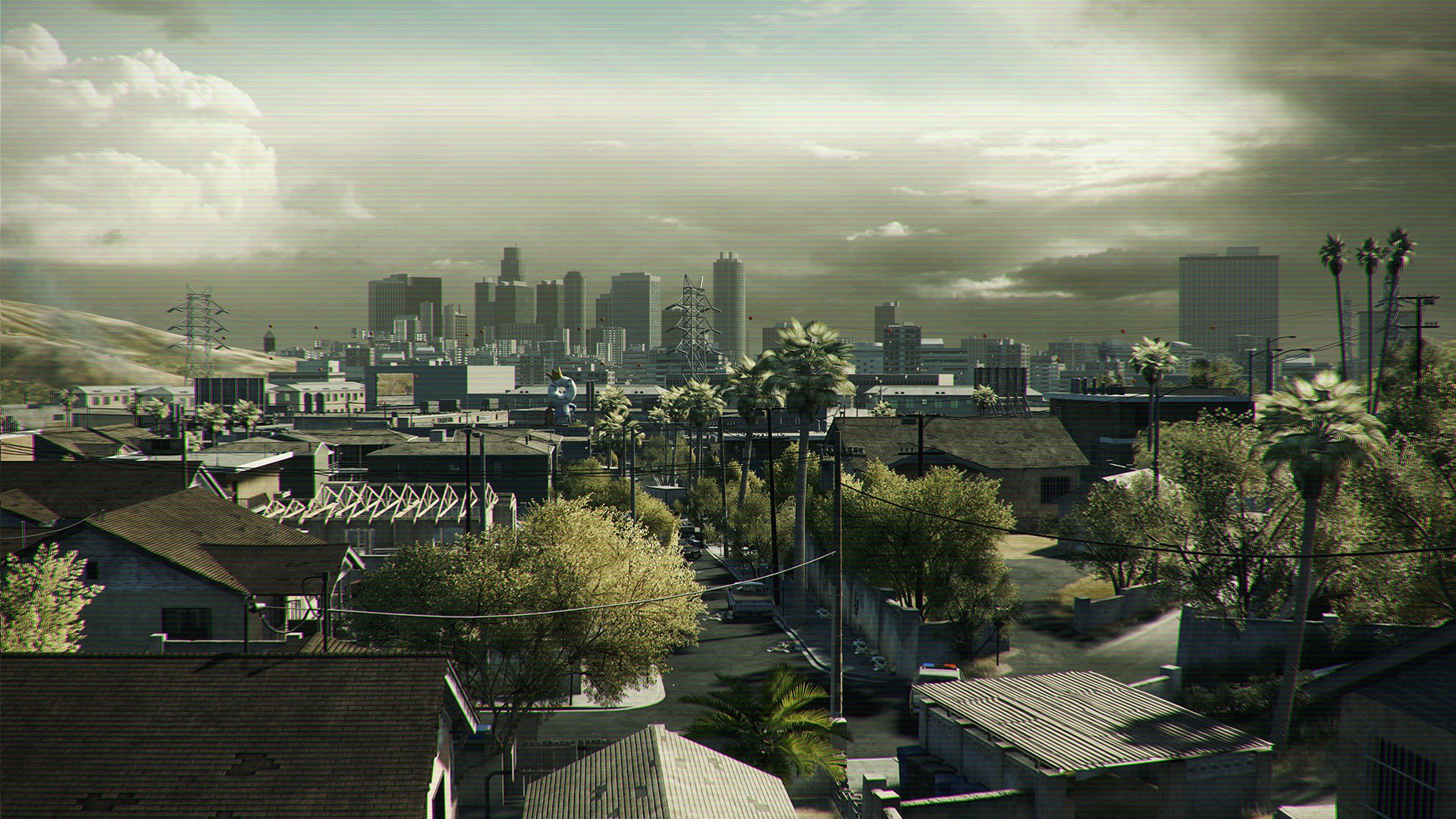
-
battlefield-hardline #64
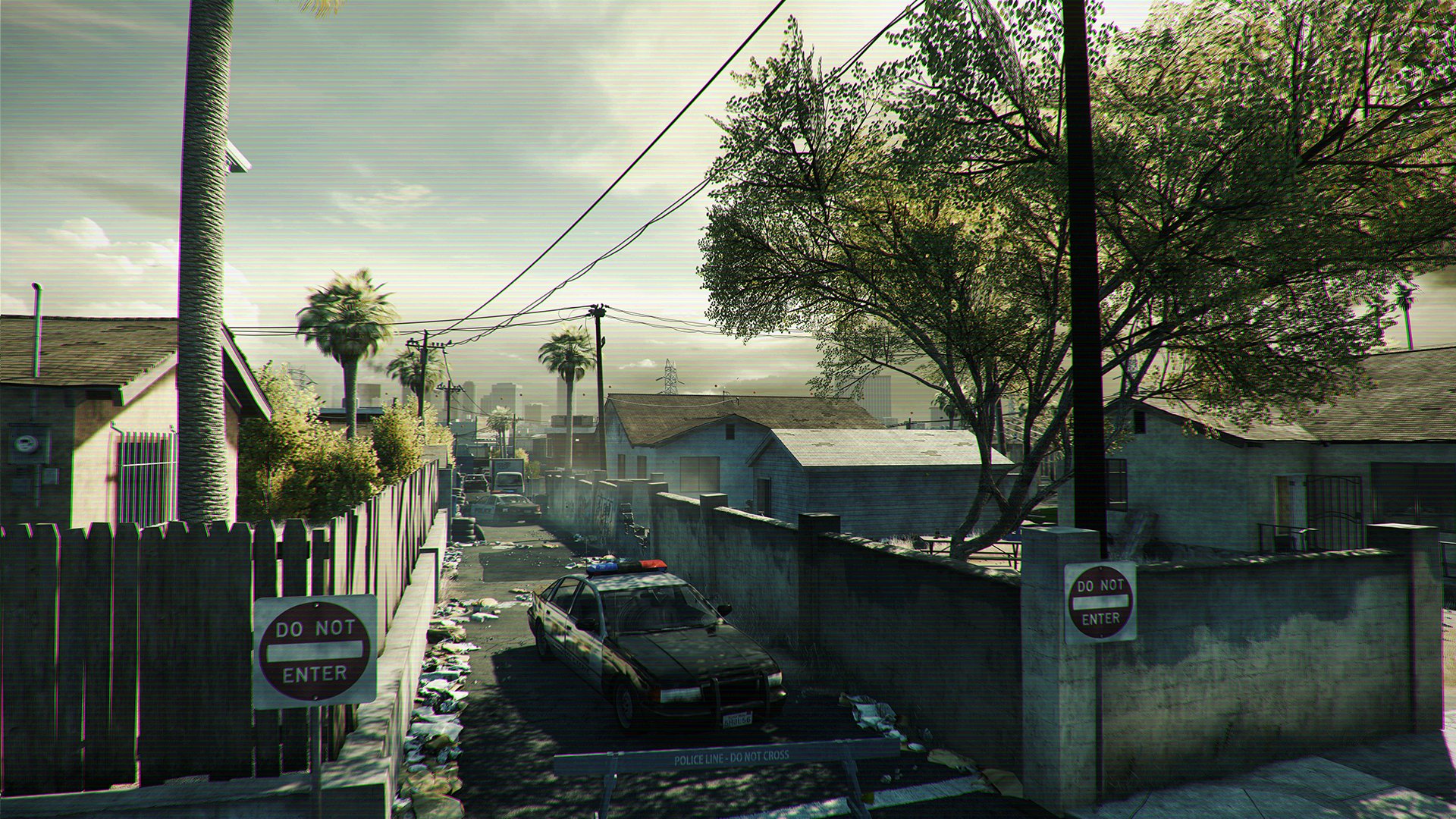
-
battlefield-hardline #65
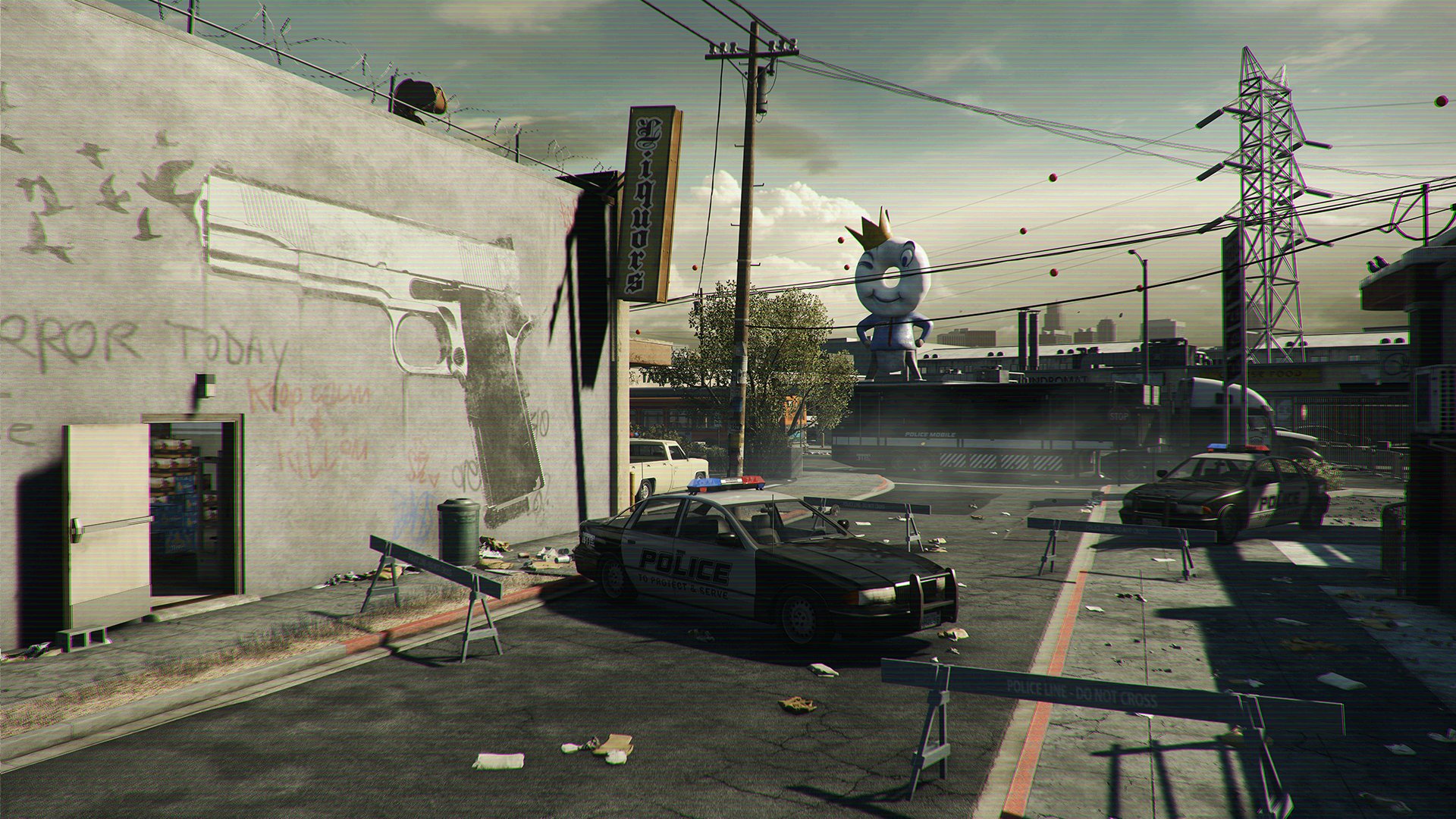
-
battlefield-hardline #66
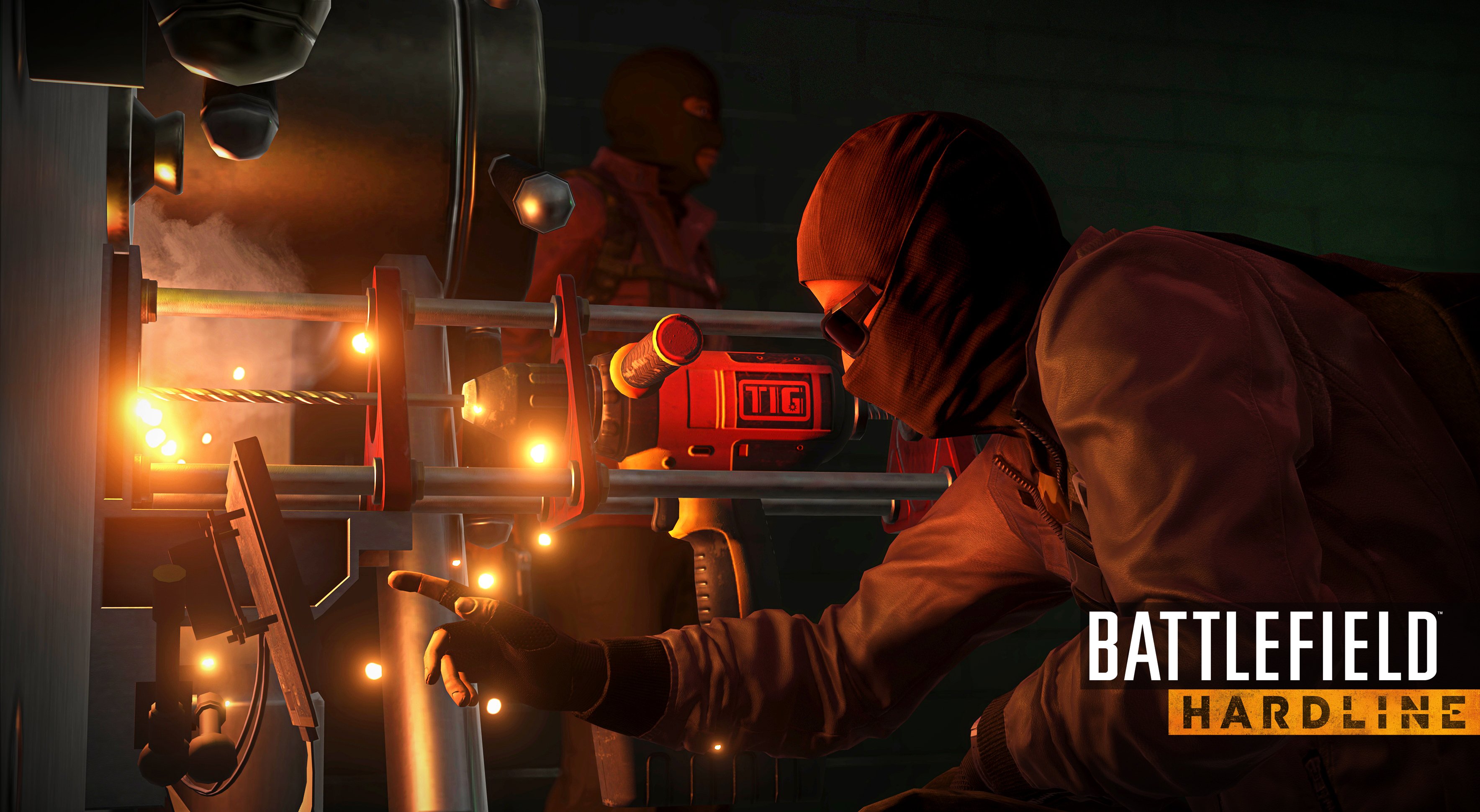
-
battlefield-hardline #67
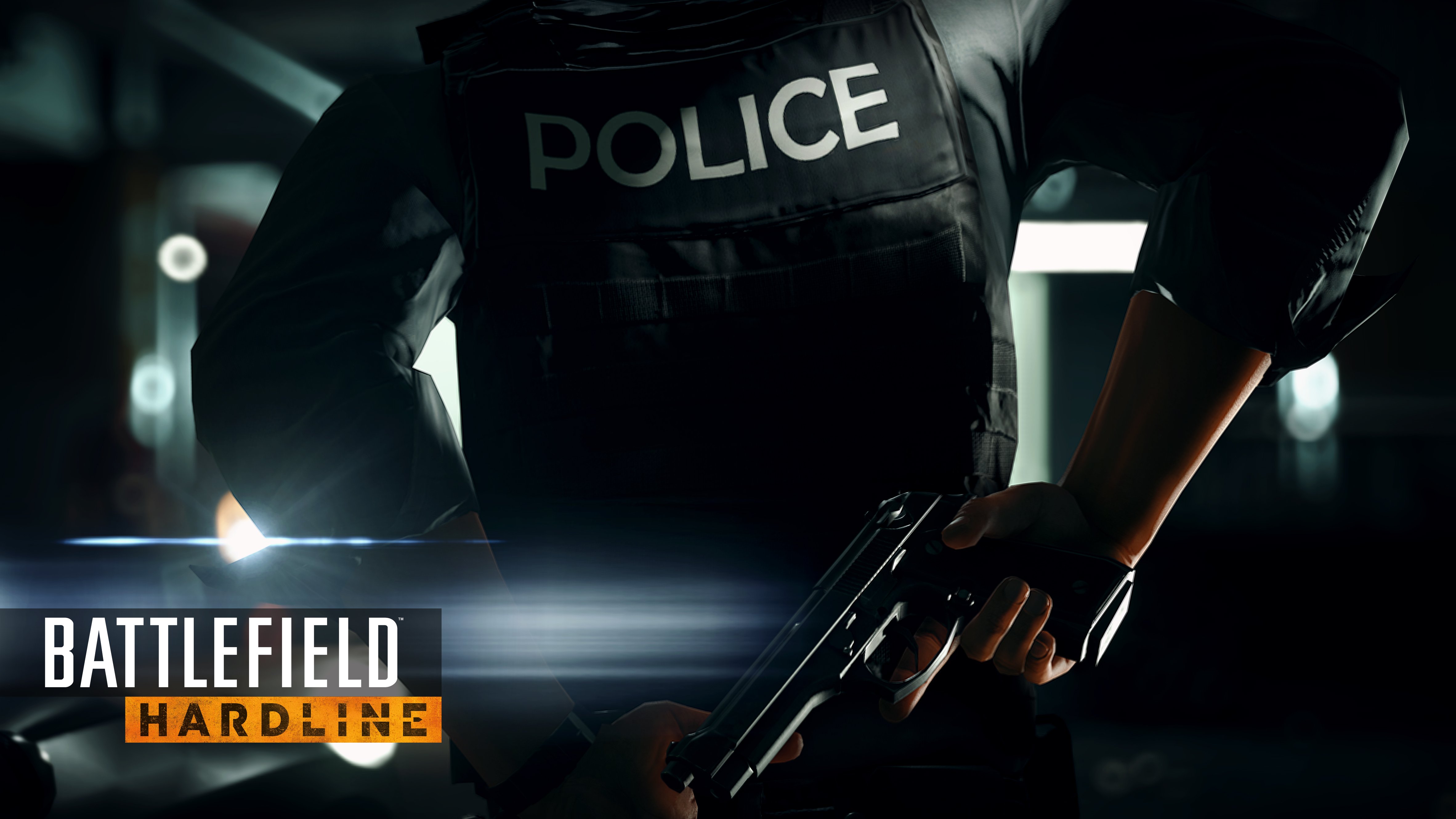
-
battlefield-hardline #68
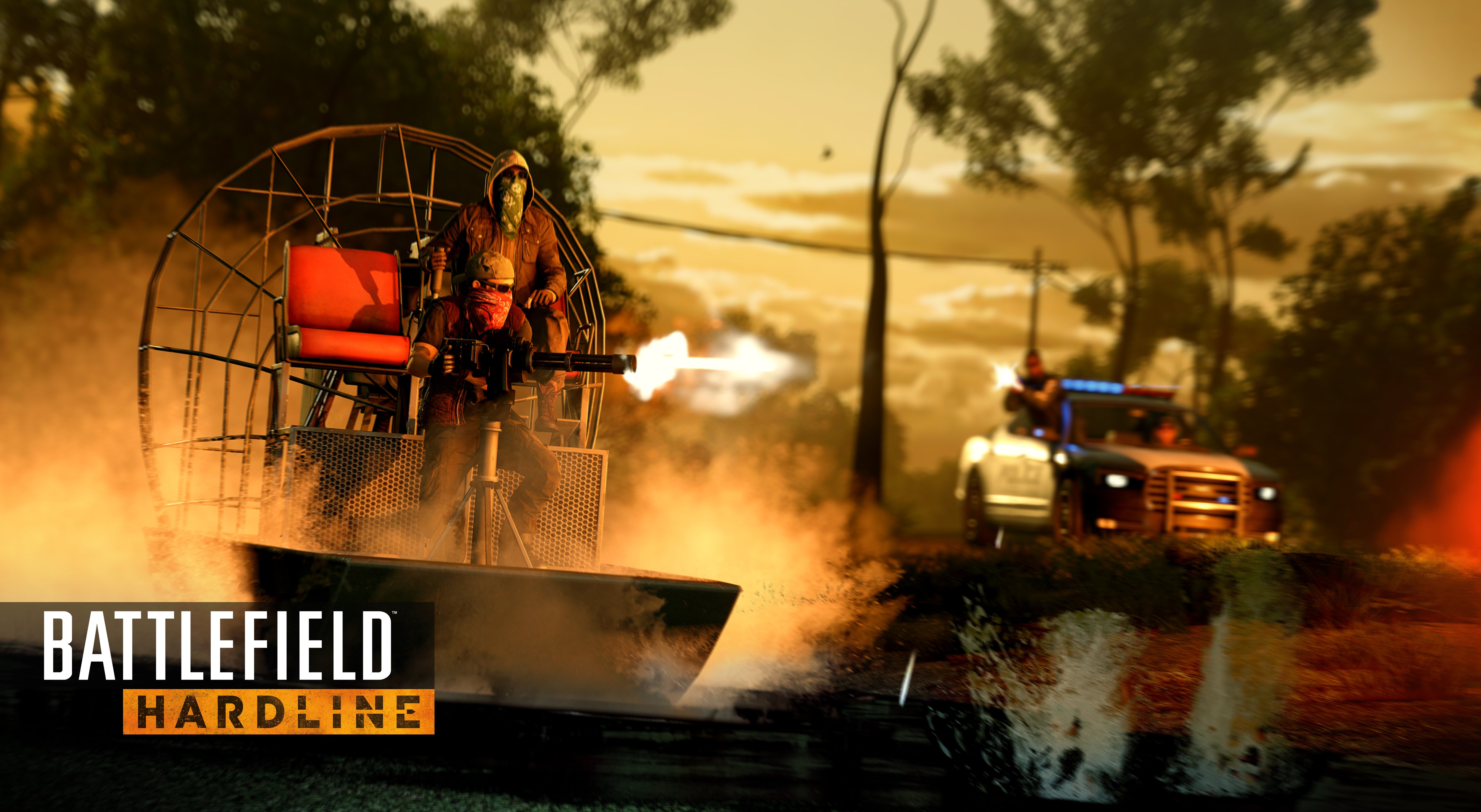
-
battlefield-hardline #69
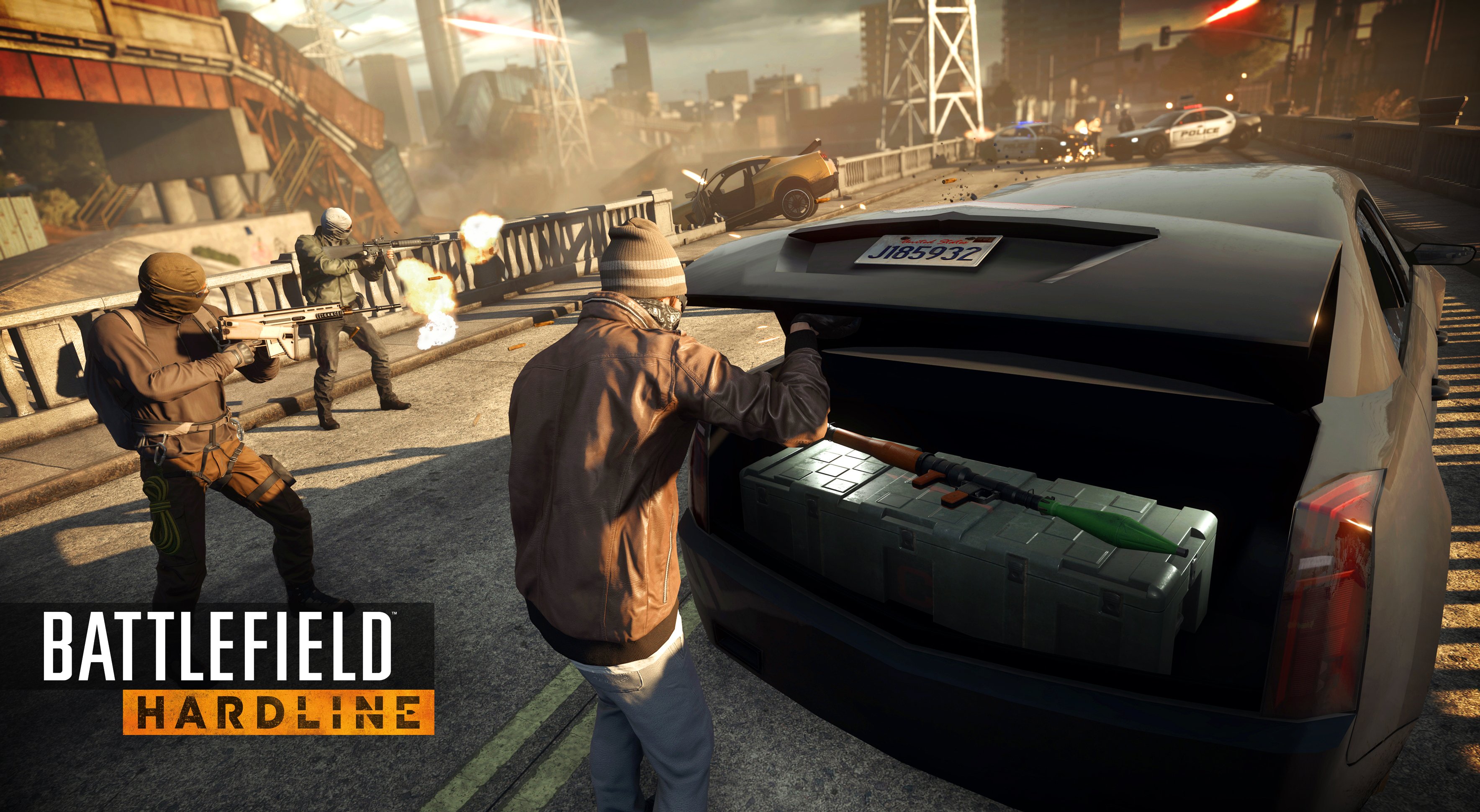
-
battlefield-hardline #70
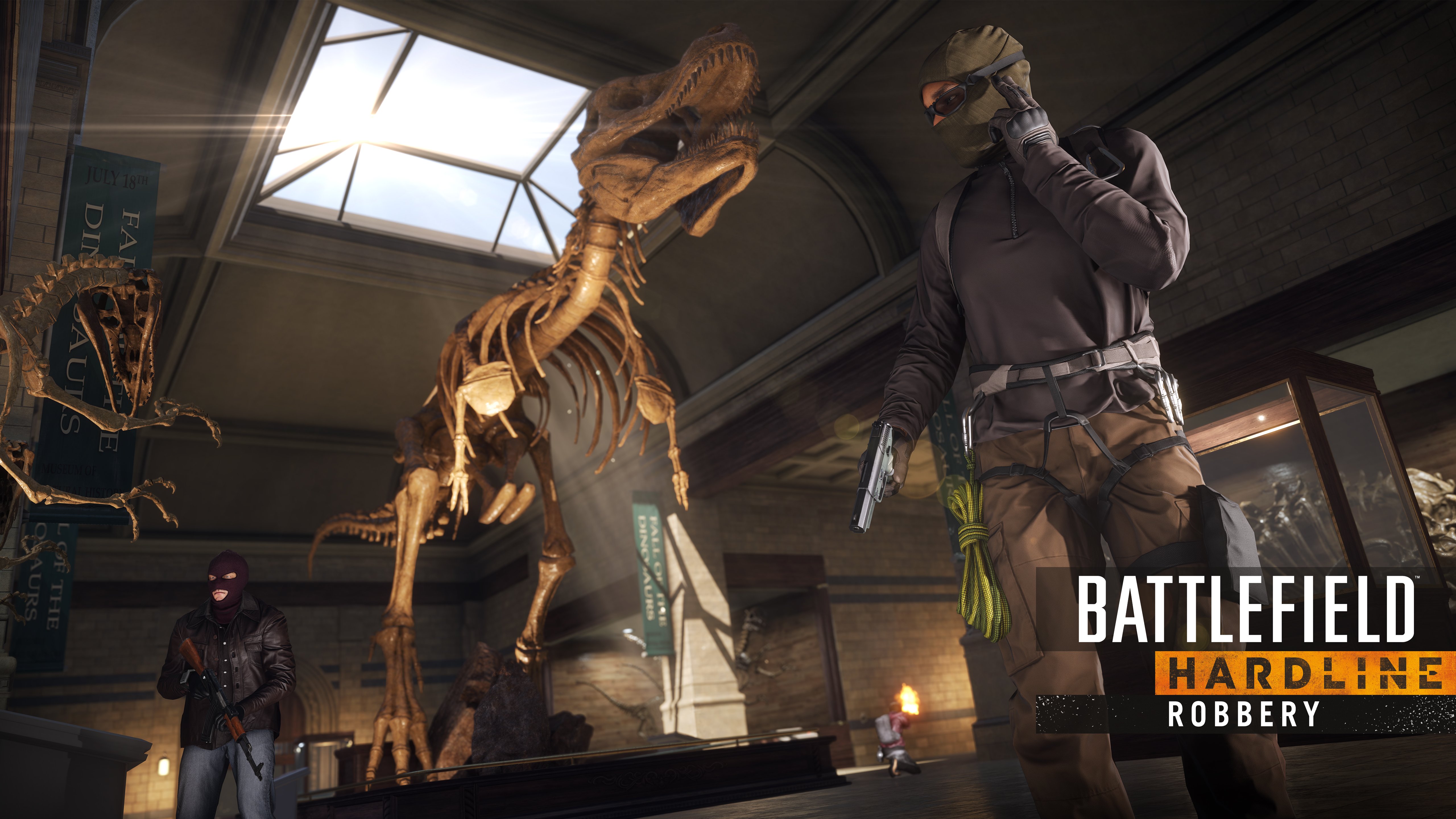
-
battlefield-hardline #71
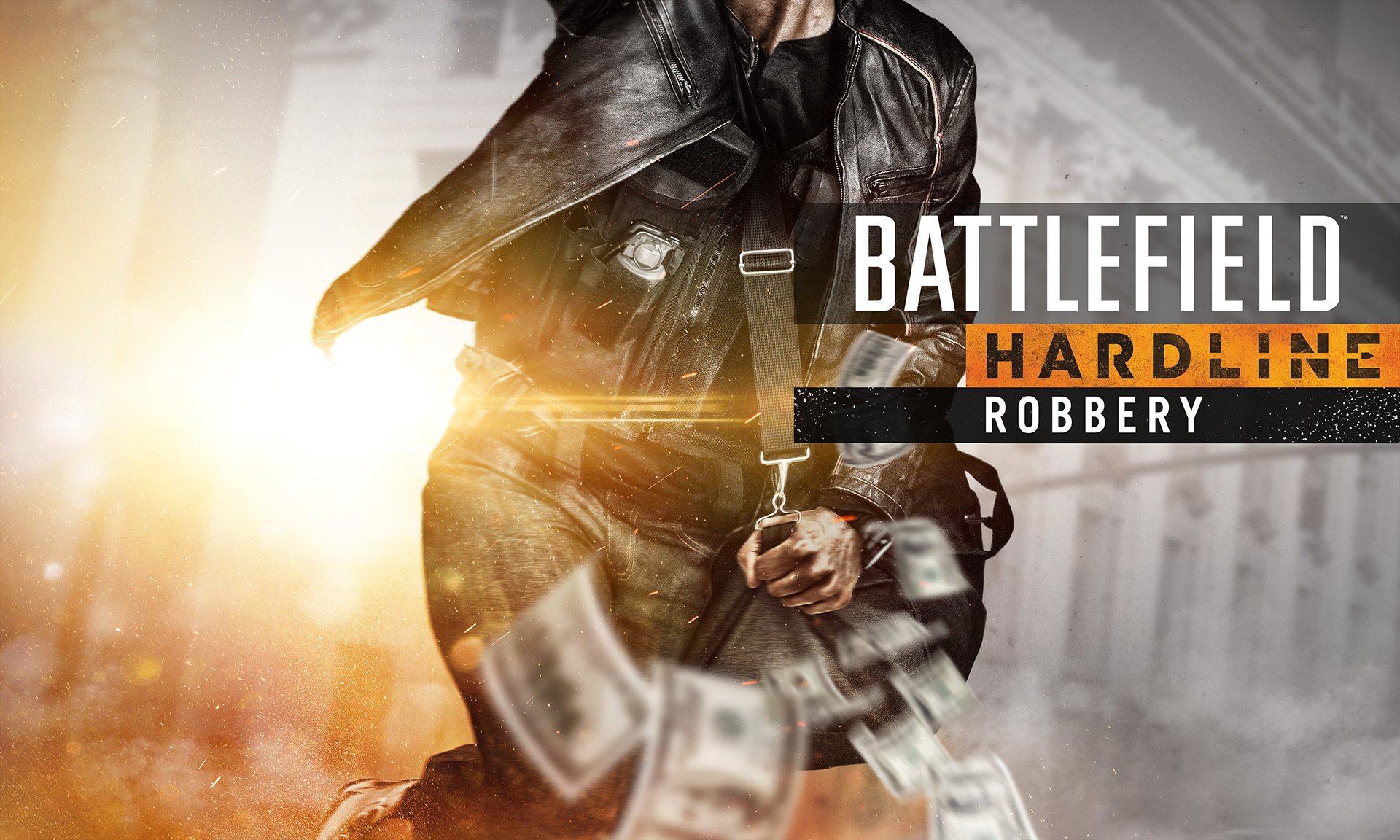
Battlefield Hardline
-
Battlefield Hardline #1
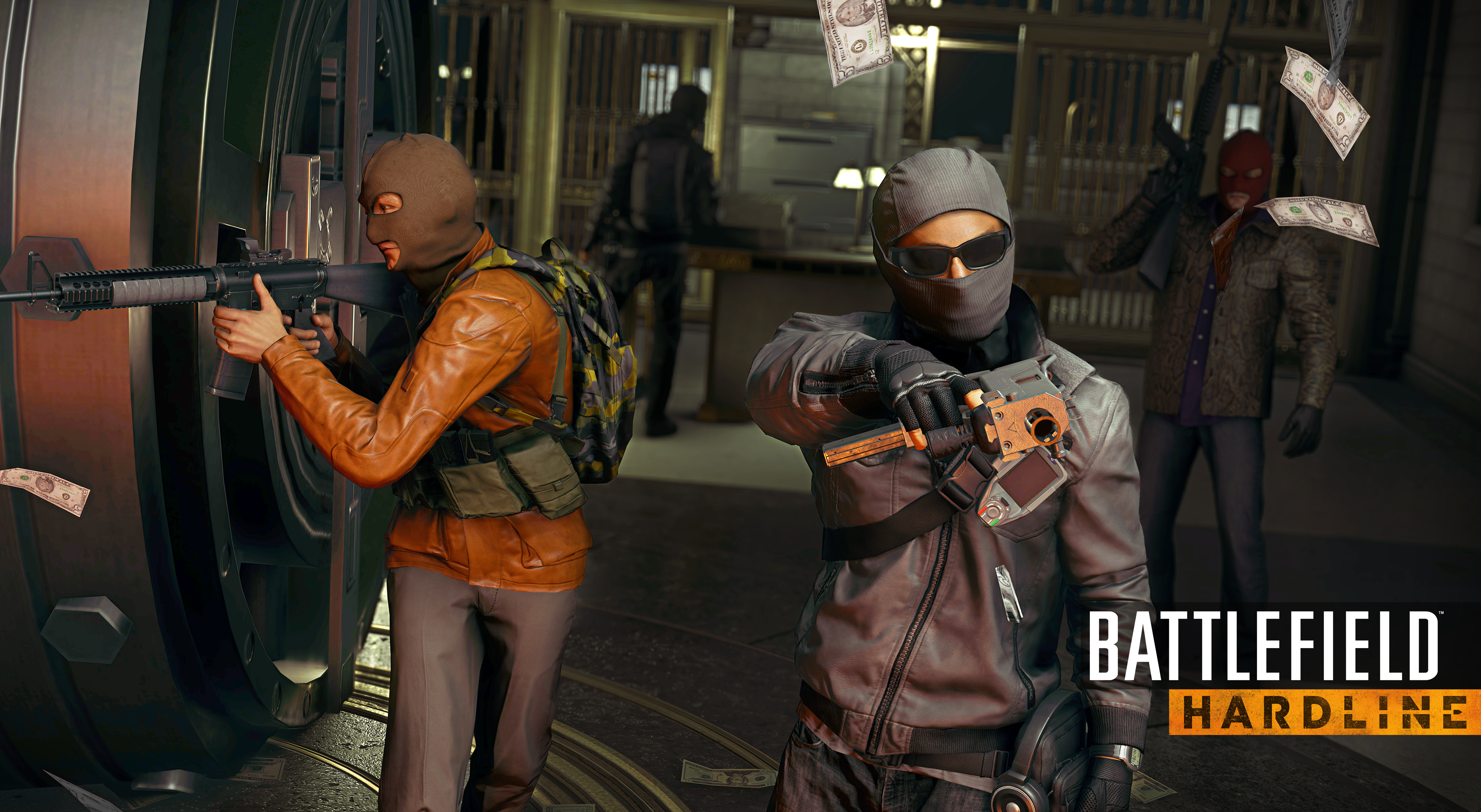 [Click for full-size image]
[Click for full-size image] -
Battlefield Hardline #2
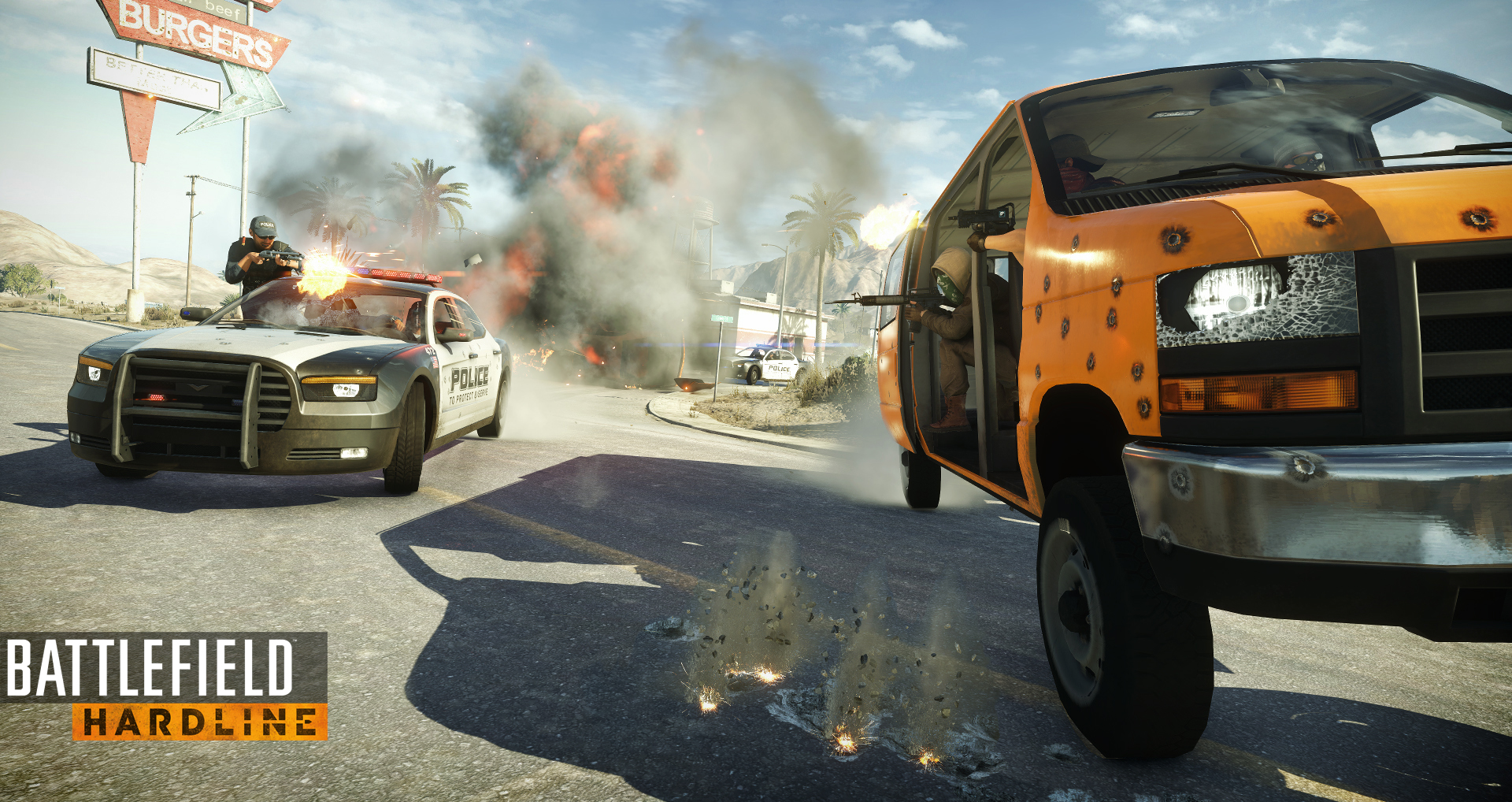 [Click for full-size image]
[Click for full-size image] -
Battlefield Hardline #3
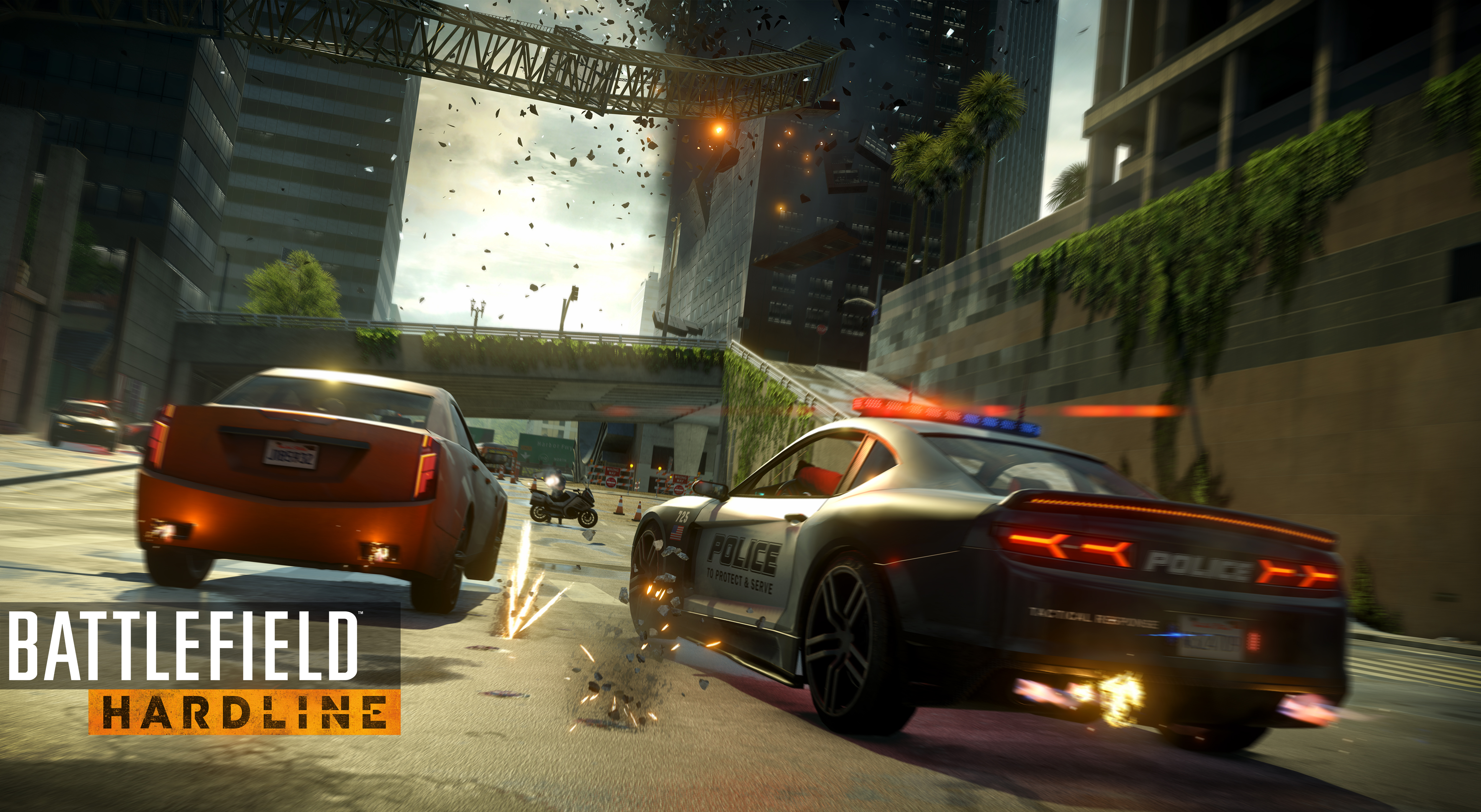 [Click for full-size image]
[Click for full-size image] -
Battlefield Hardline #4
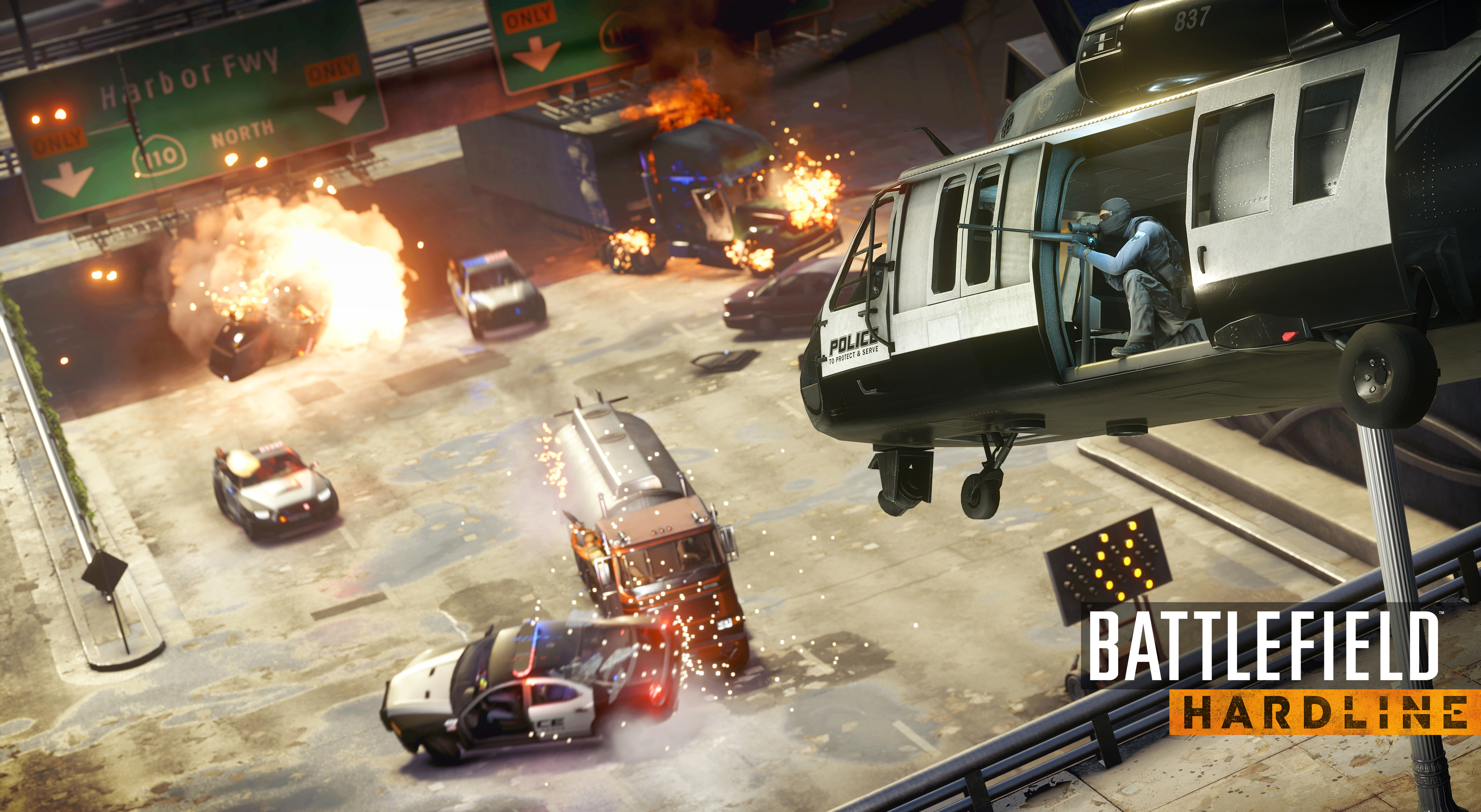 [Click for full-size image]
[Click for full-size image] -
Battlefield Hardline #5
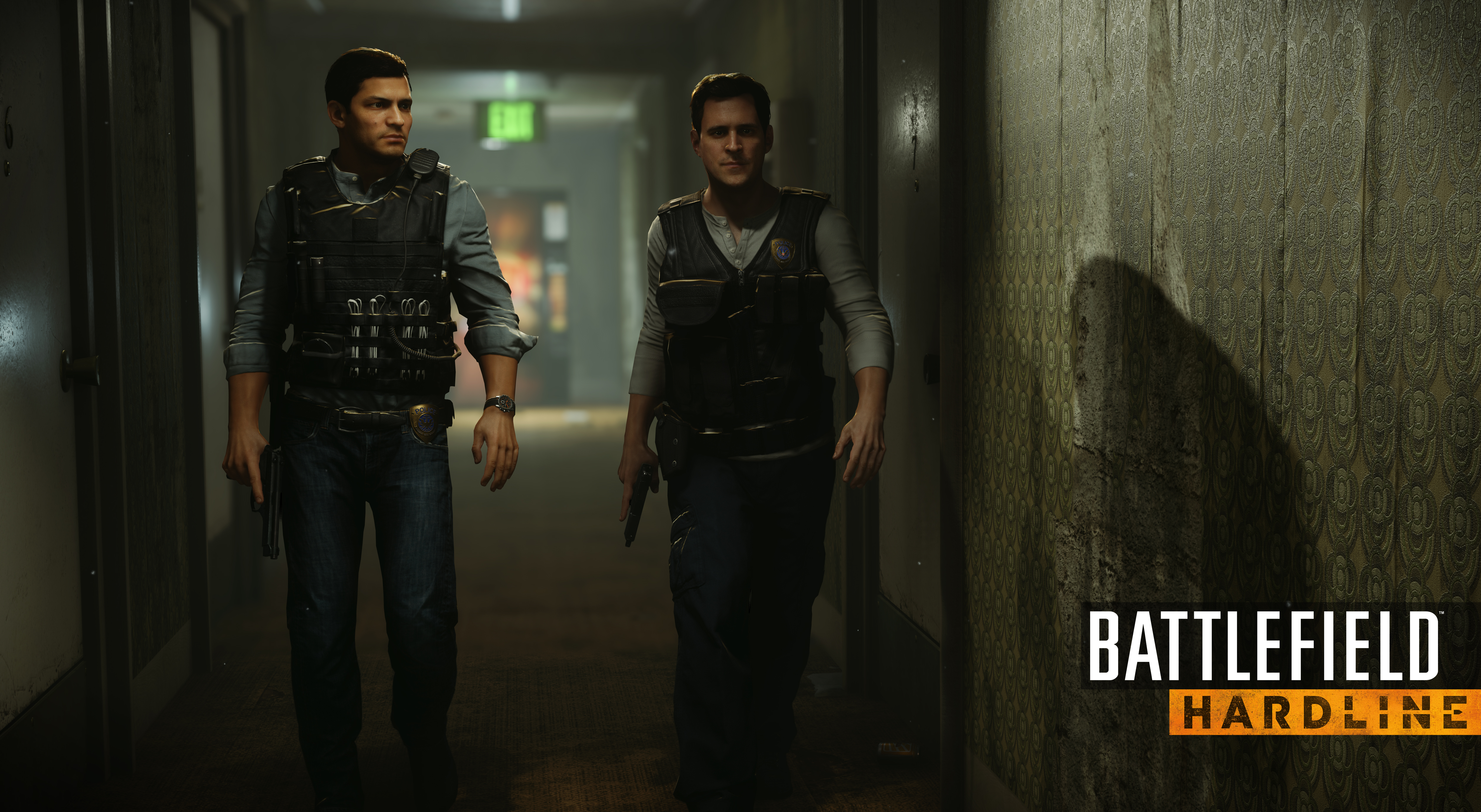 [Click for full-size image]
[Click for full-size image] -
Battlefield Hardline #6
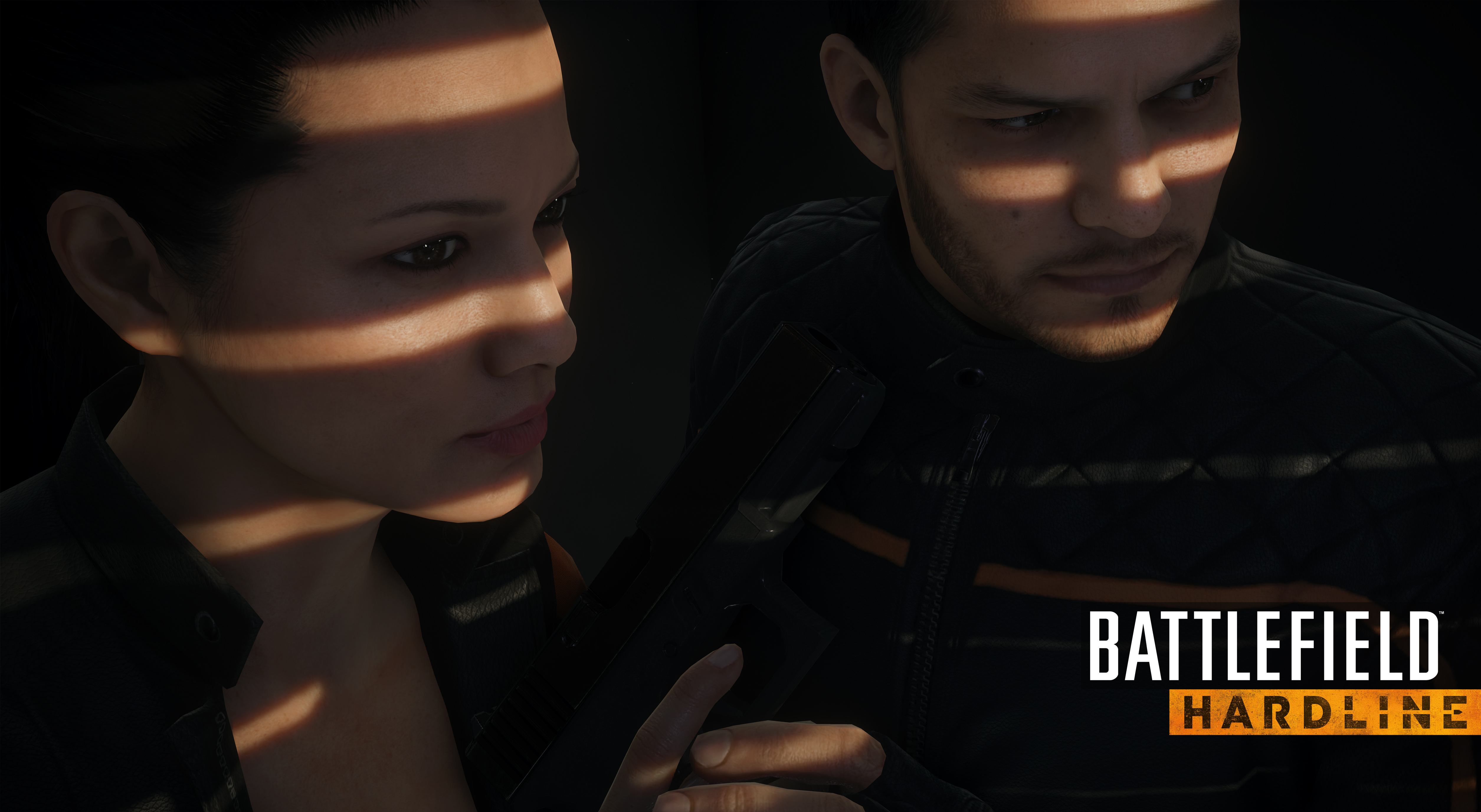 [Click for full-size image]
[Click for full-size image]
